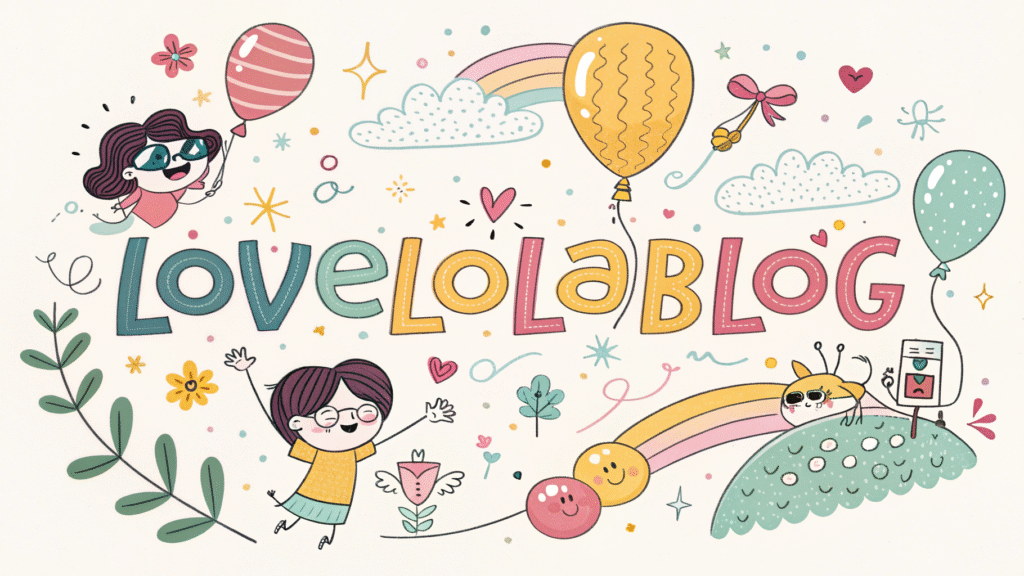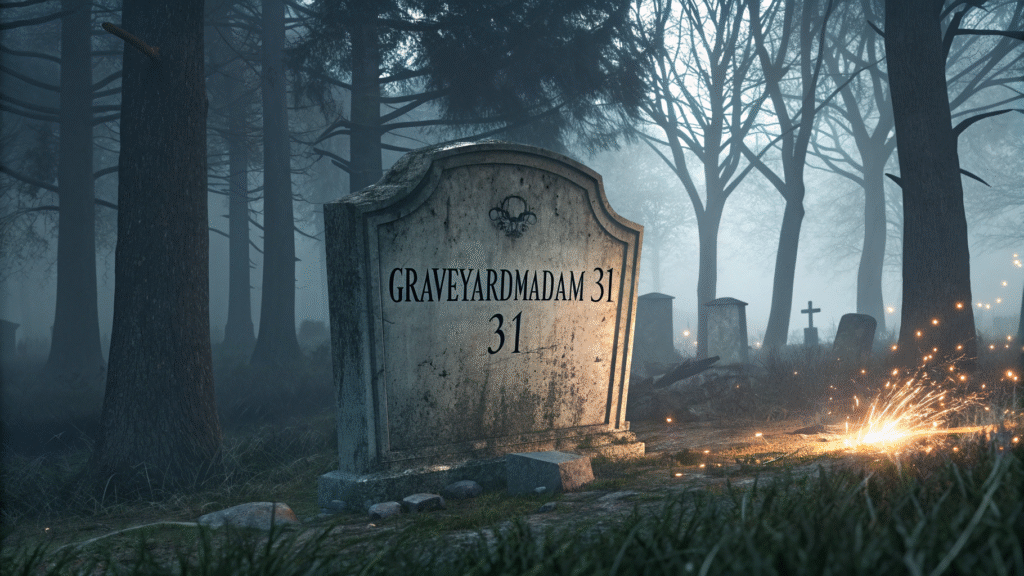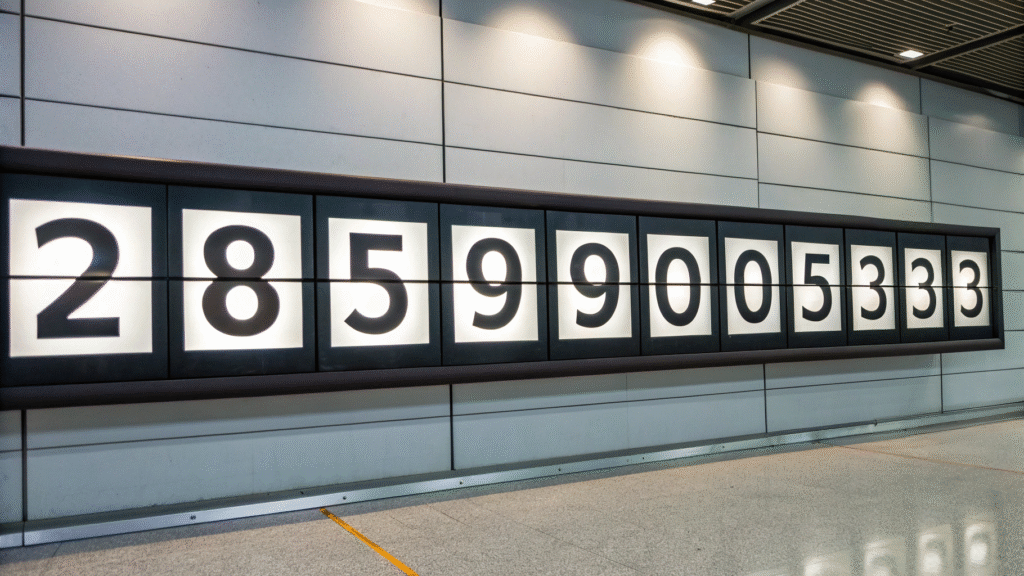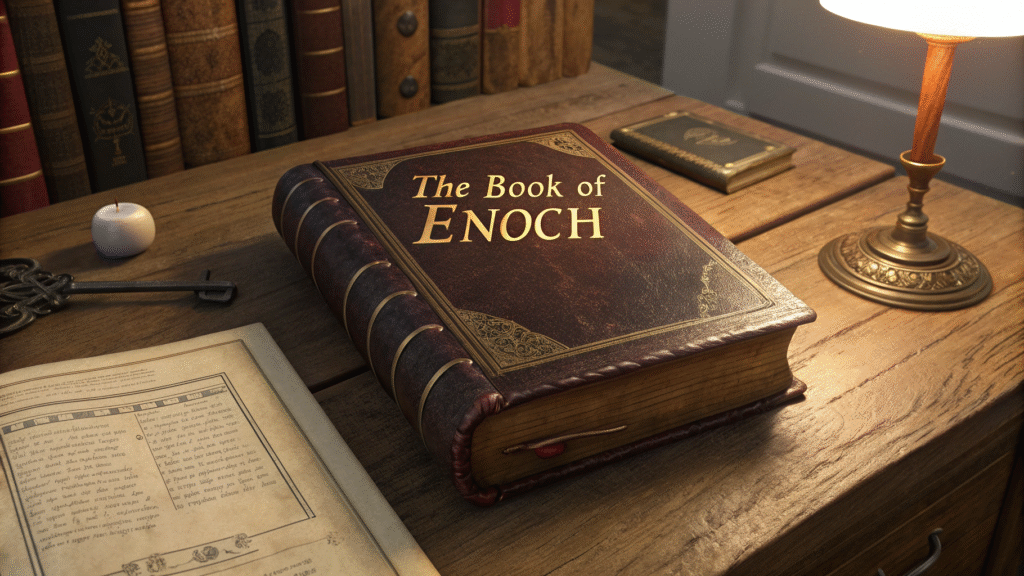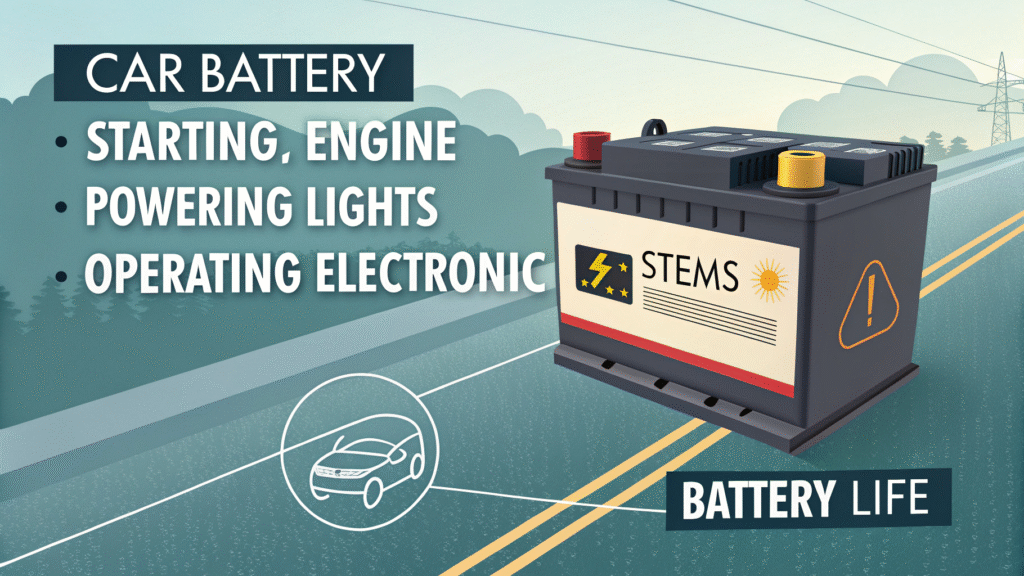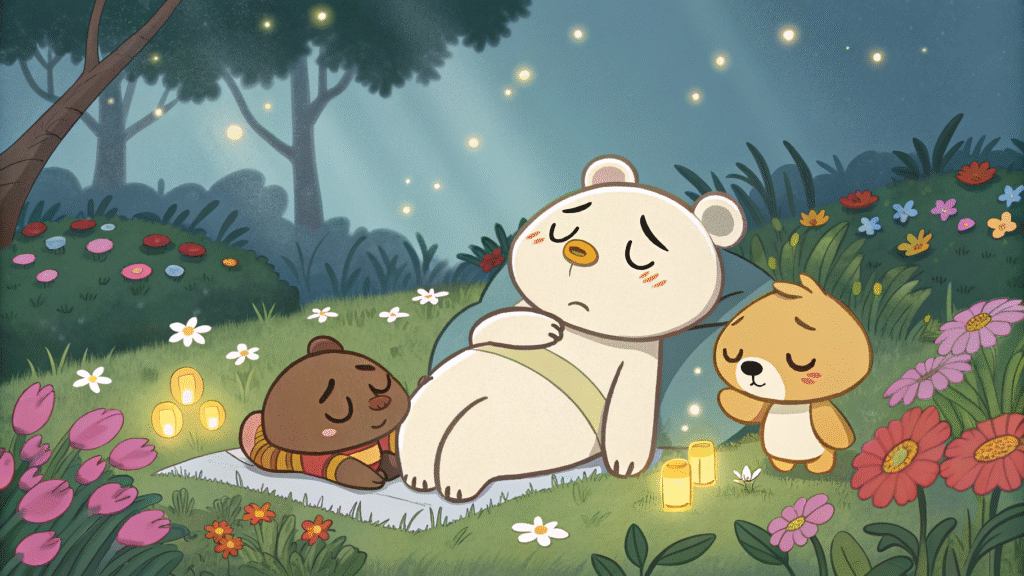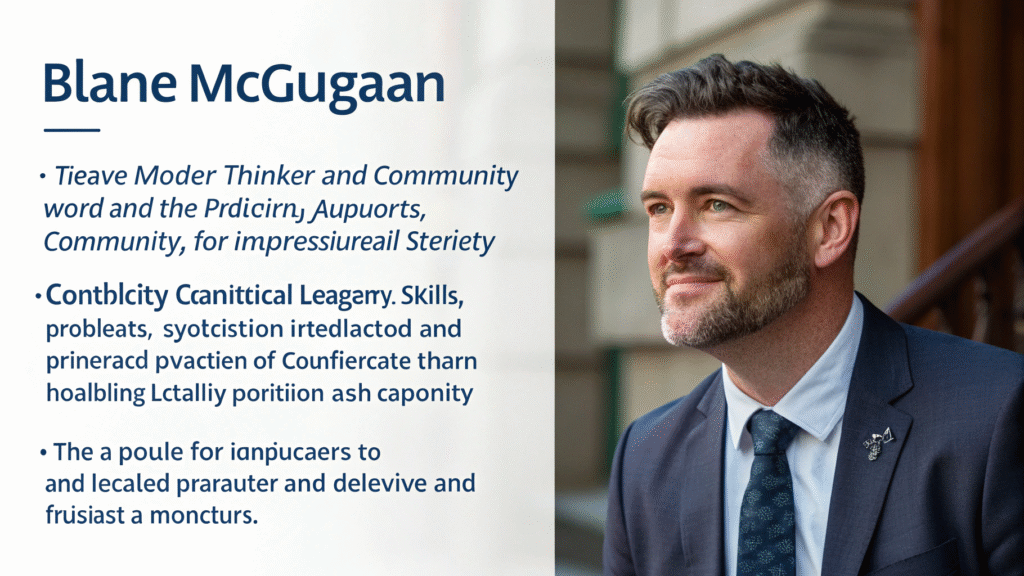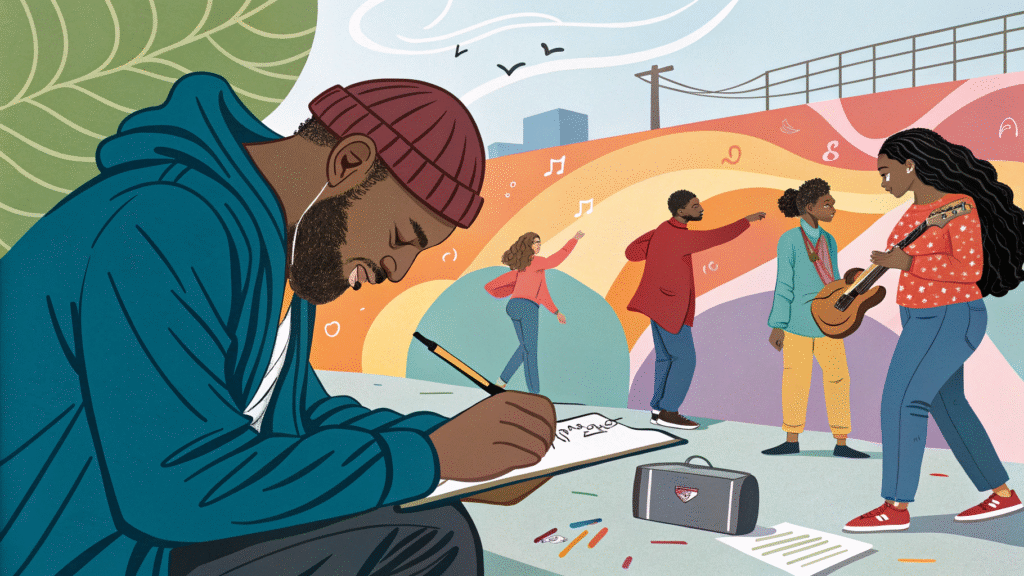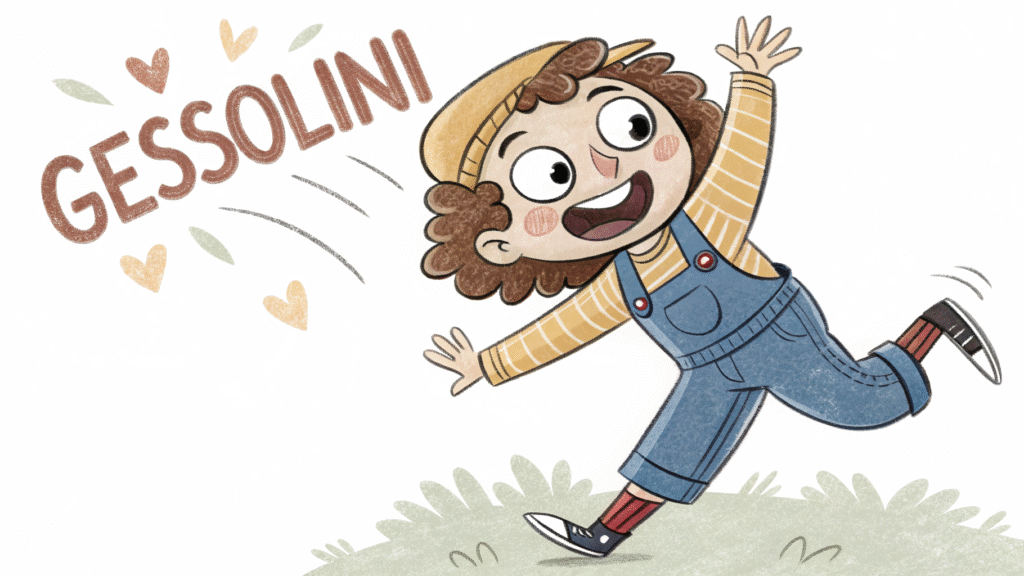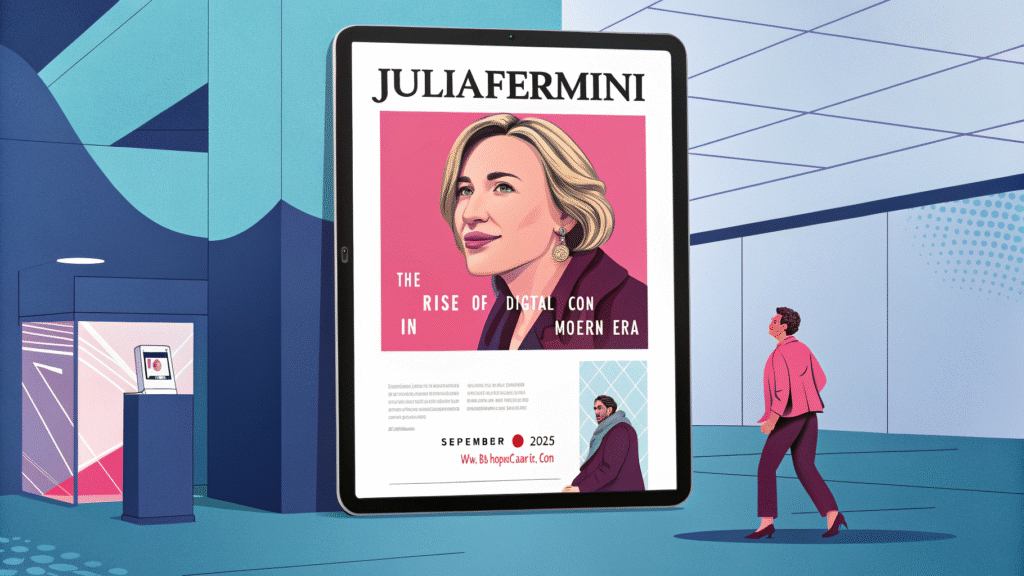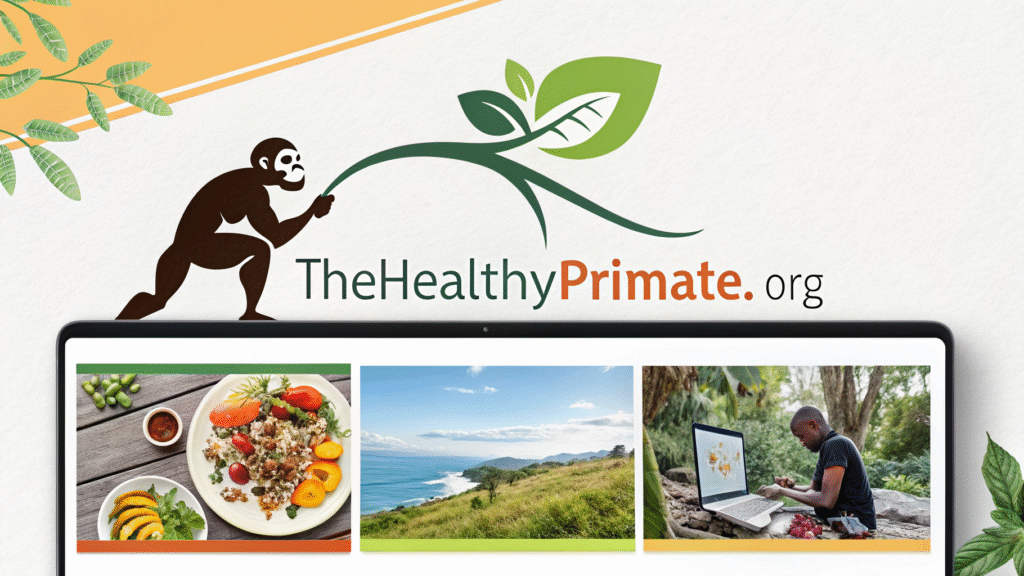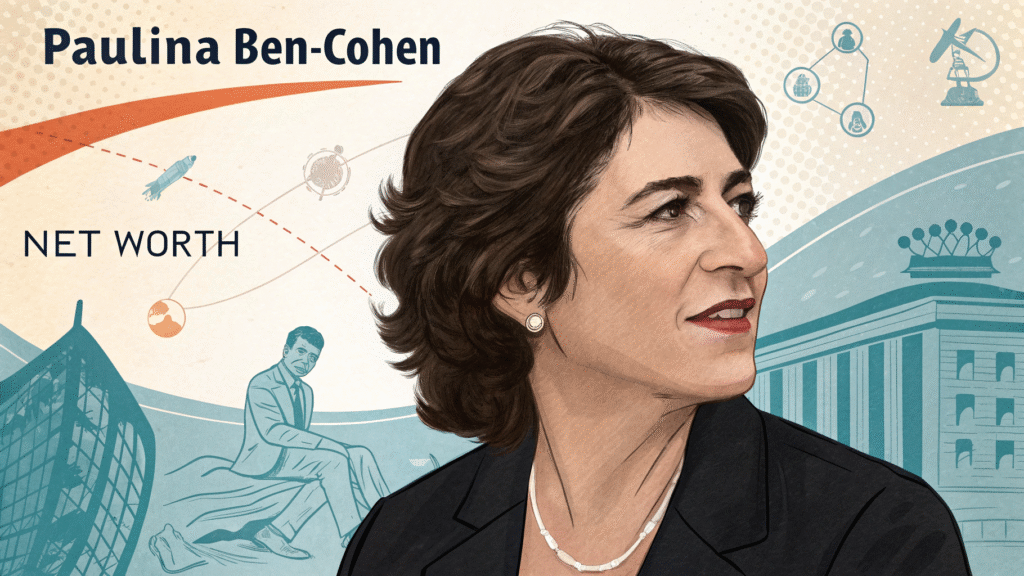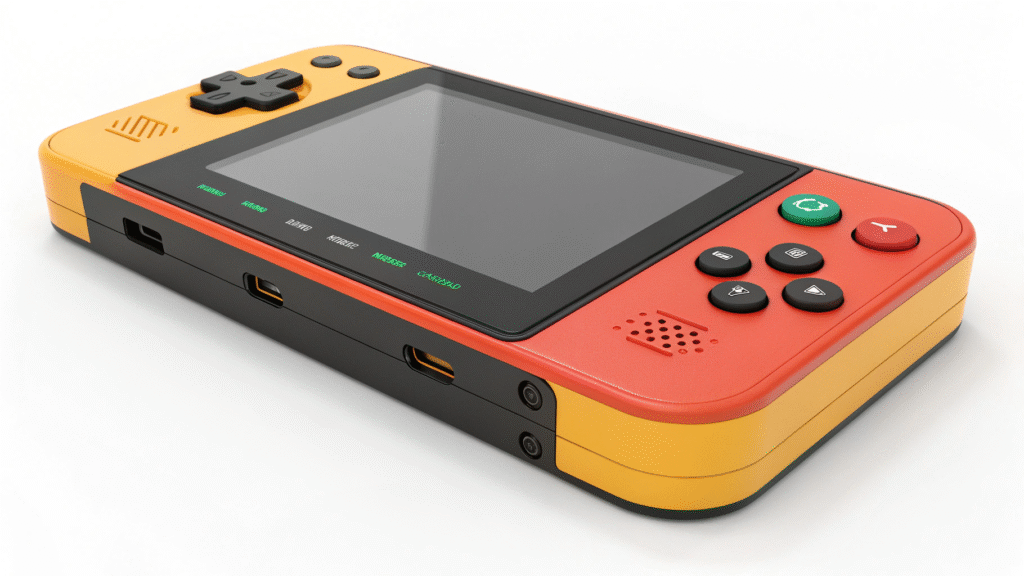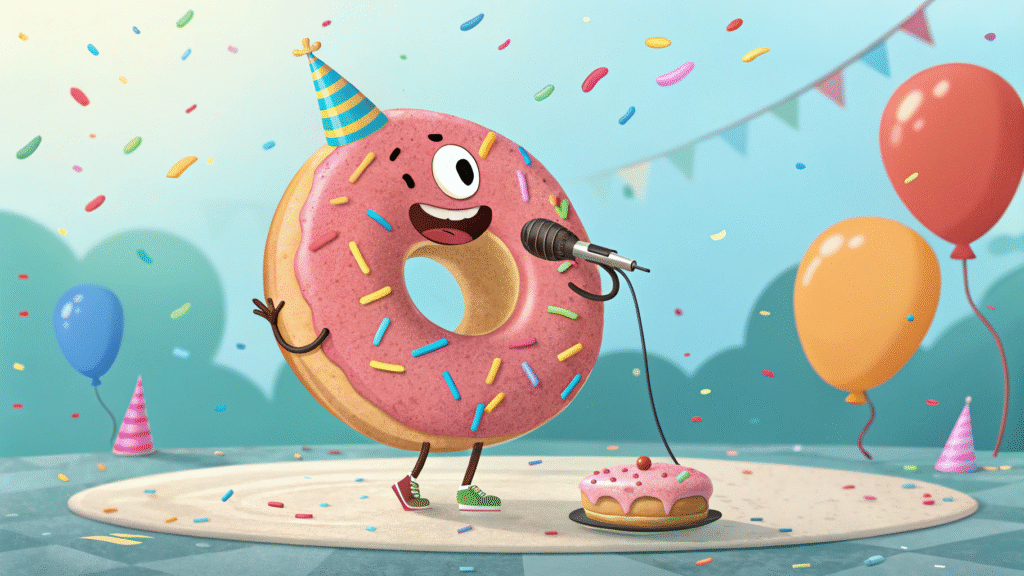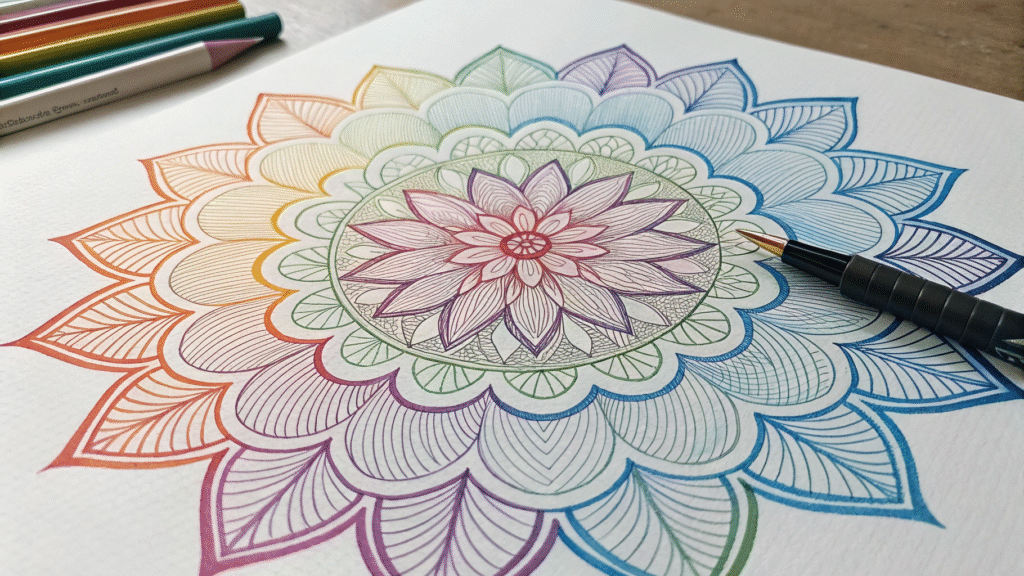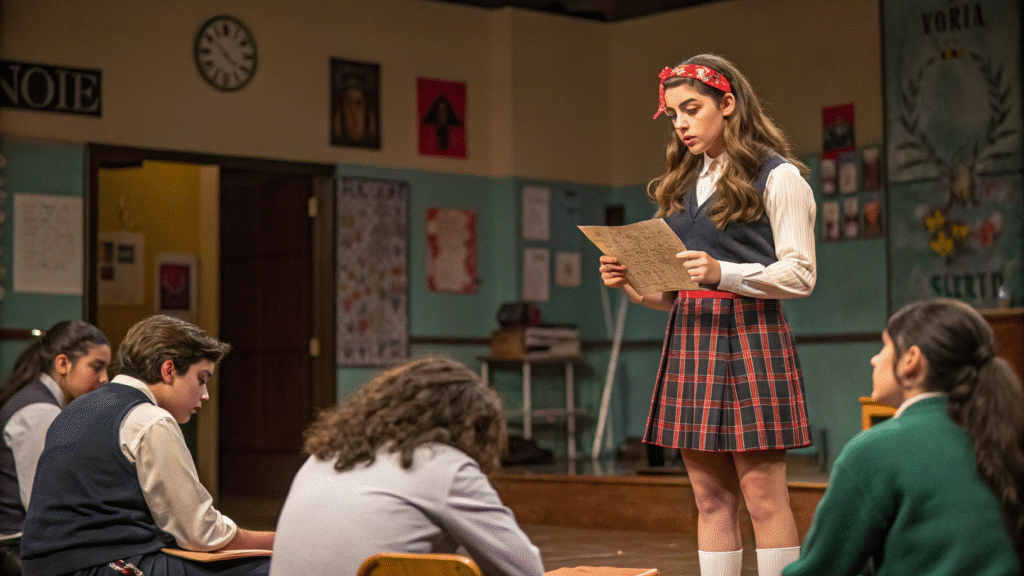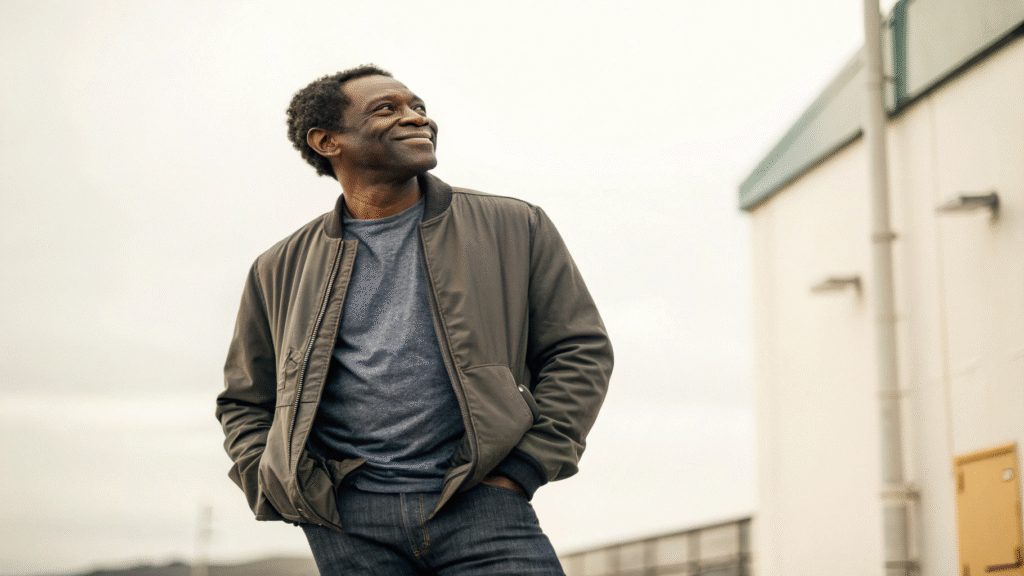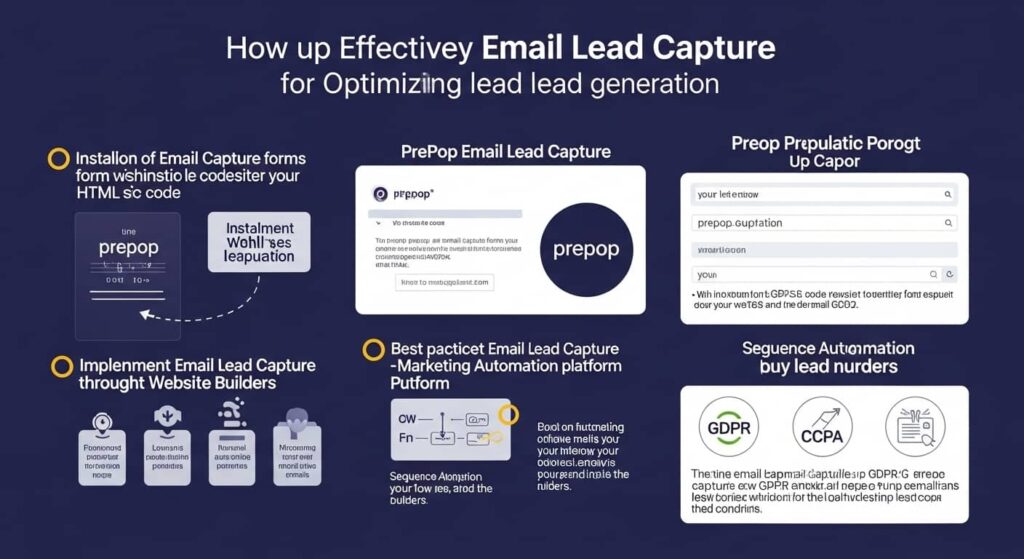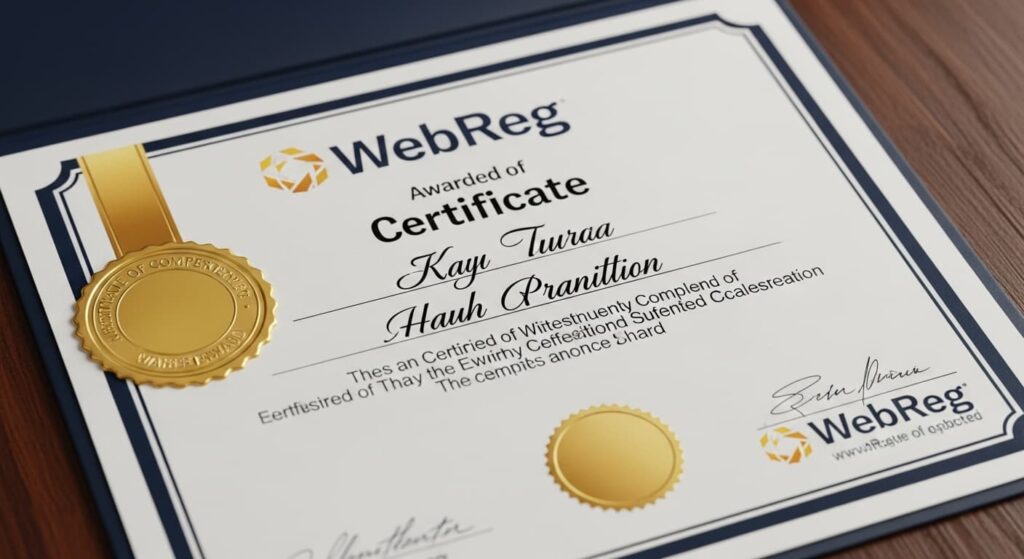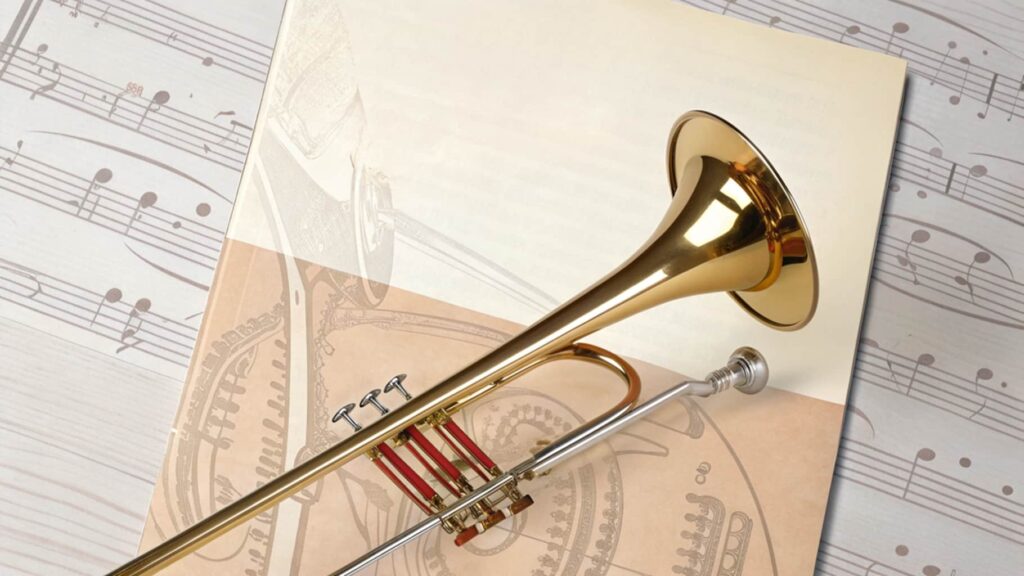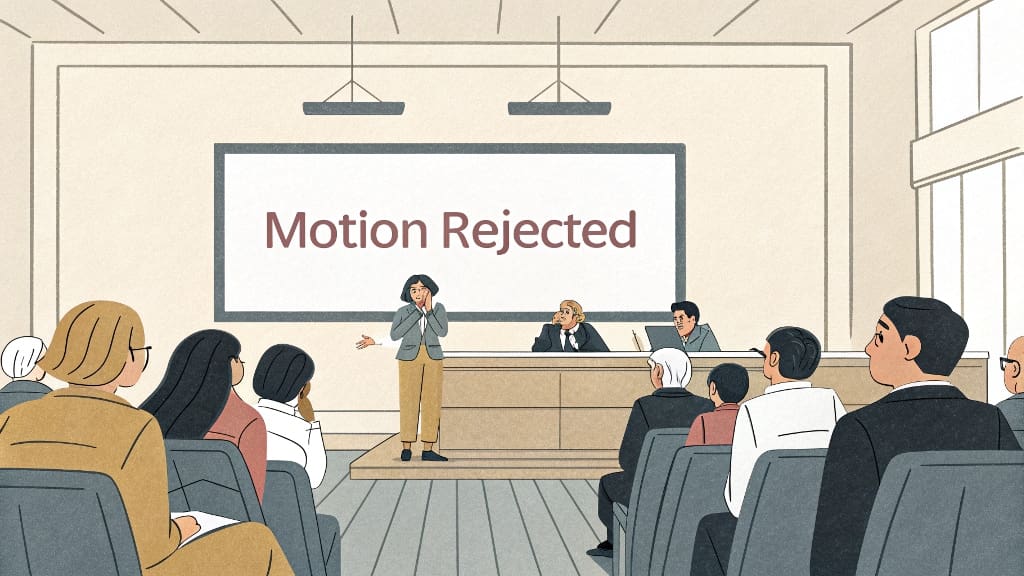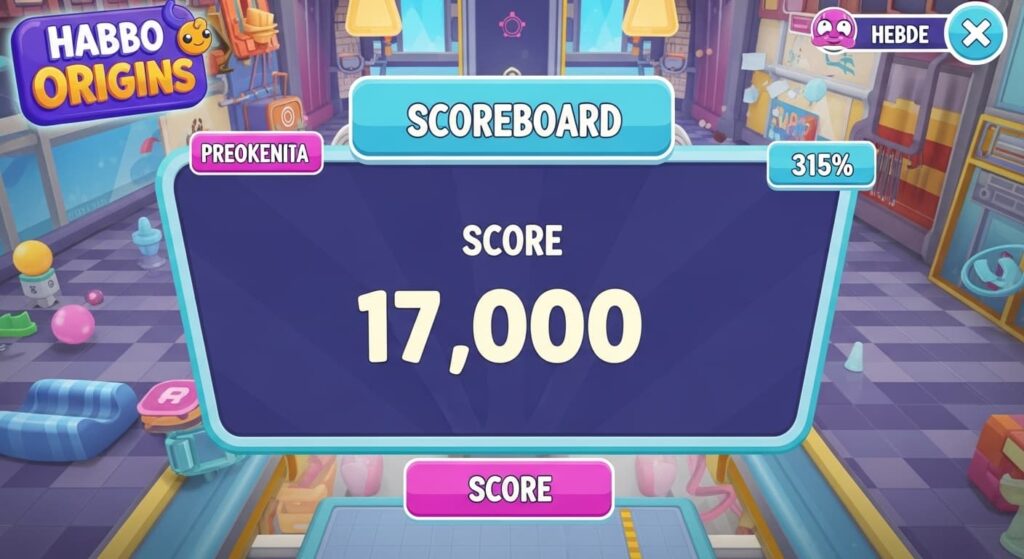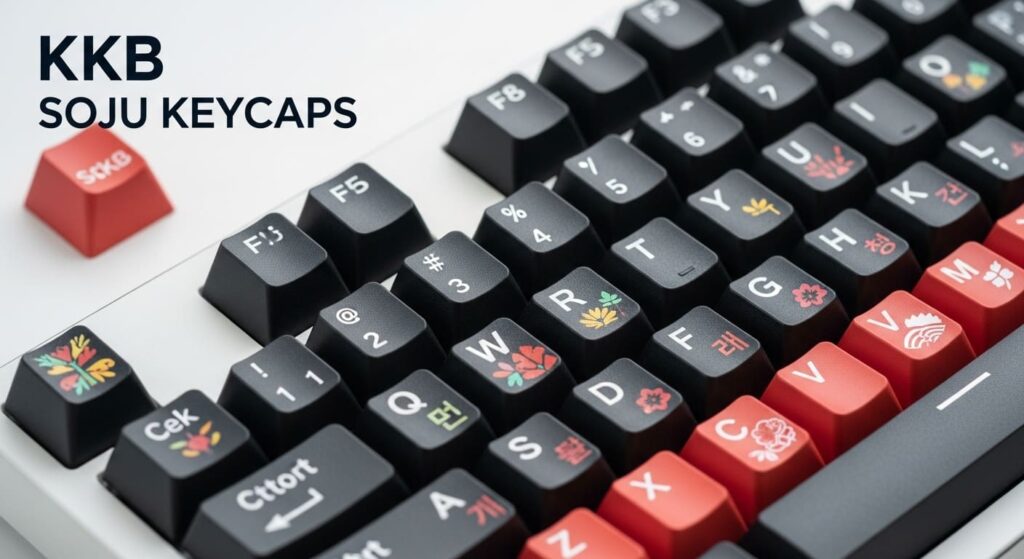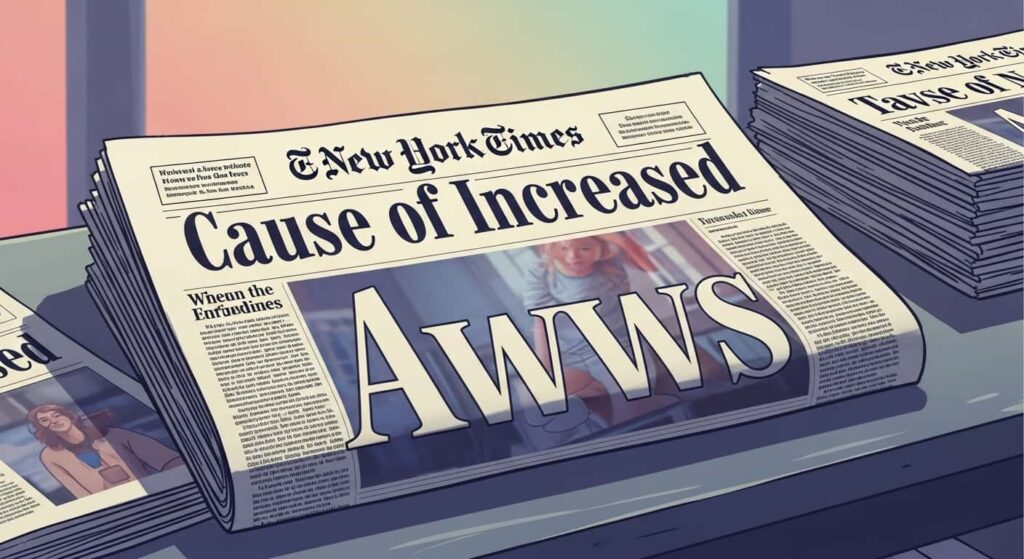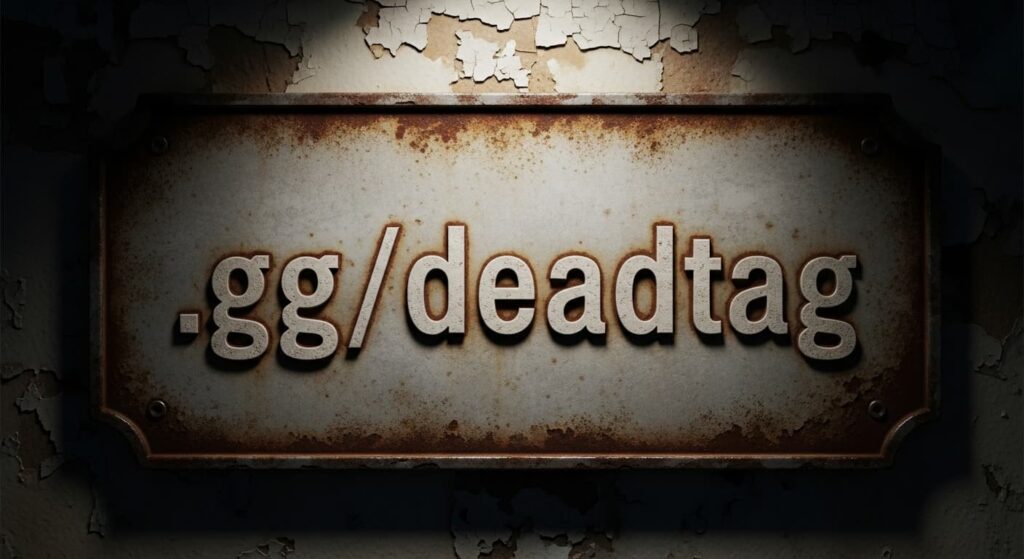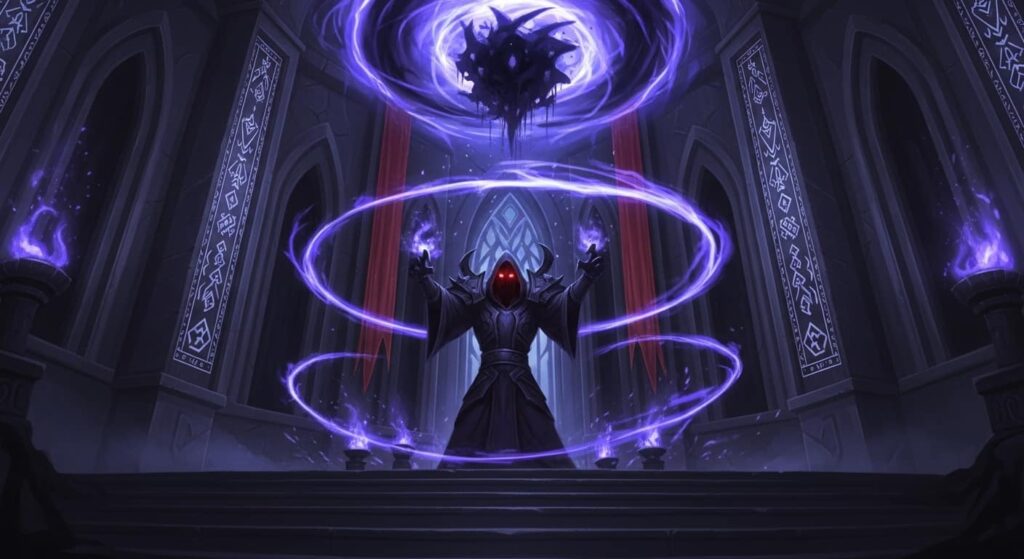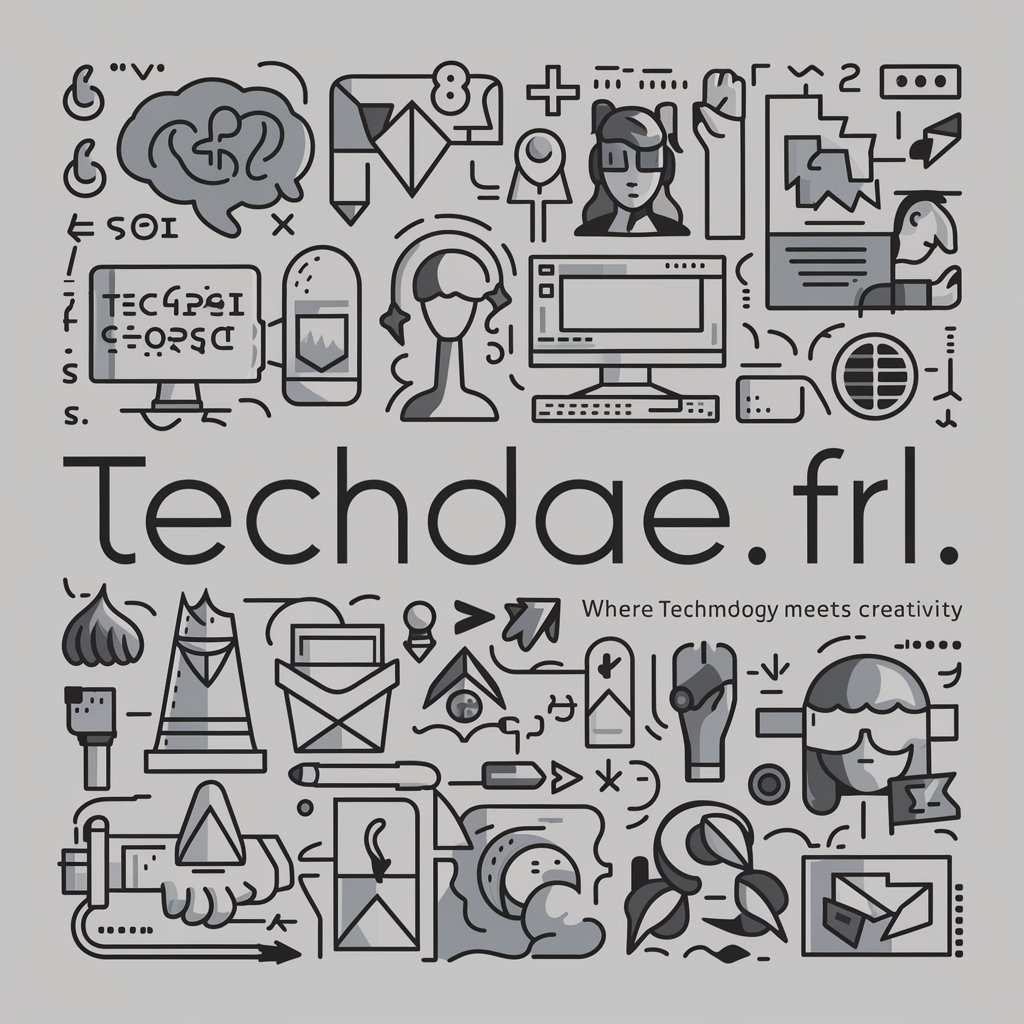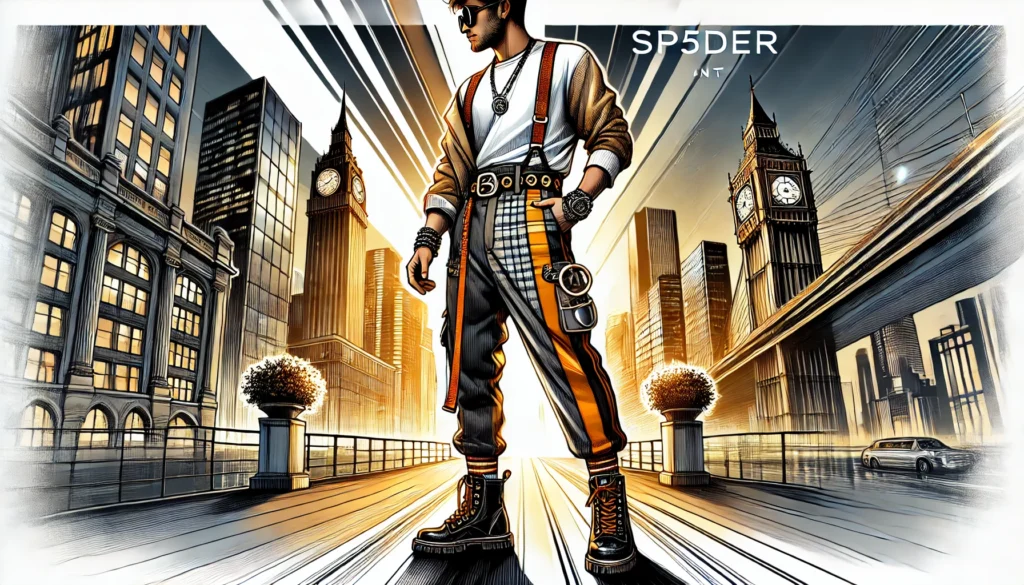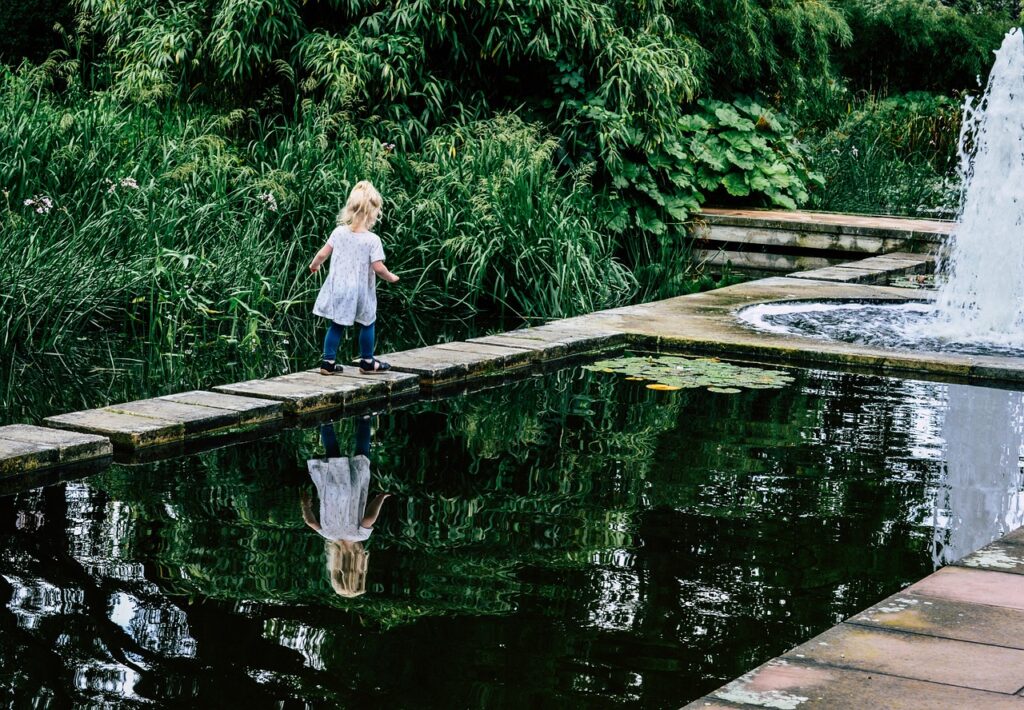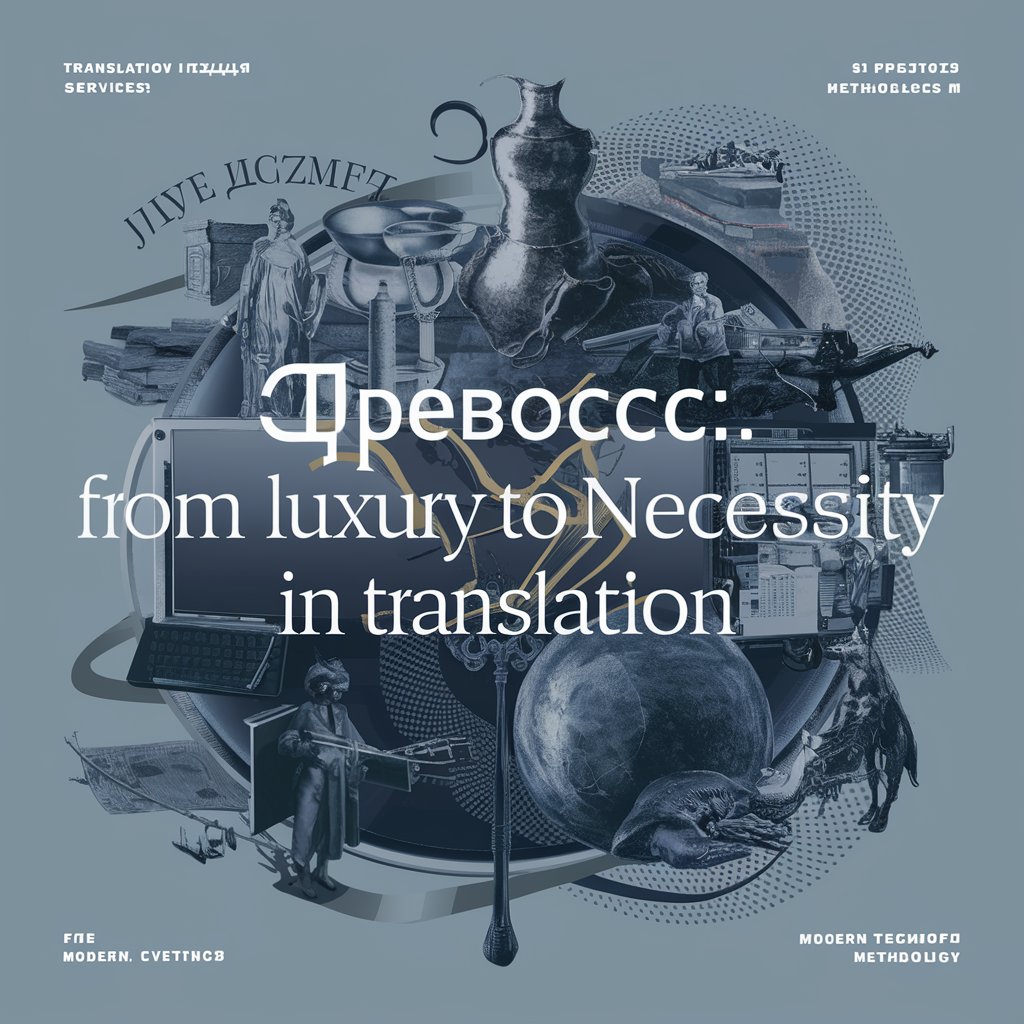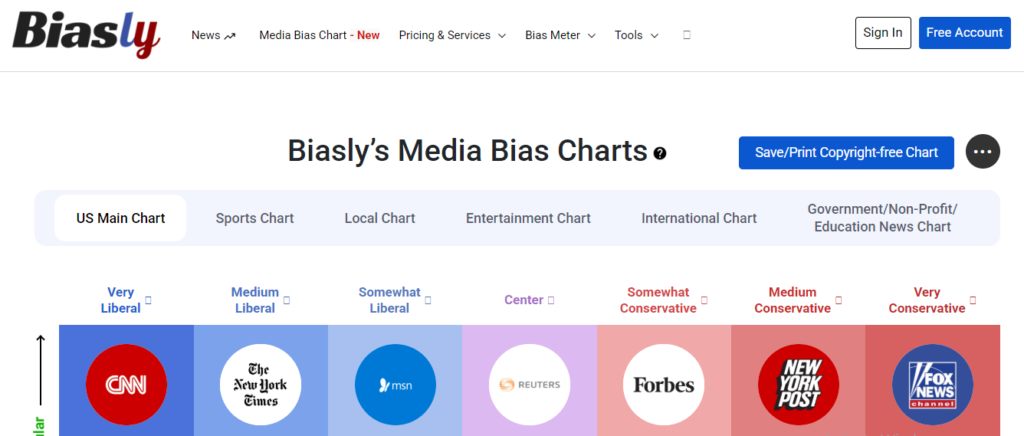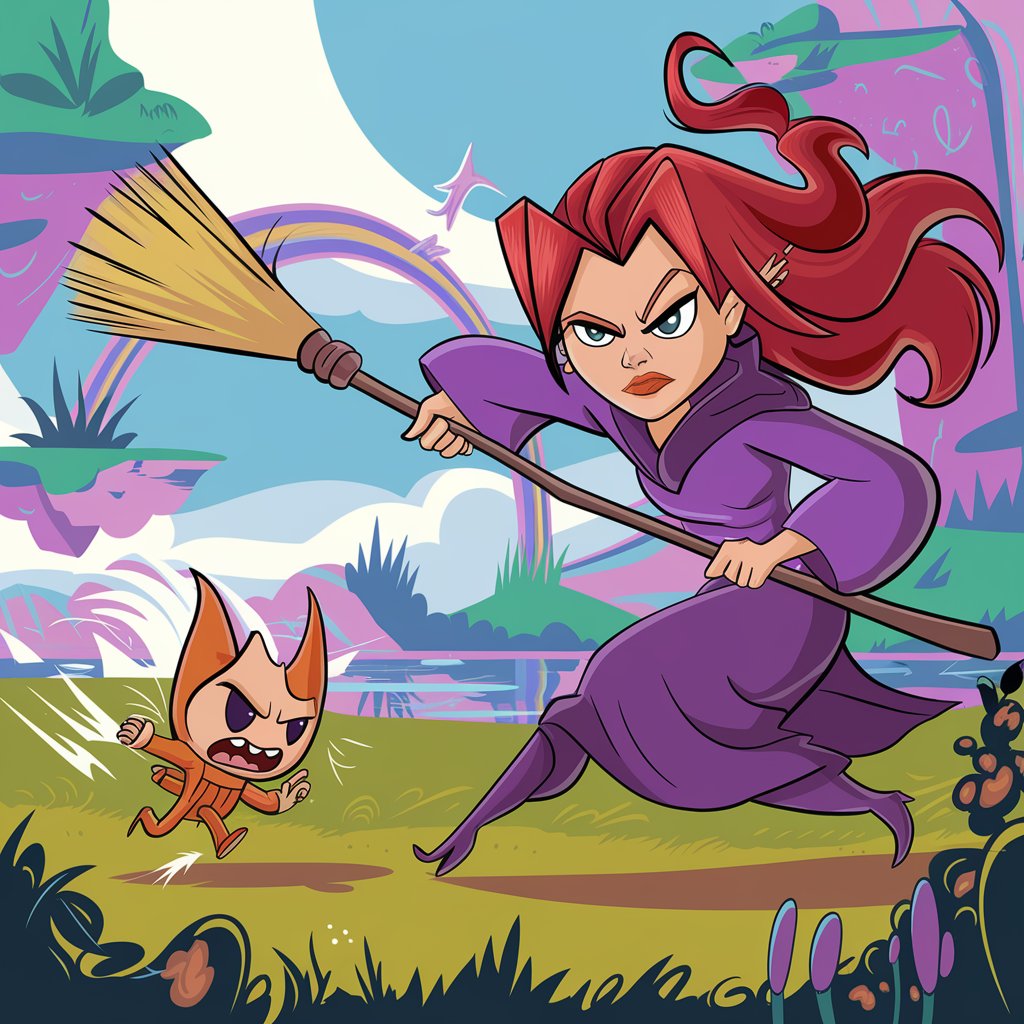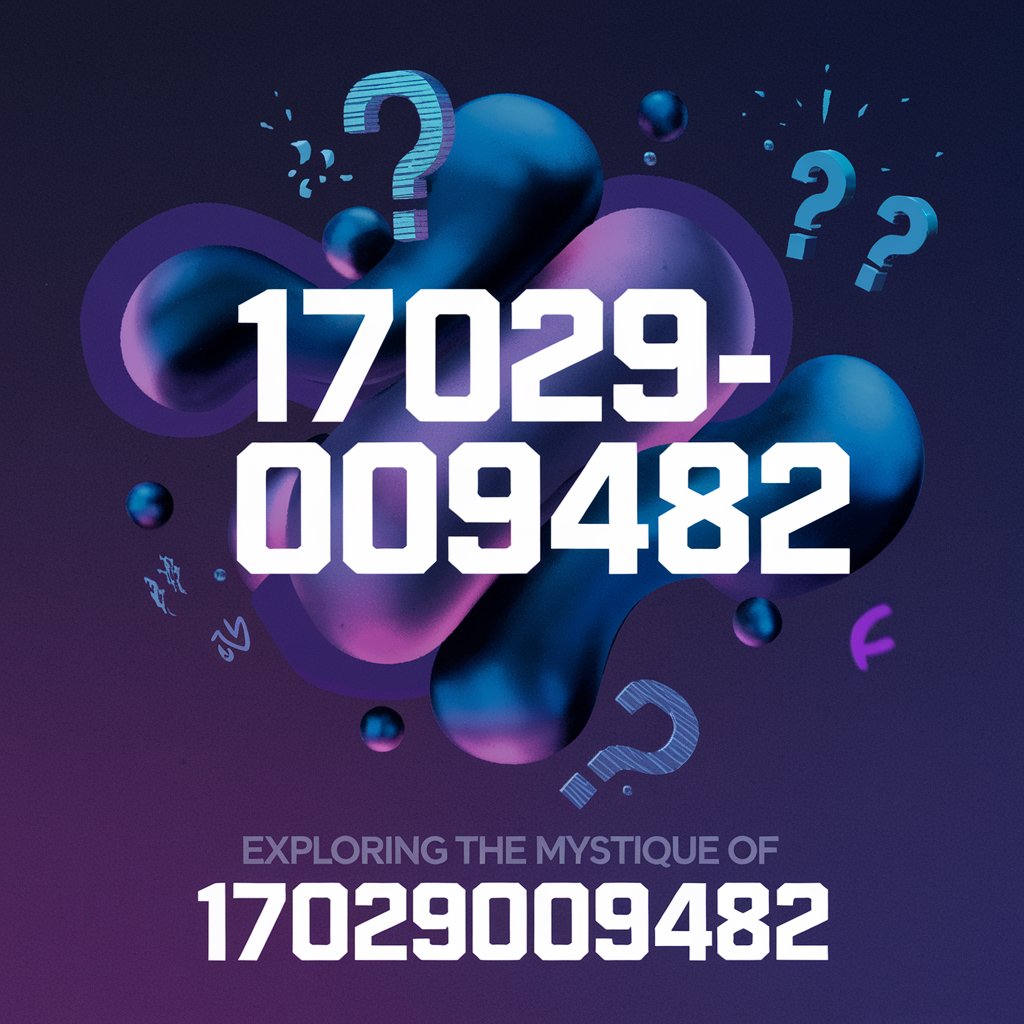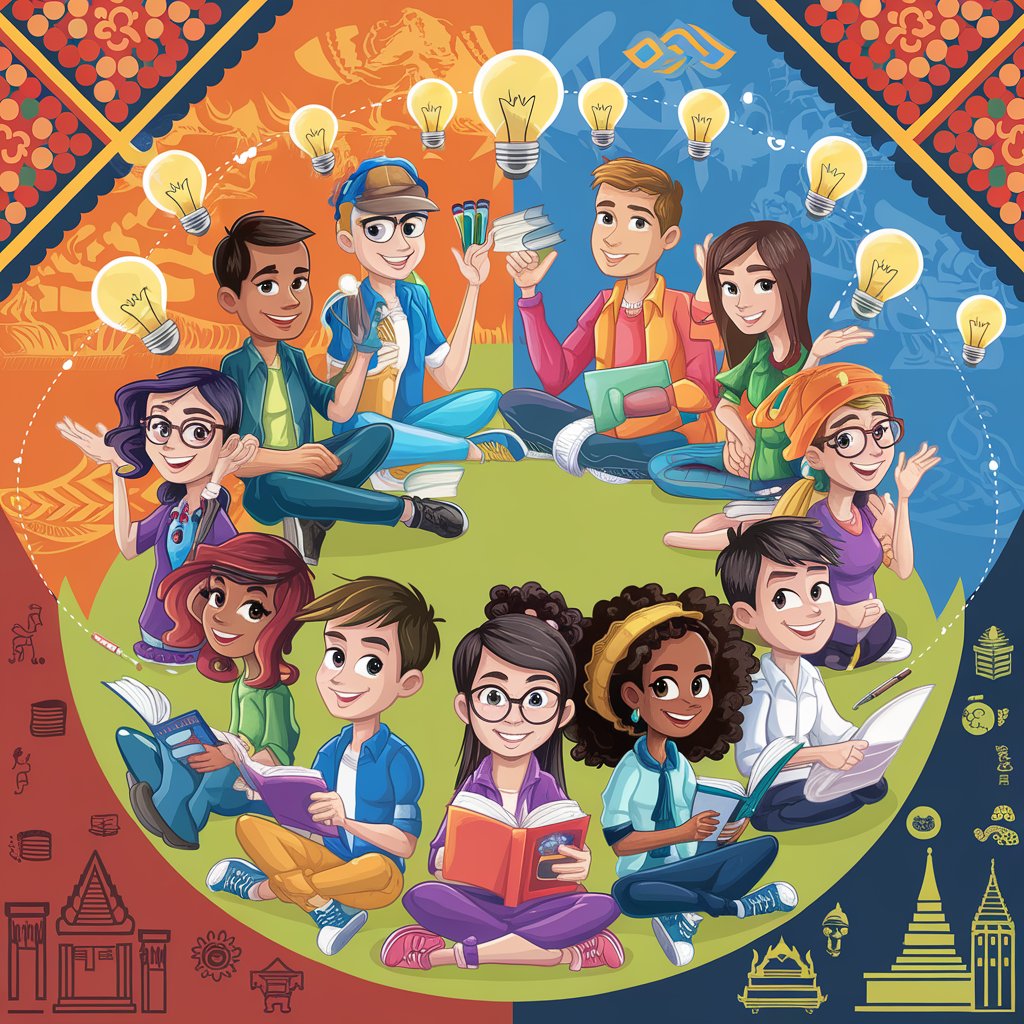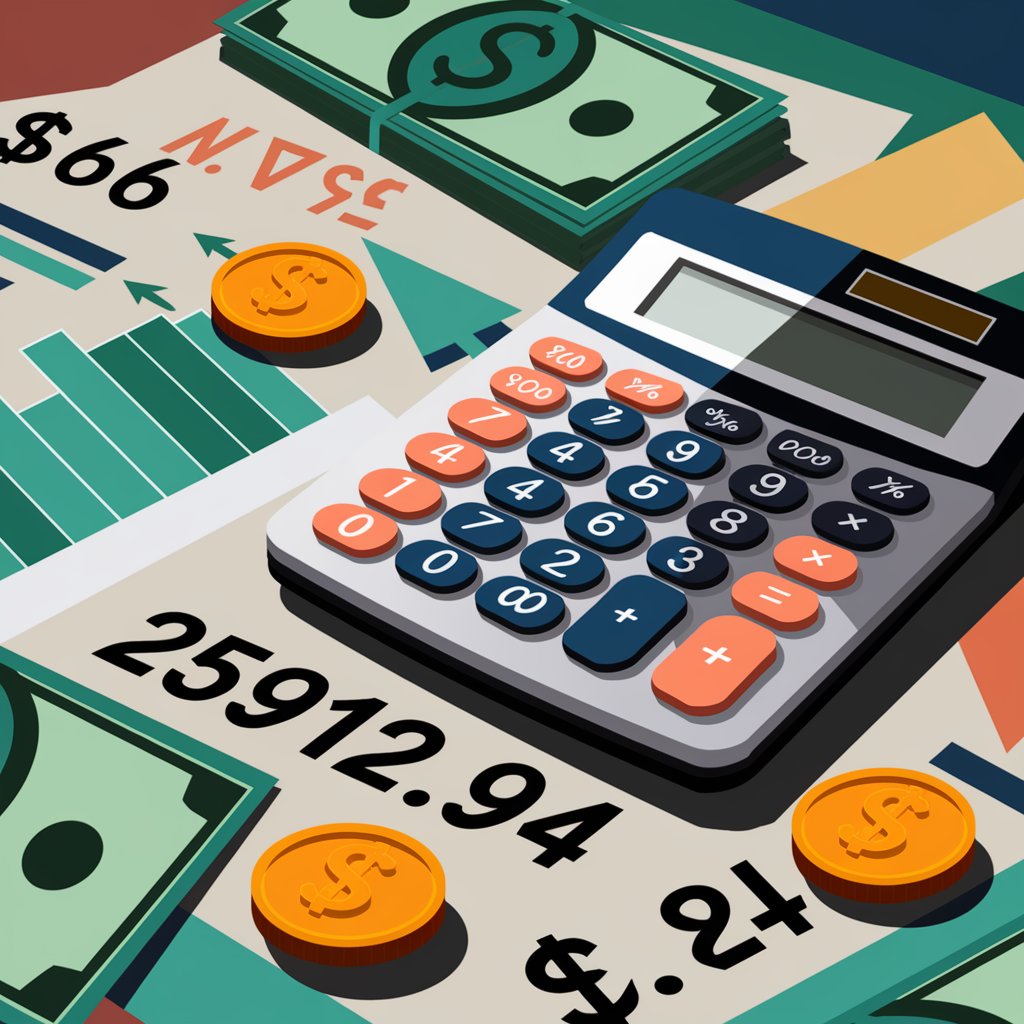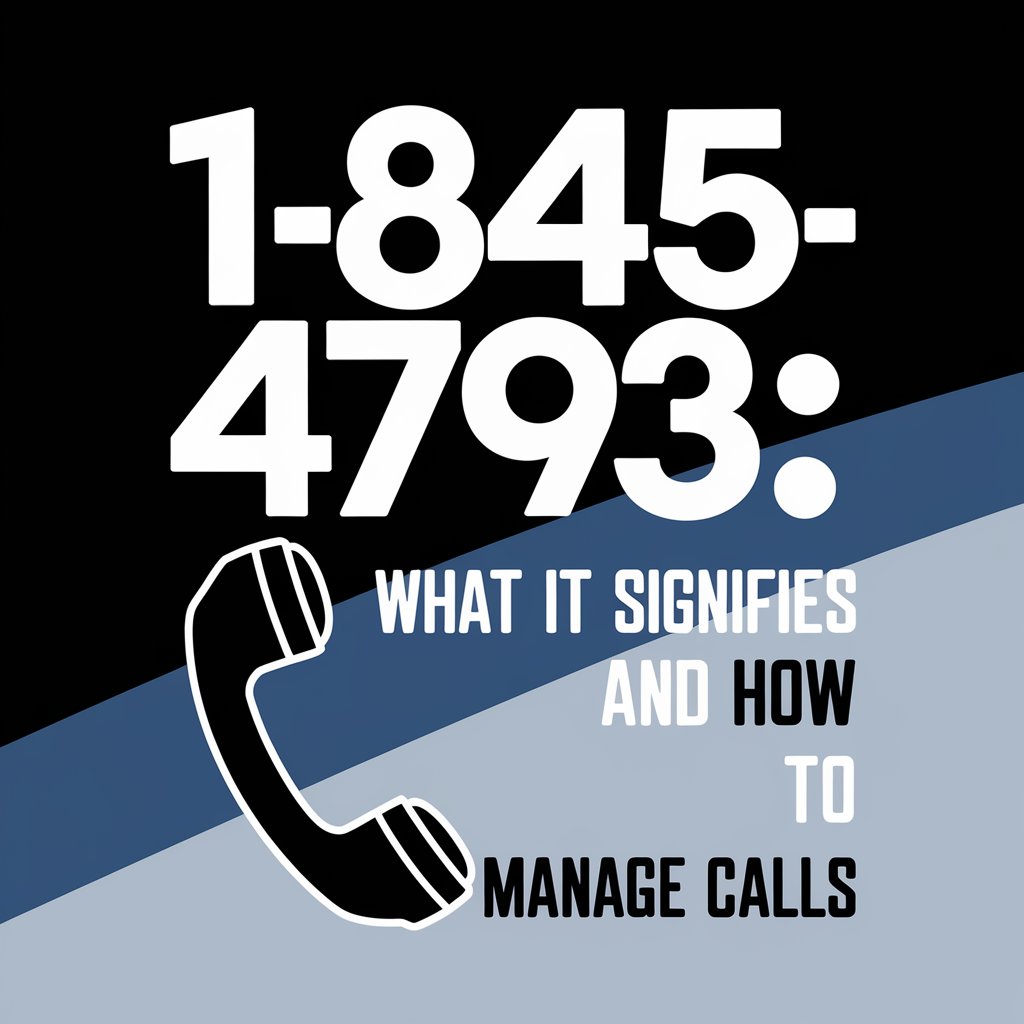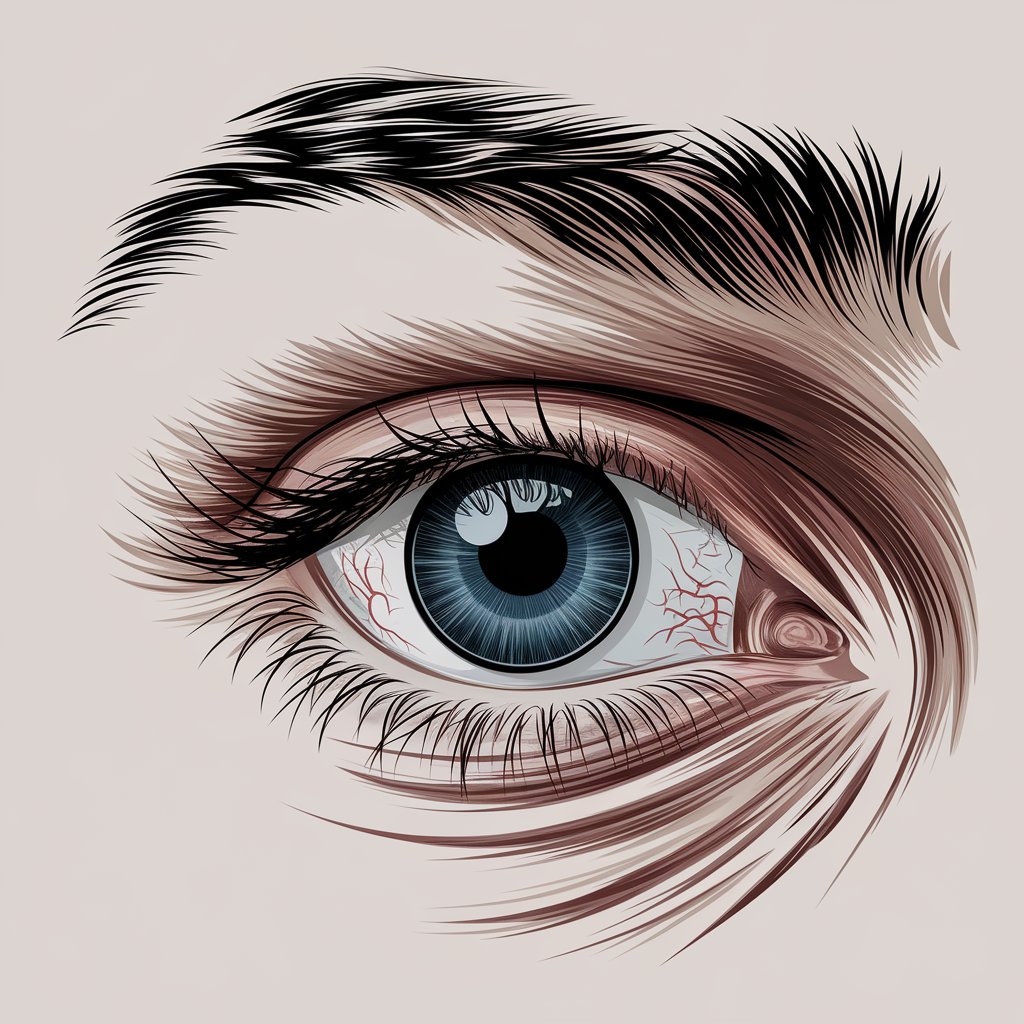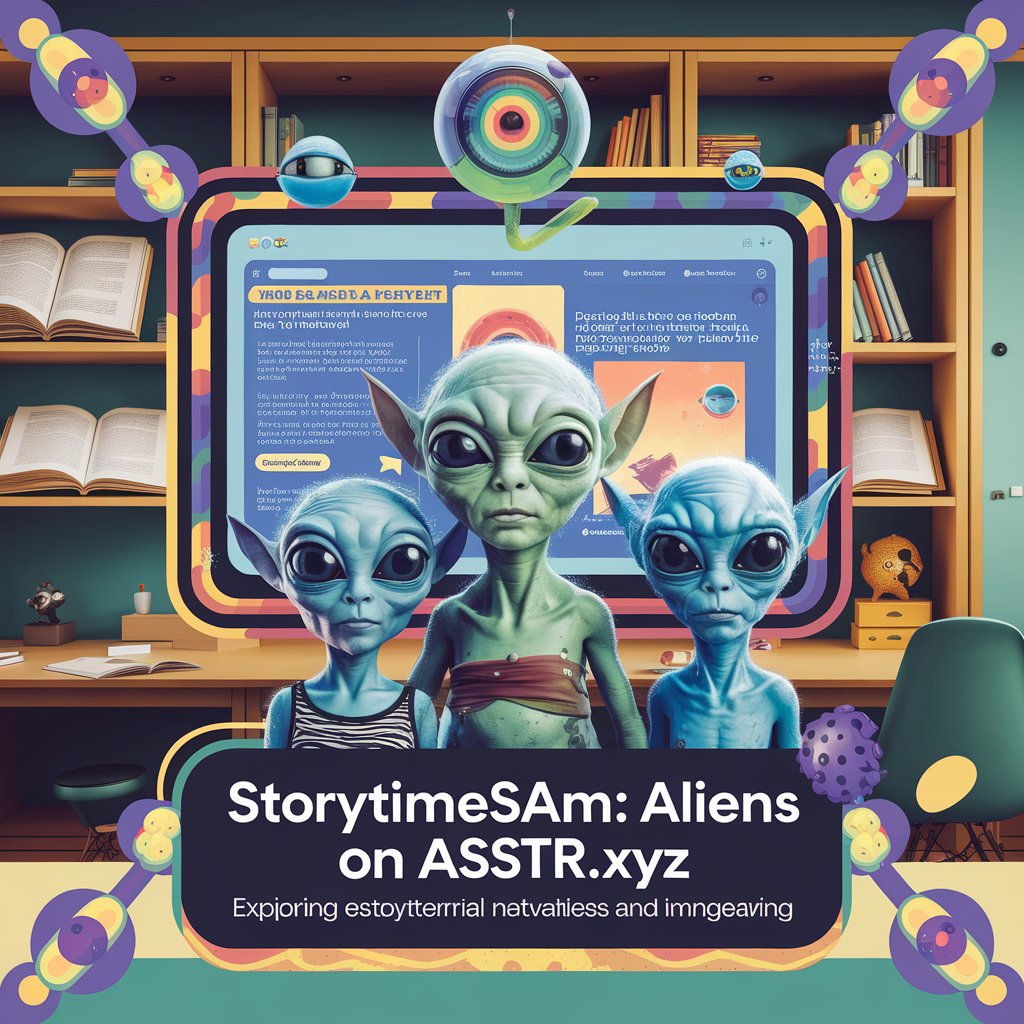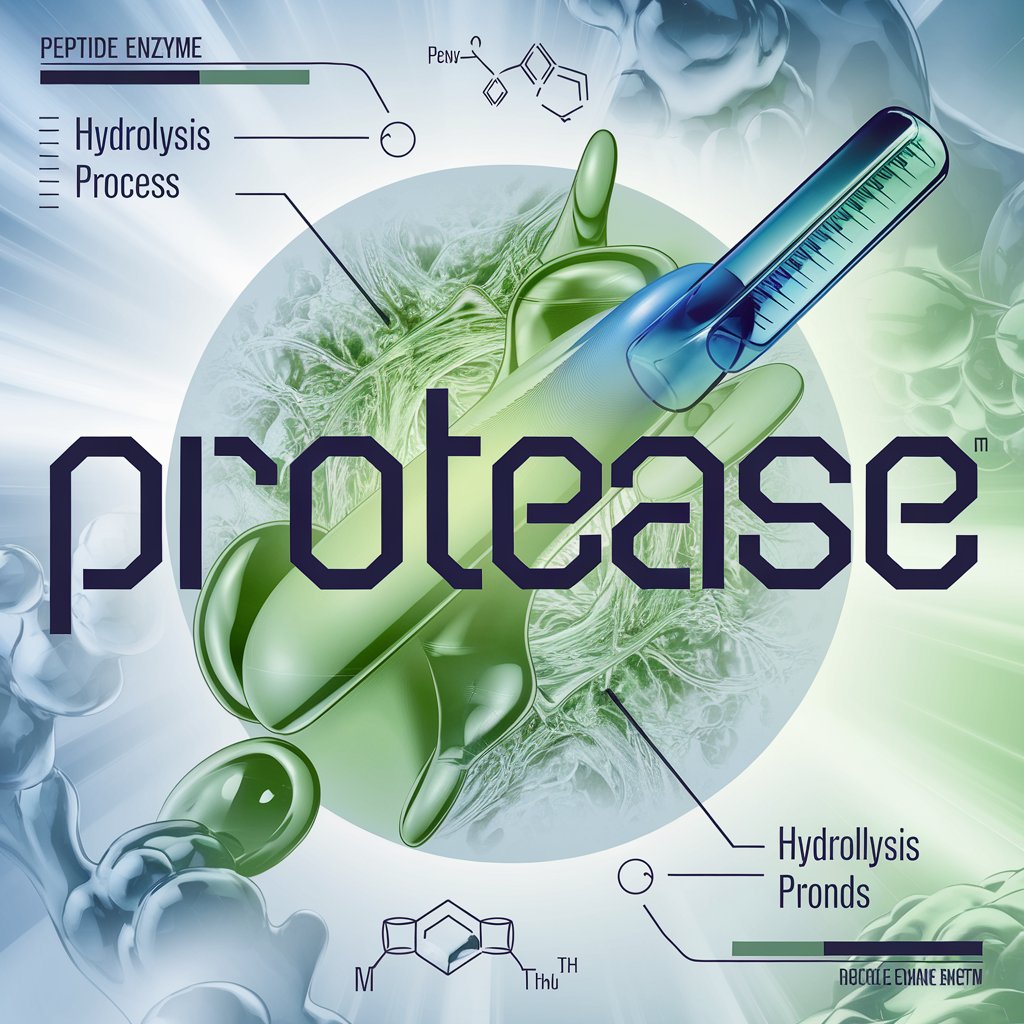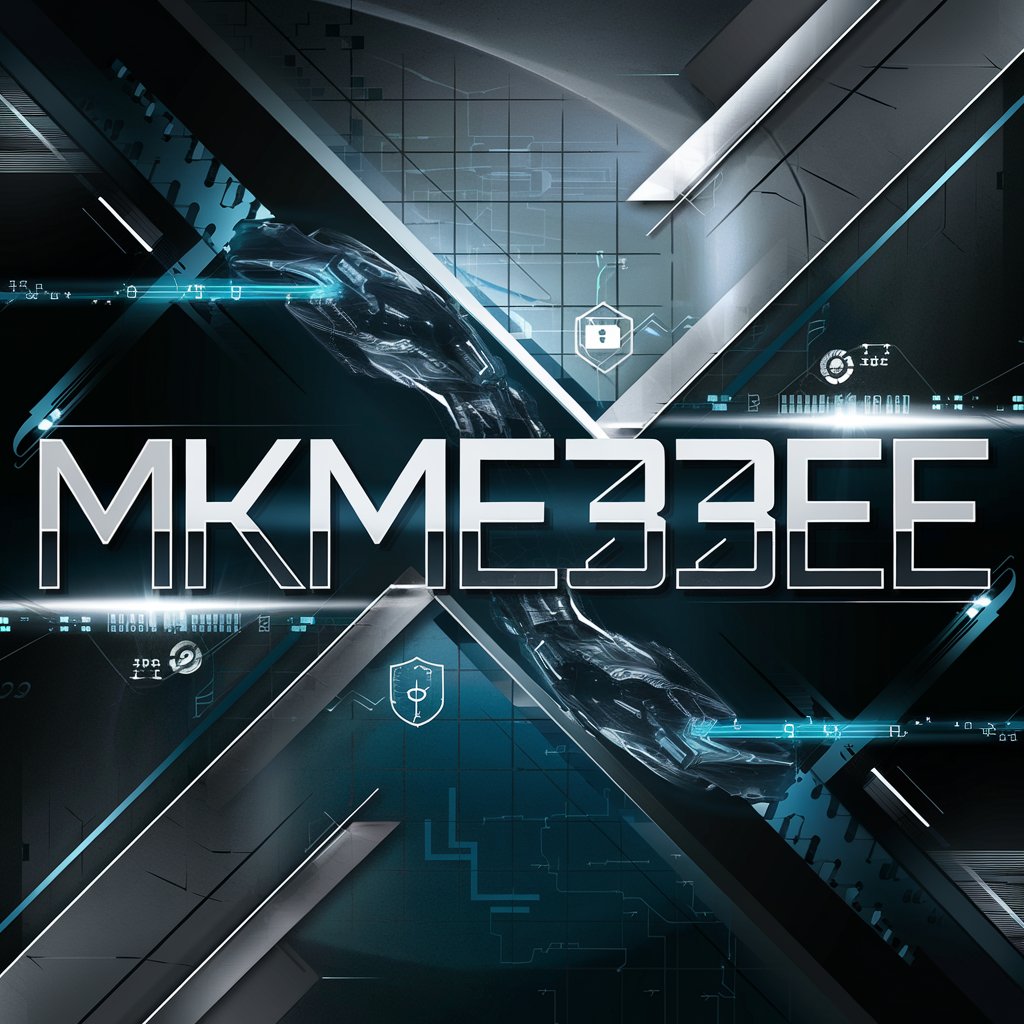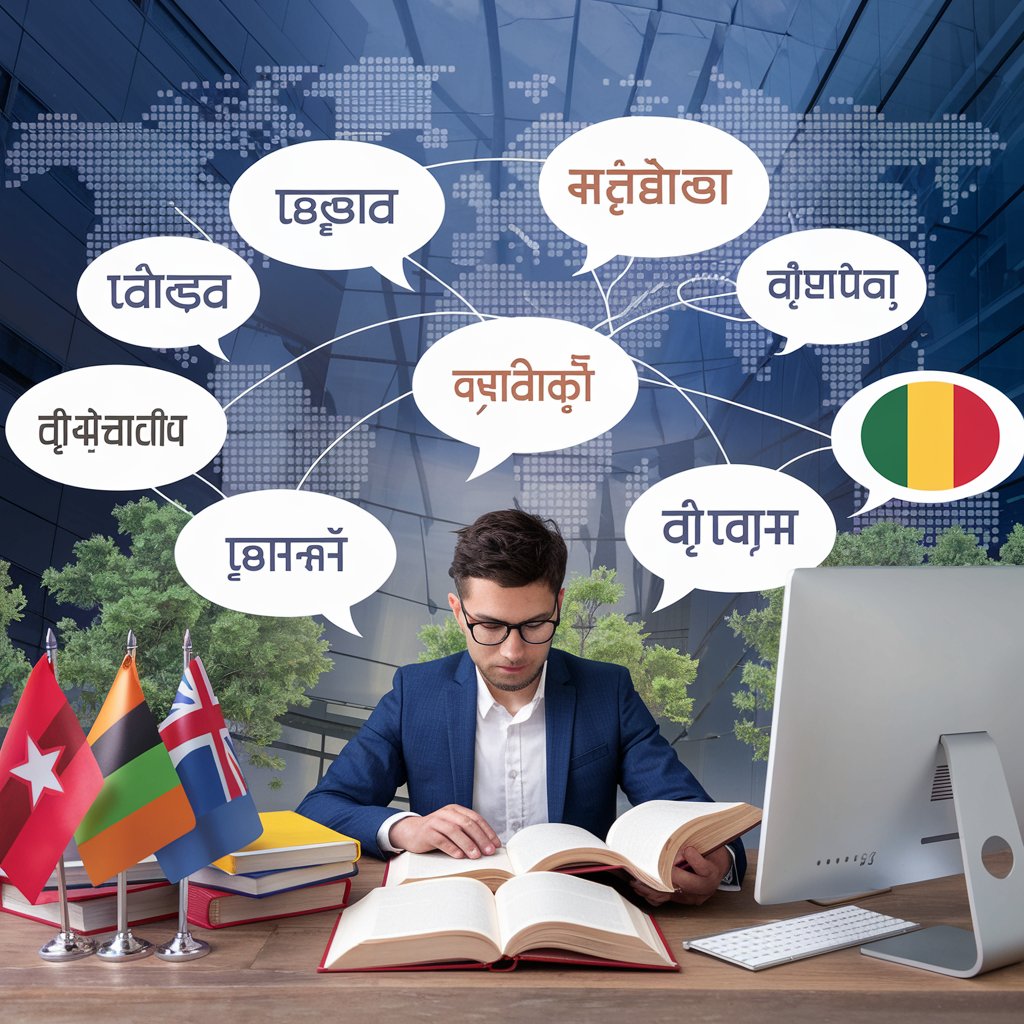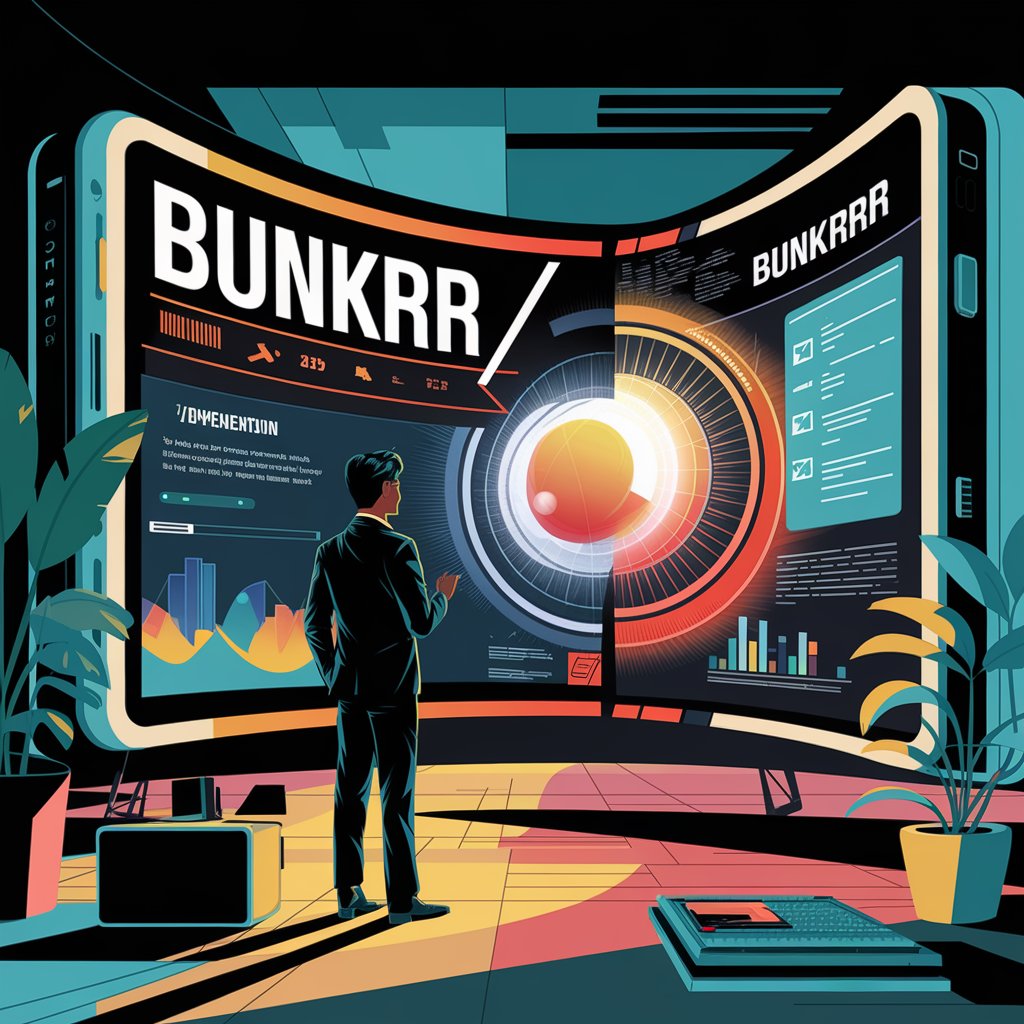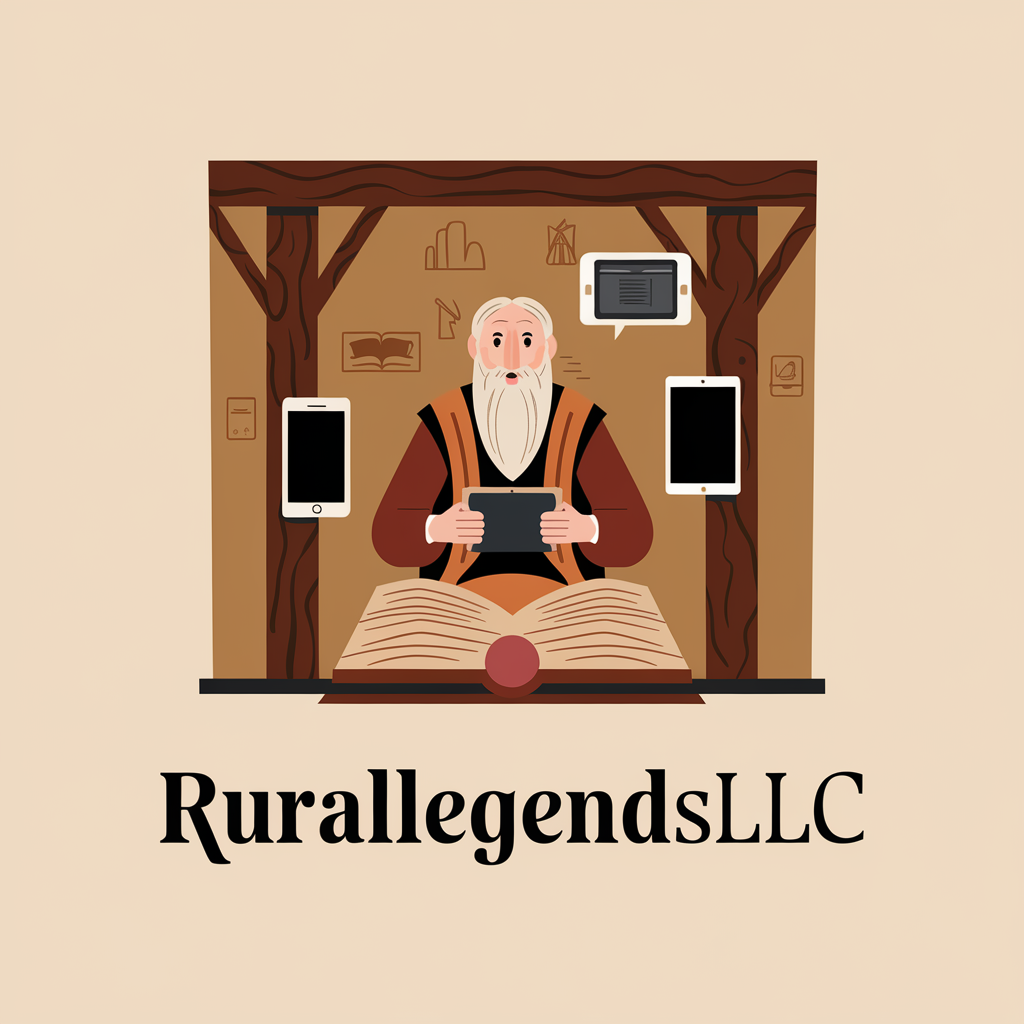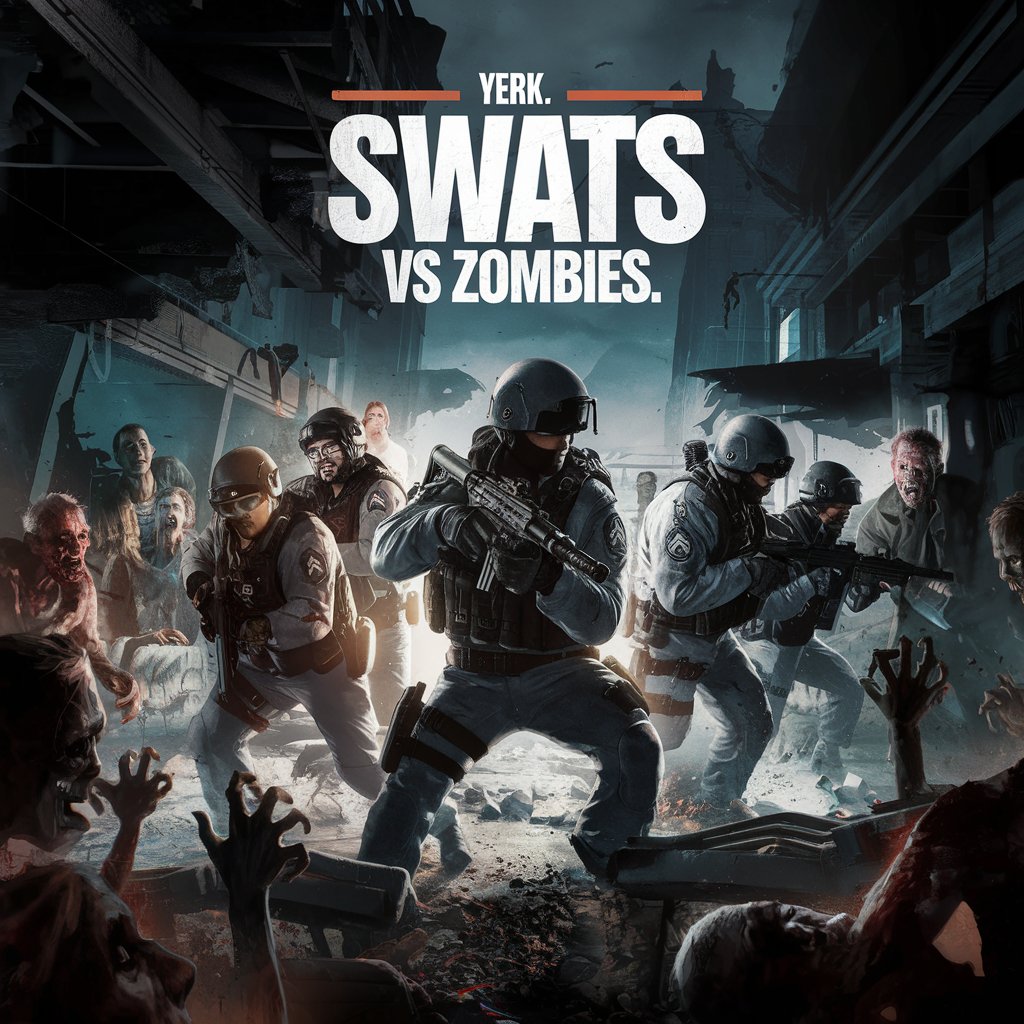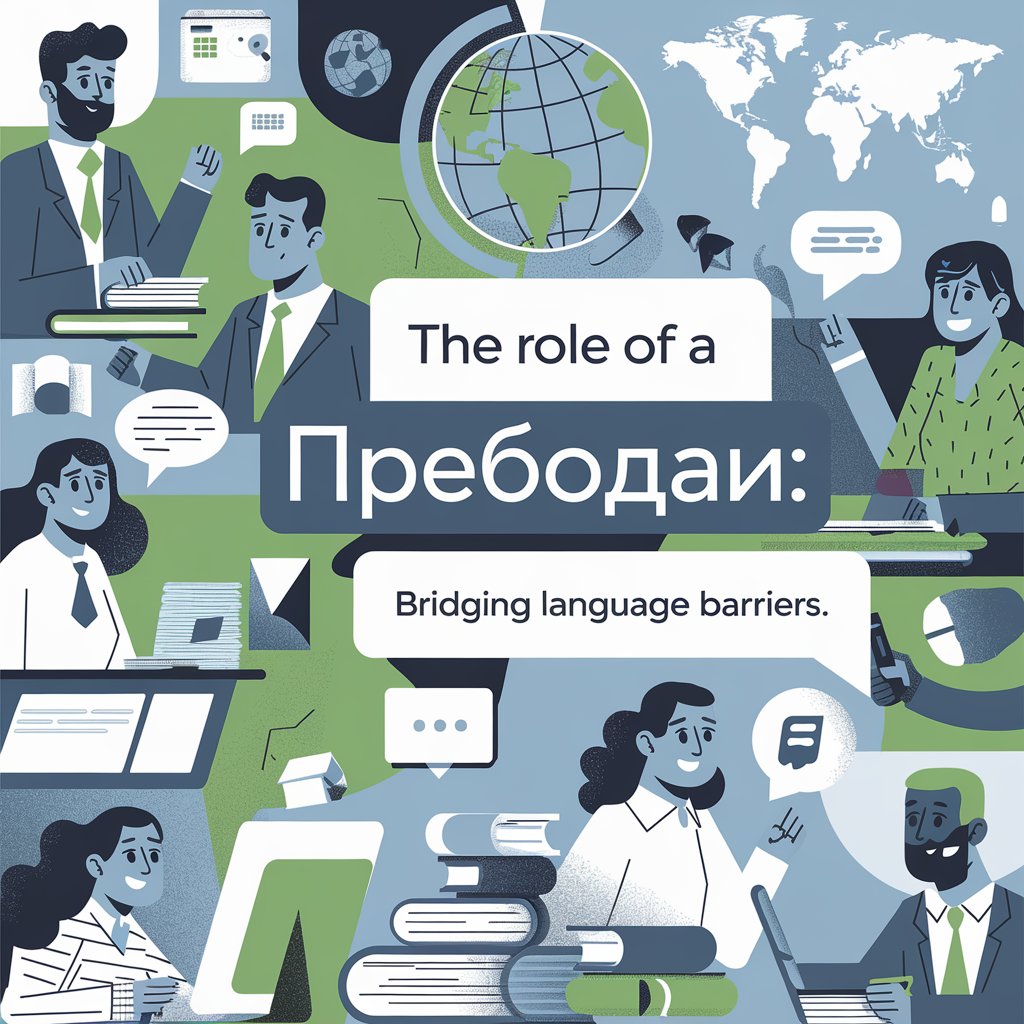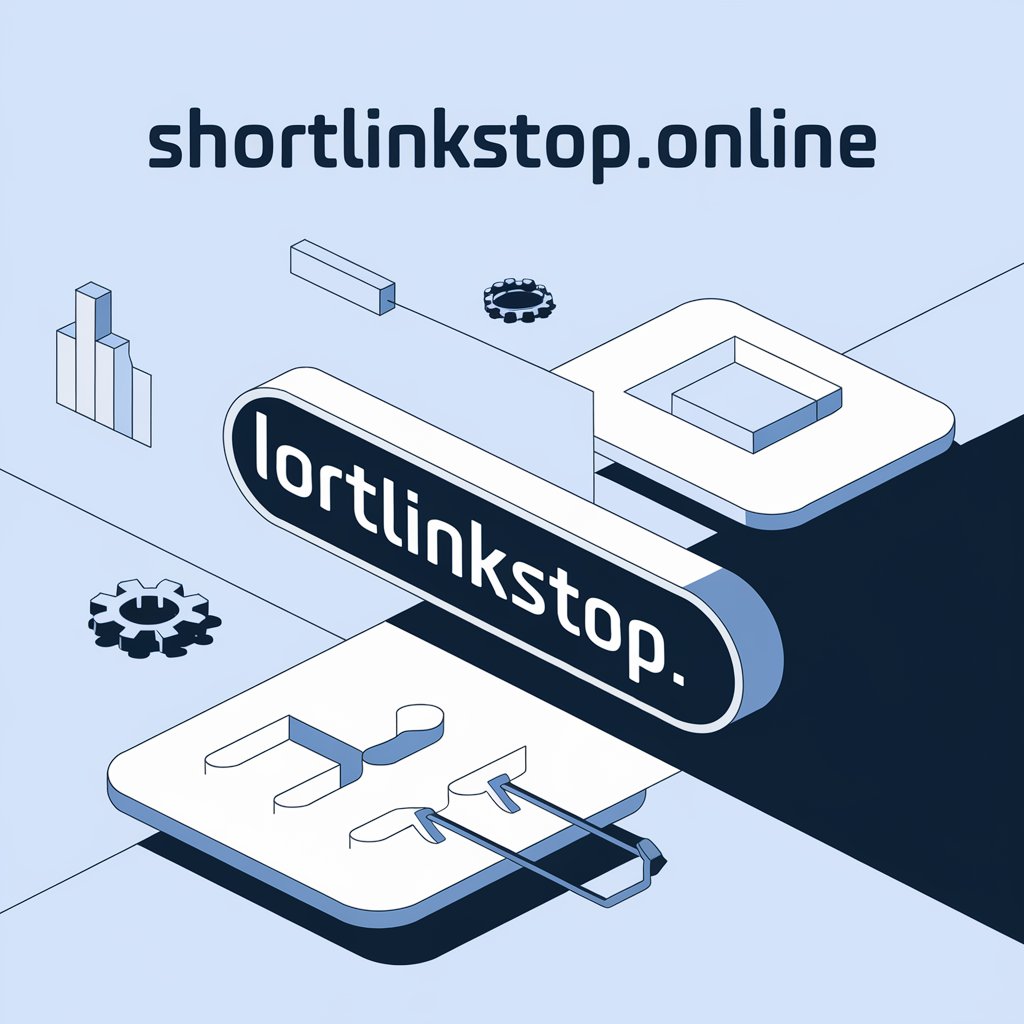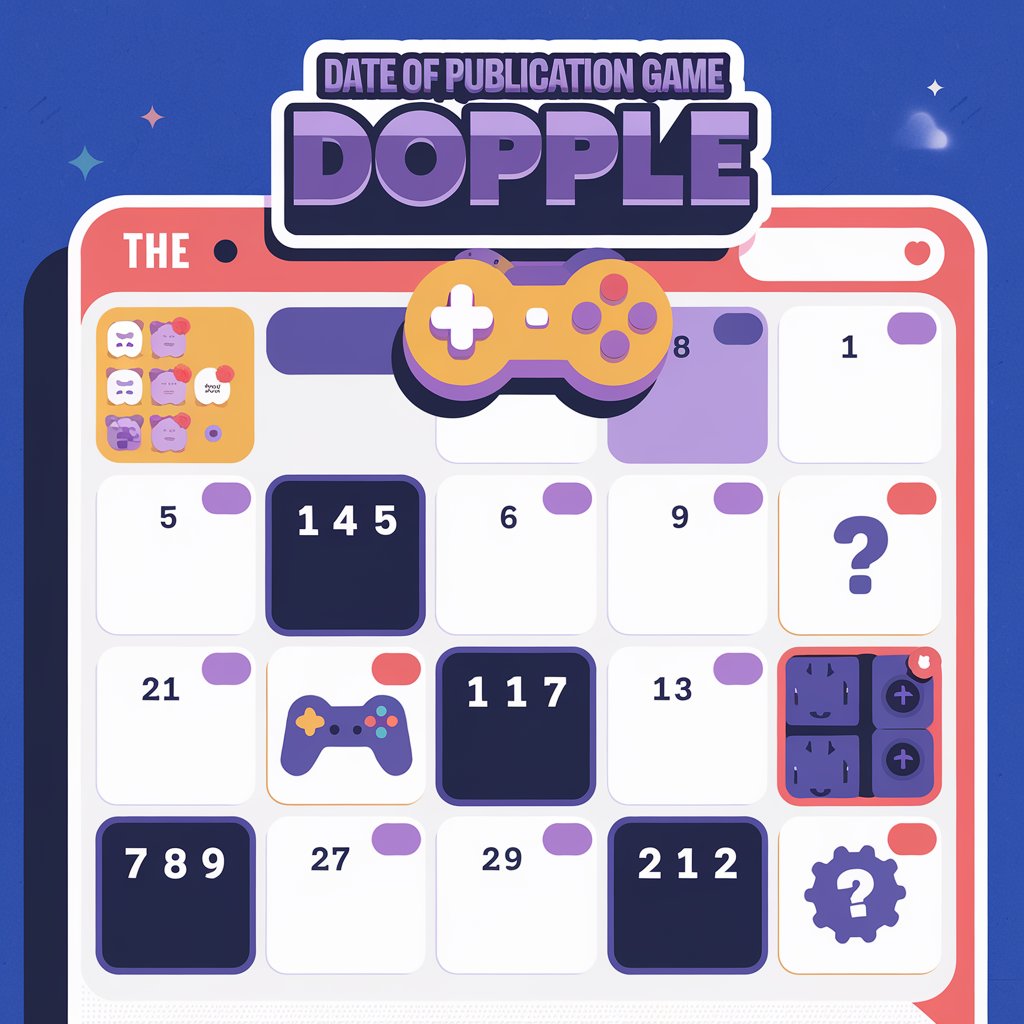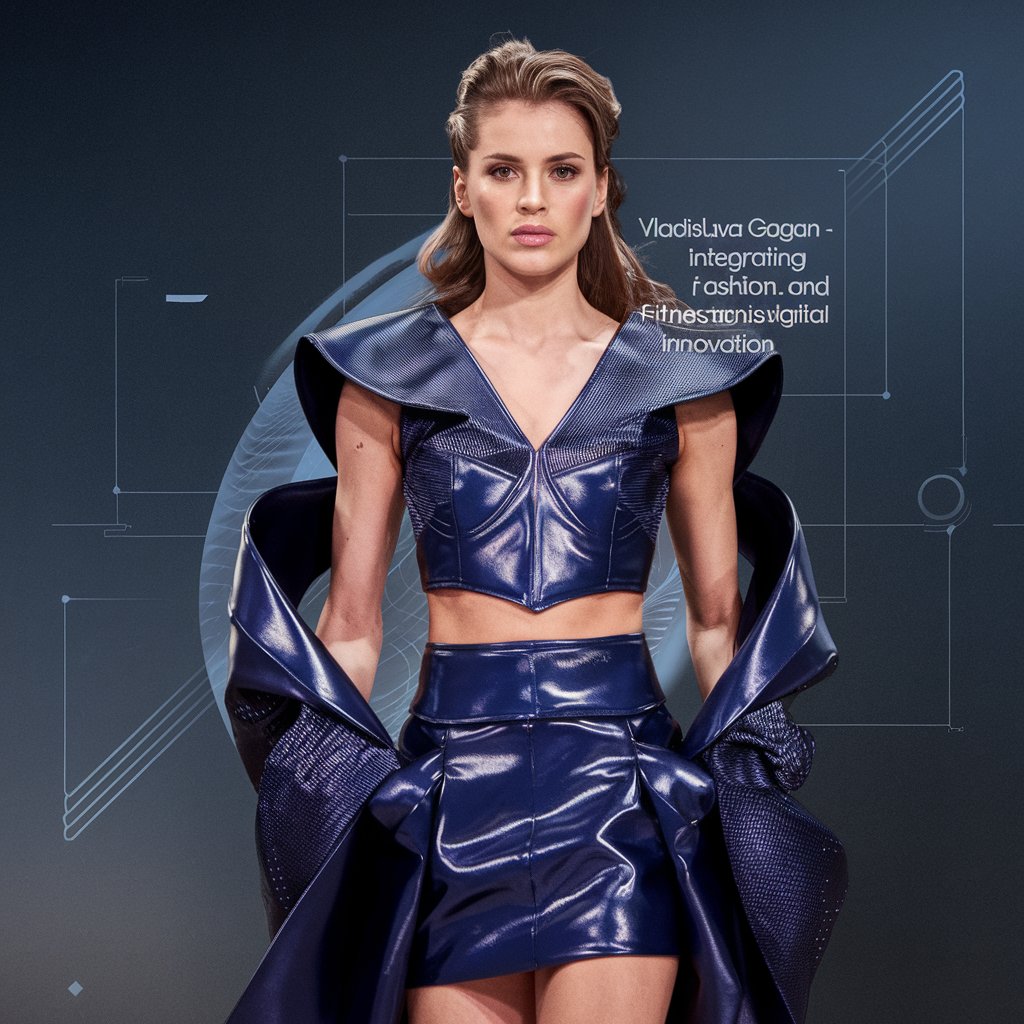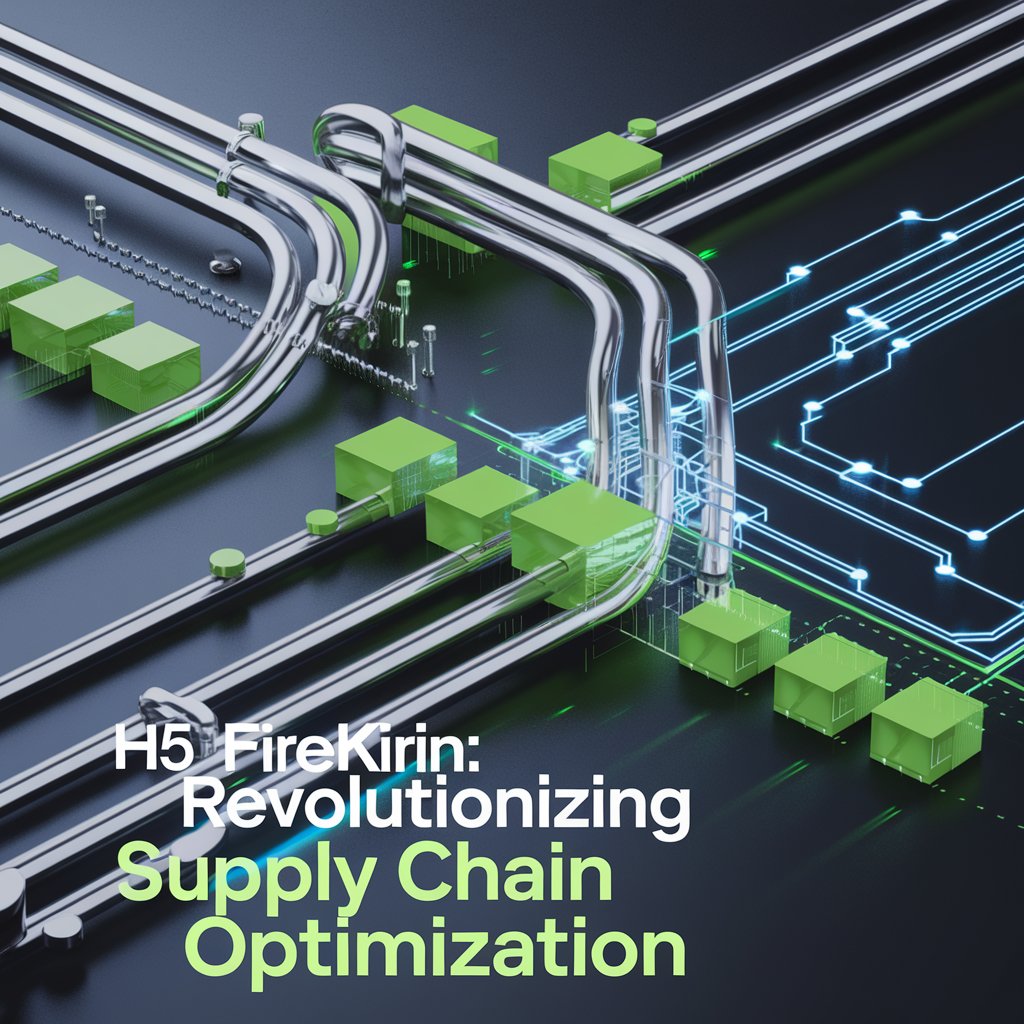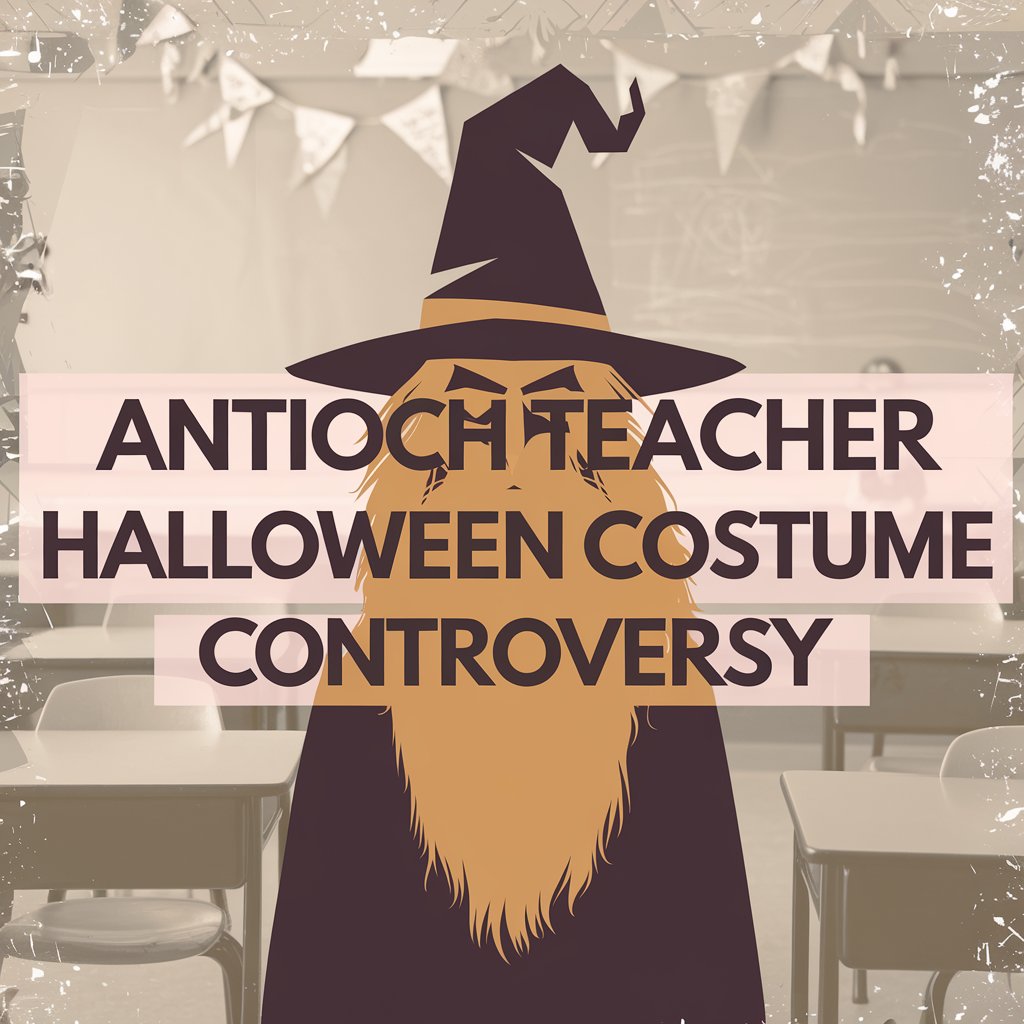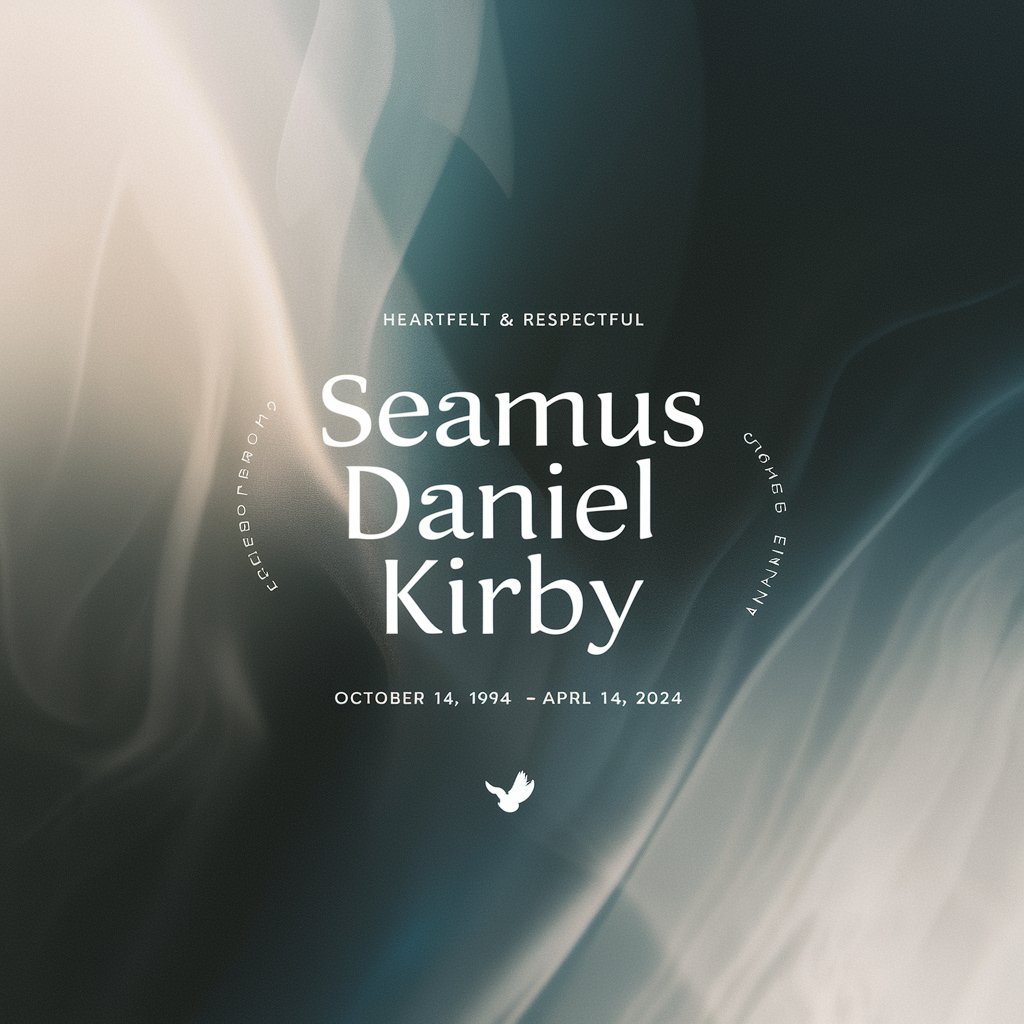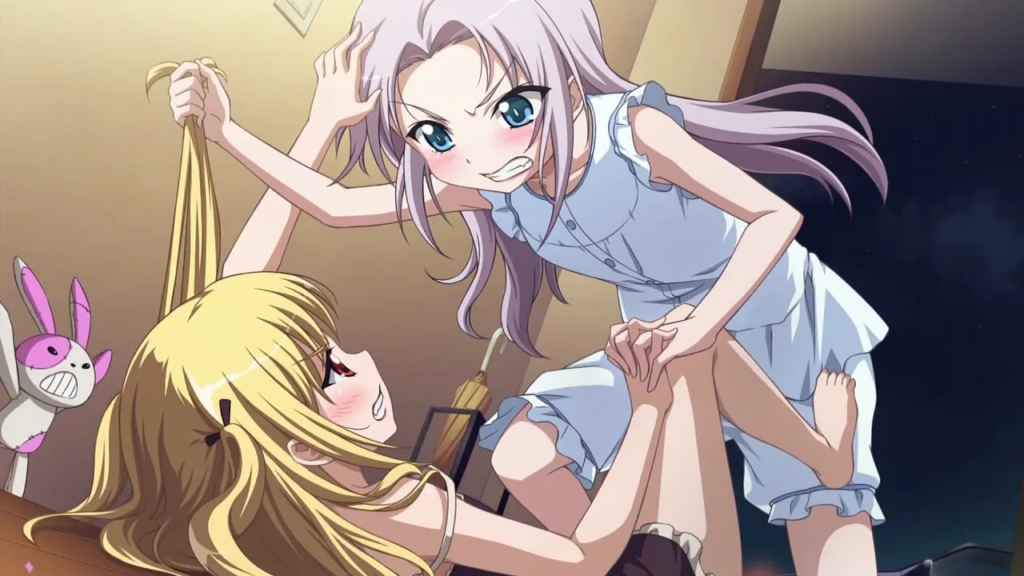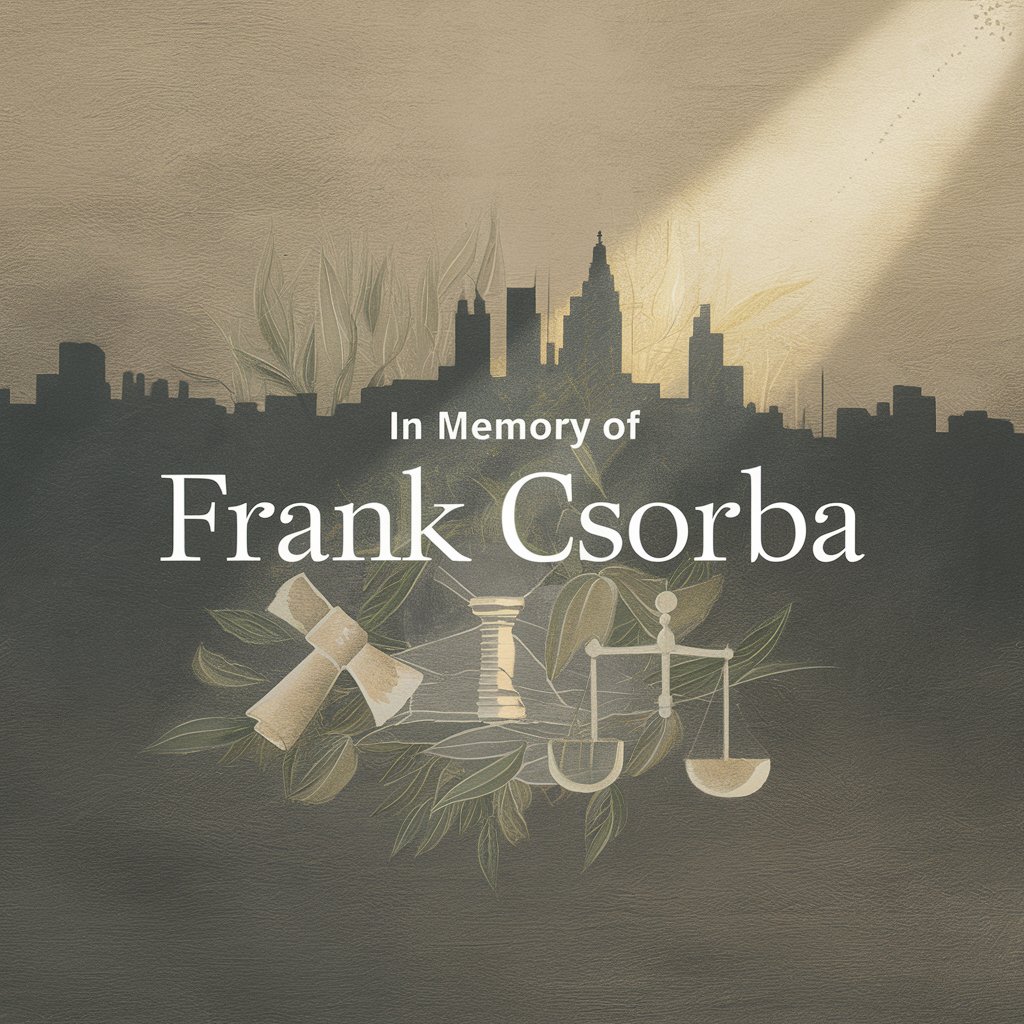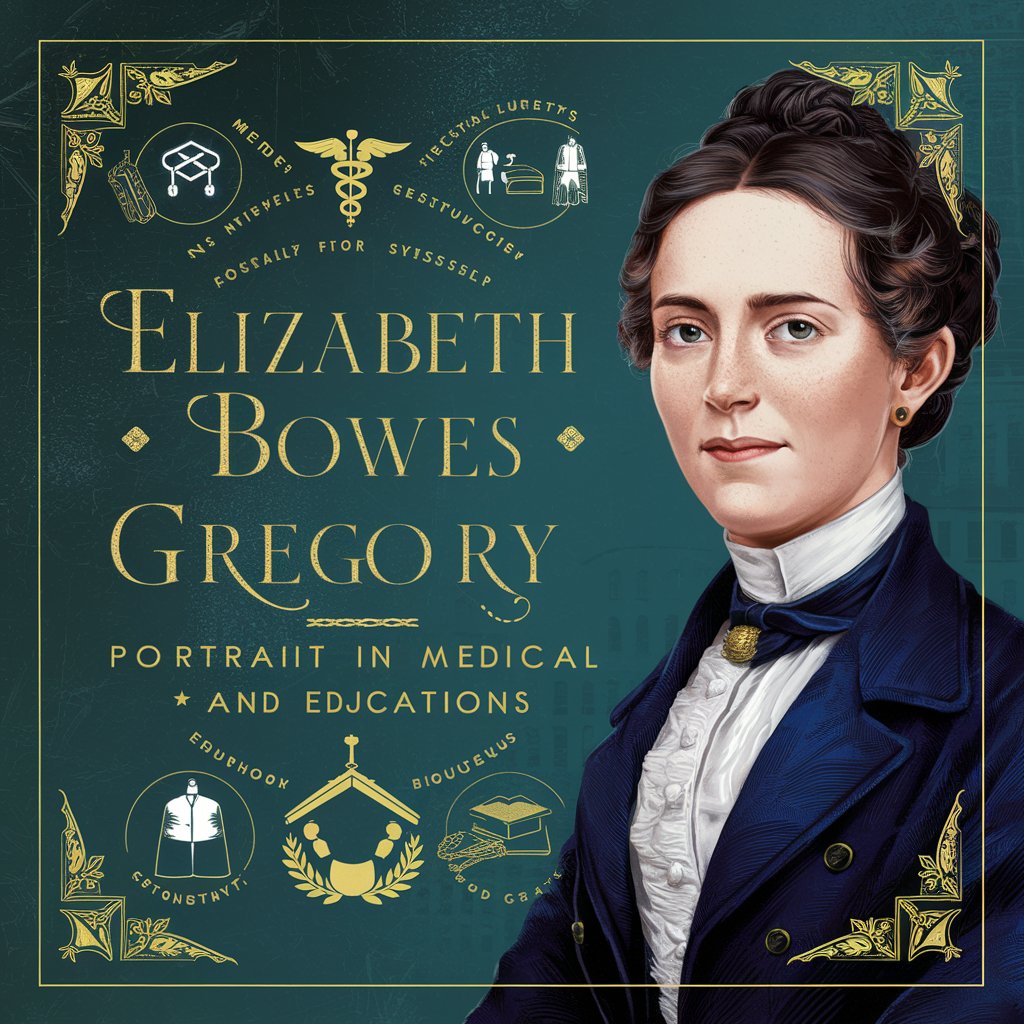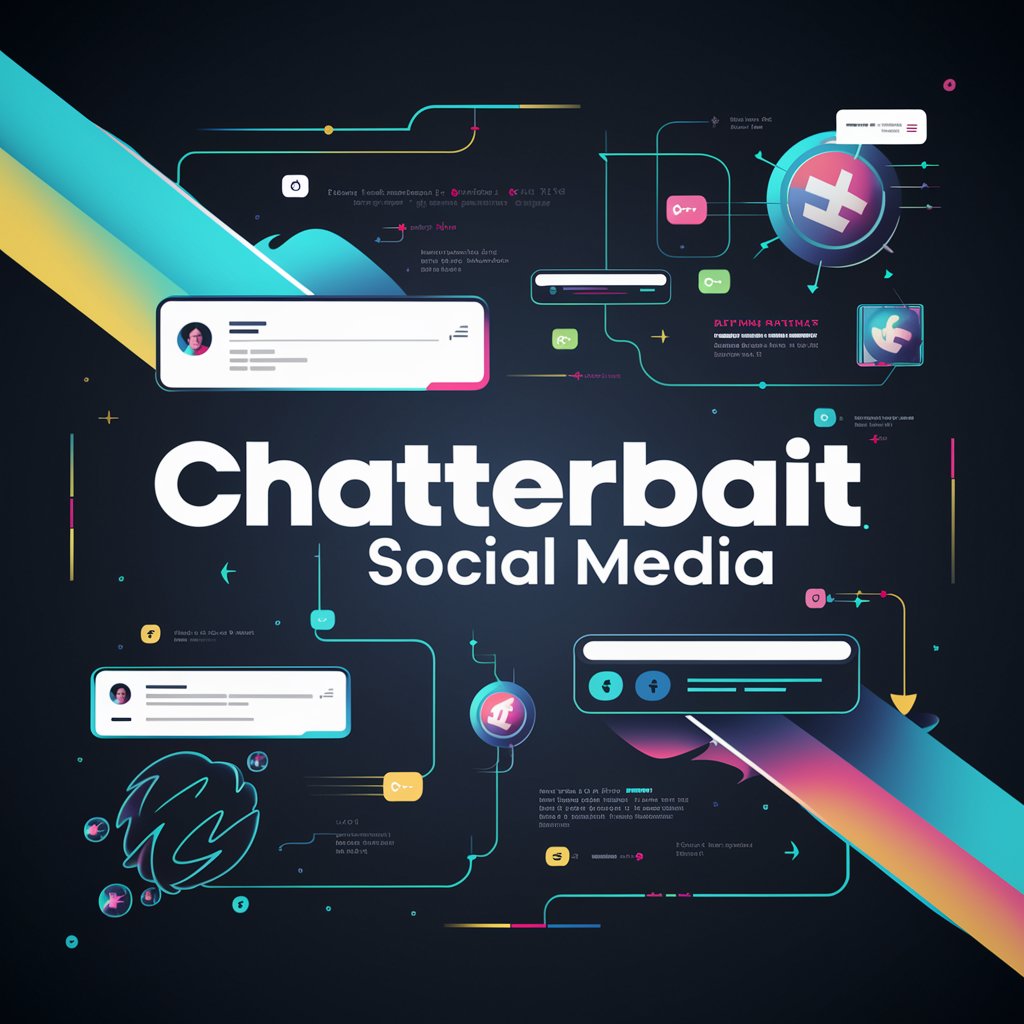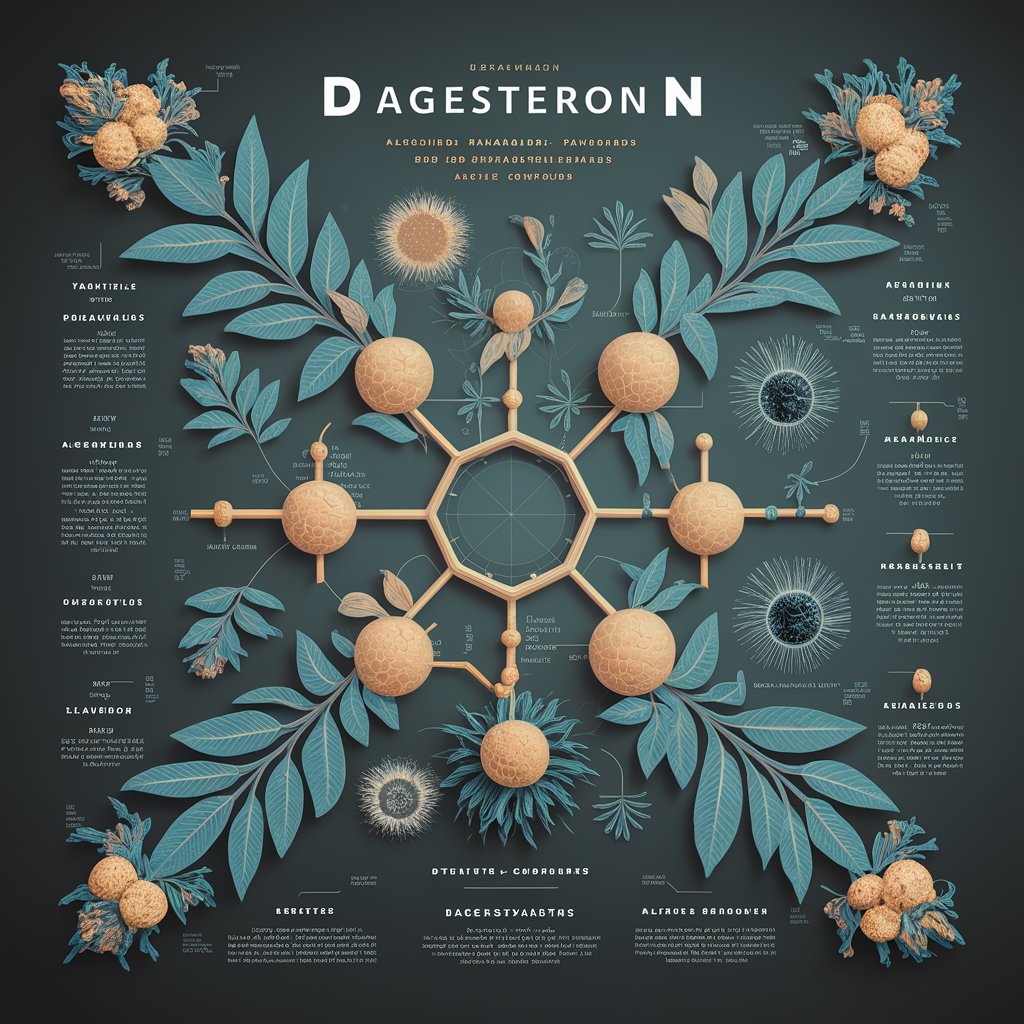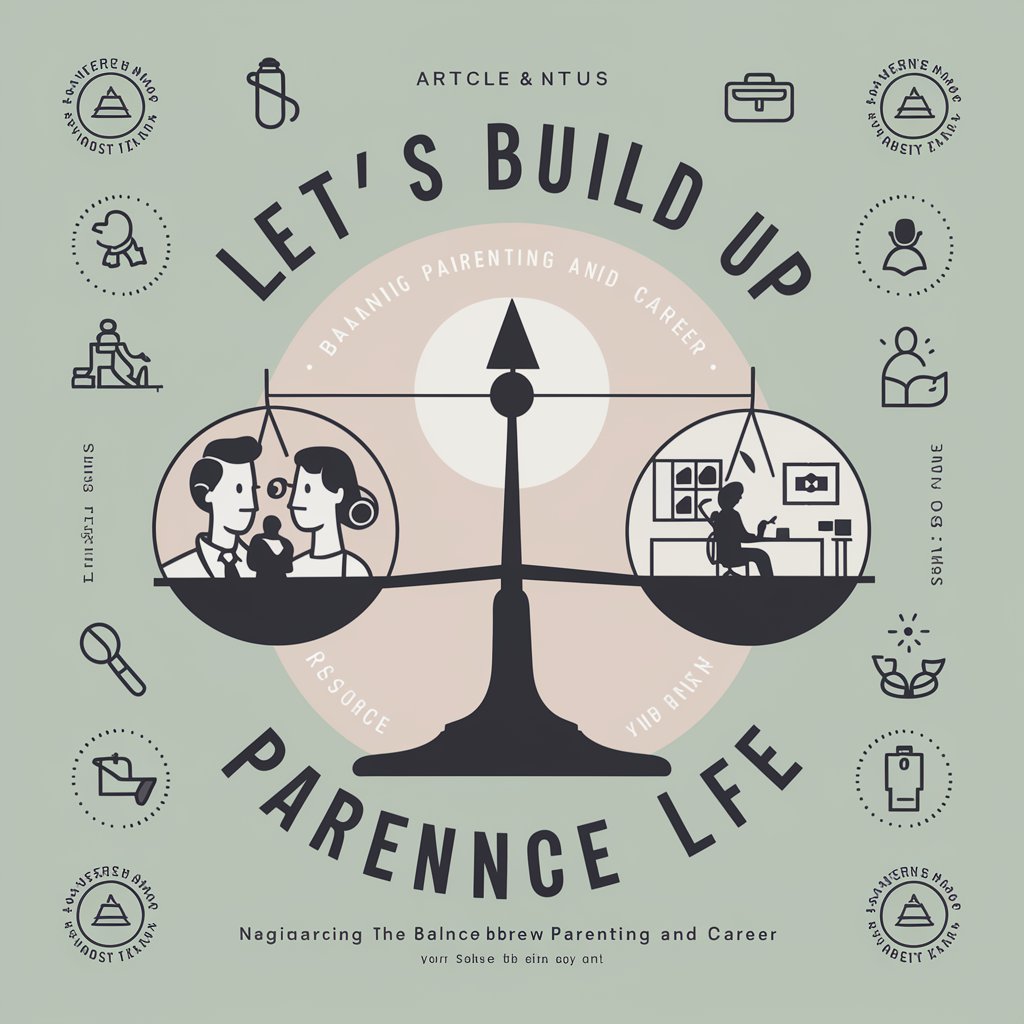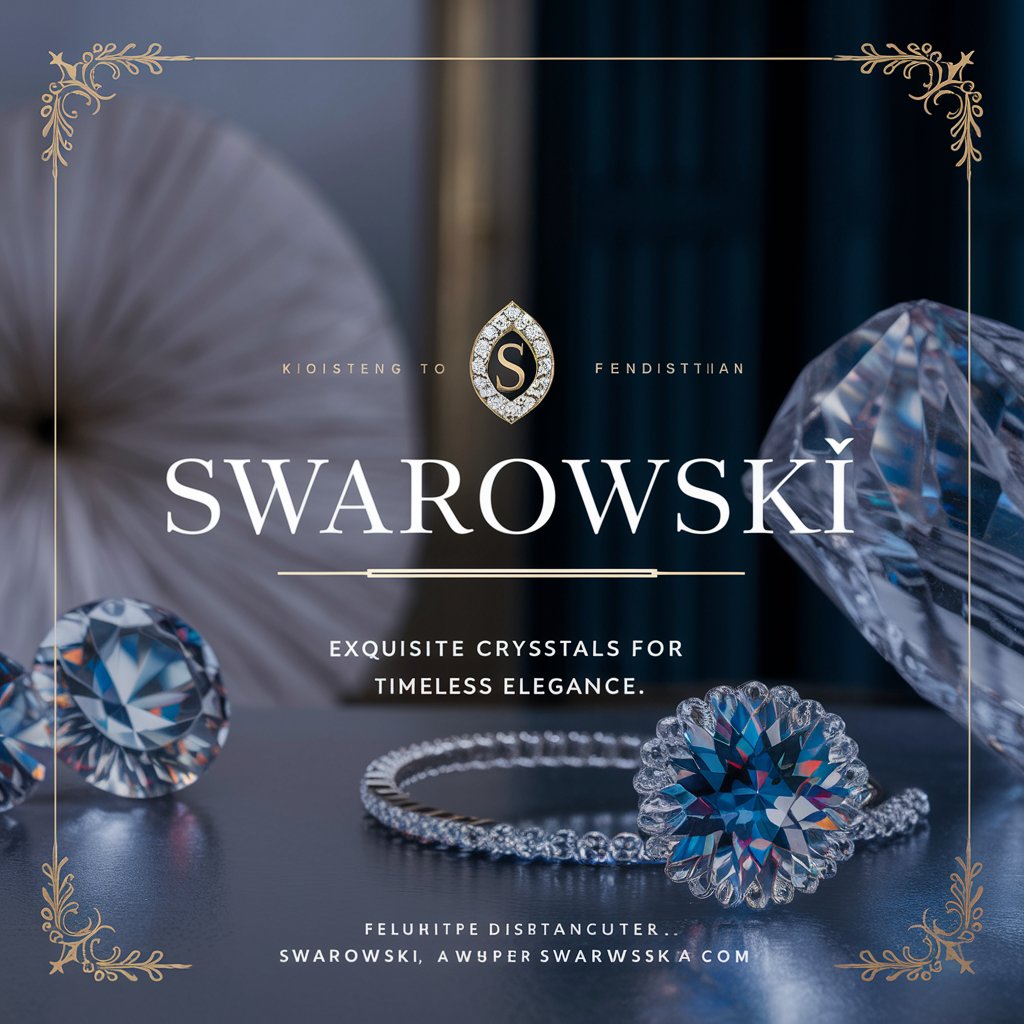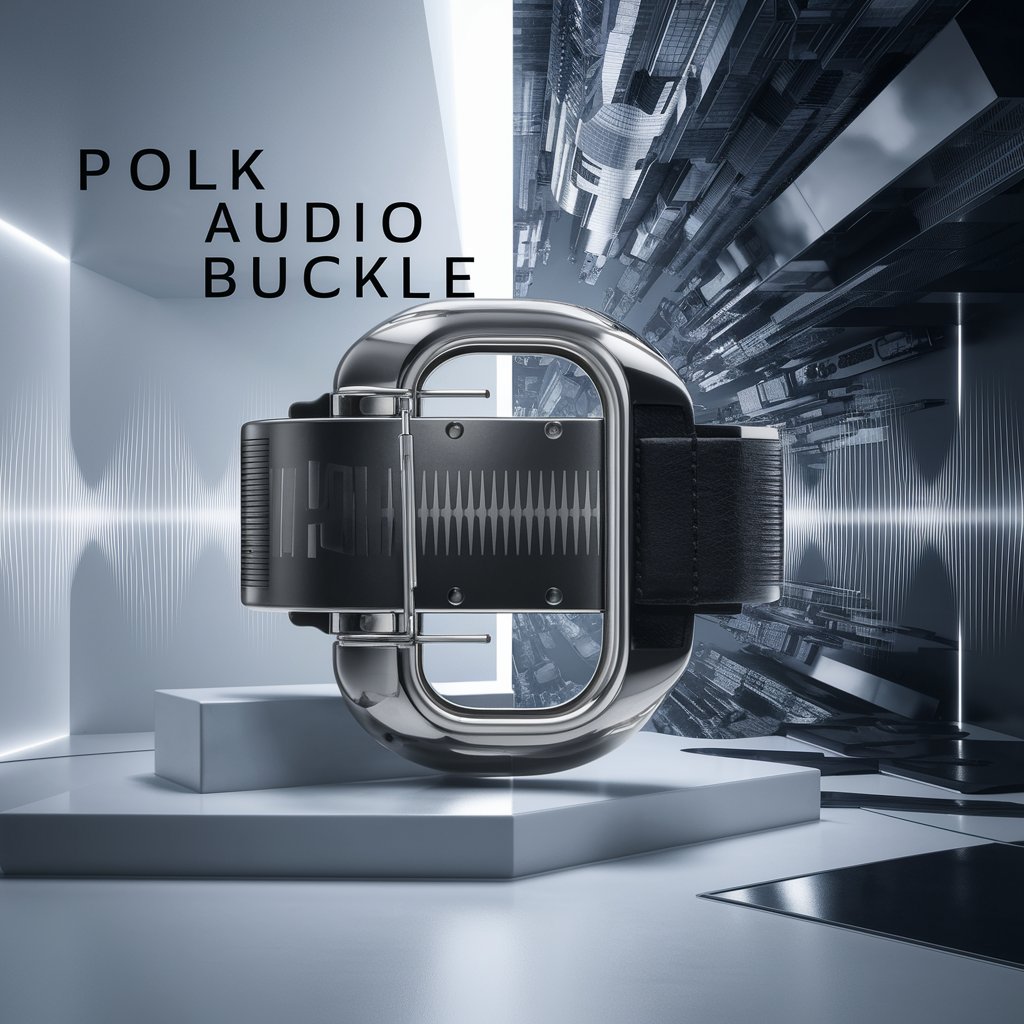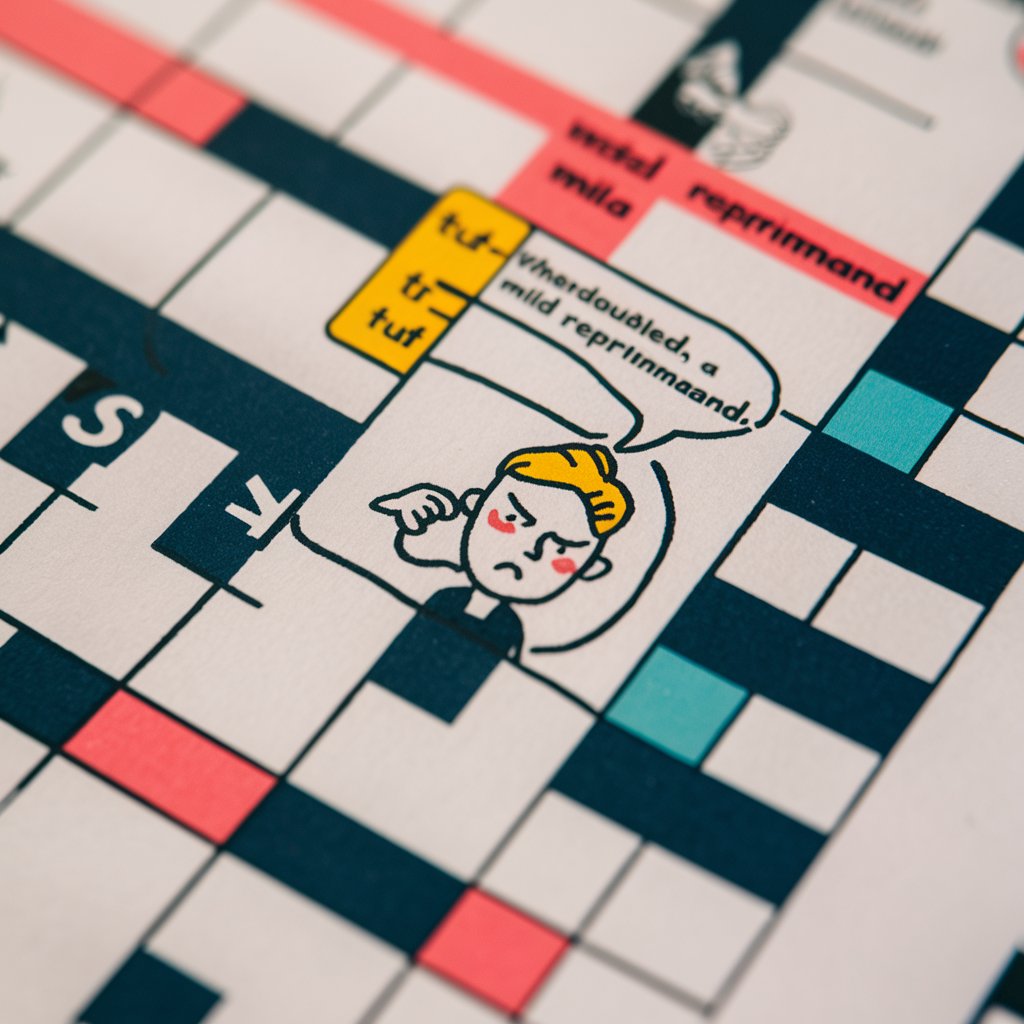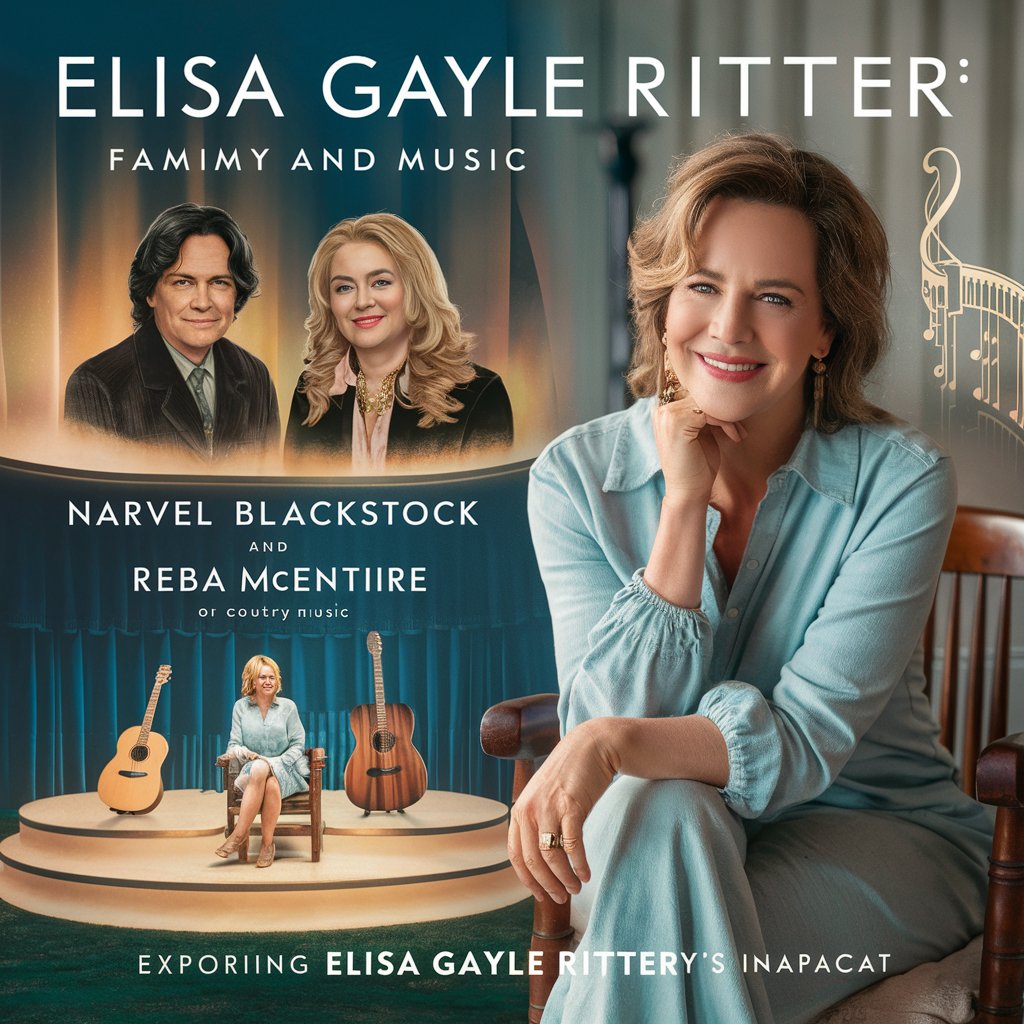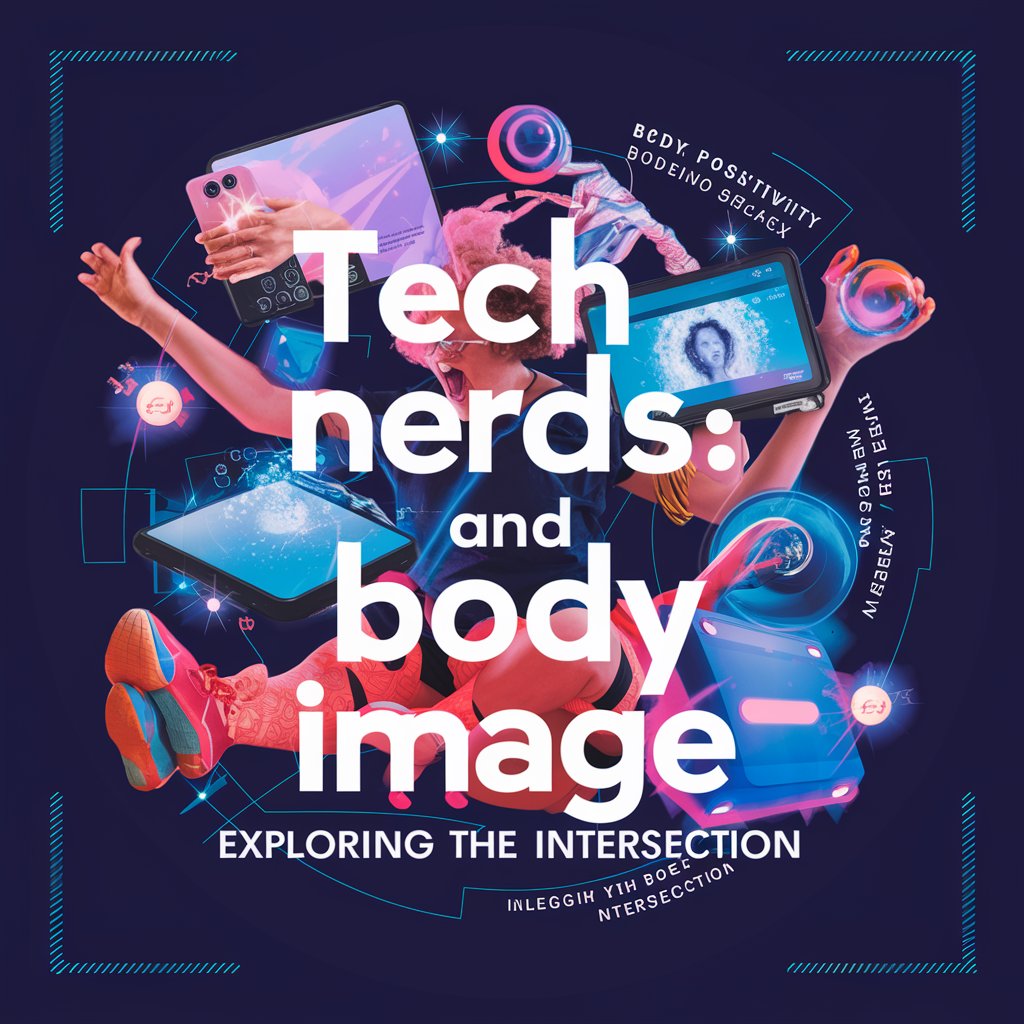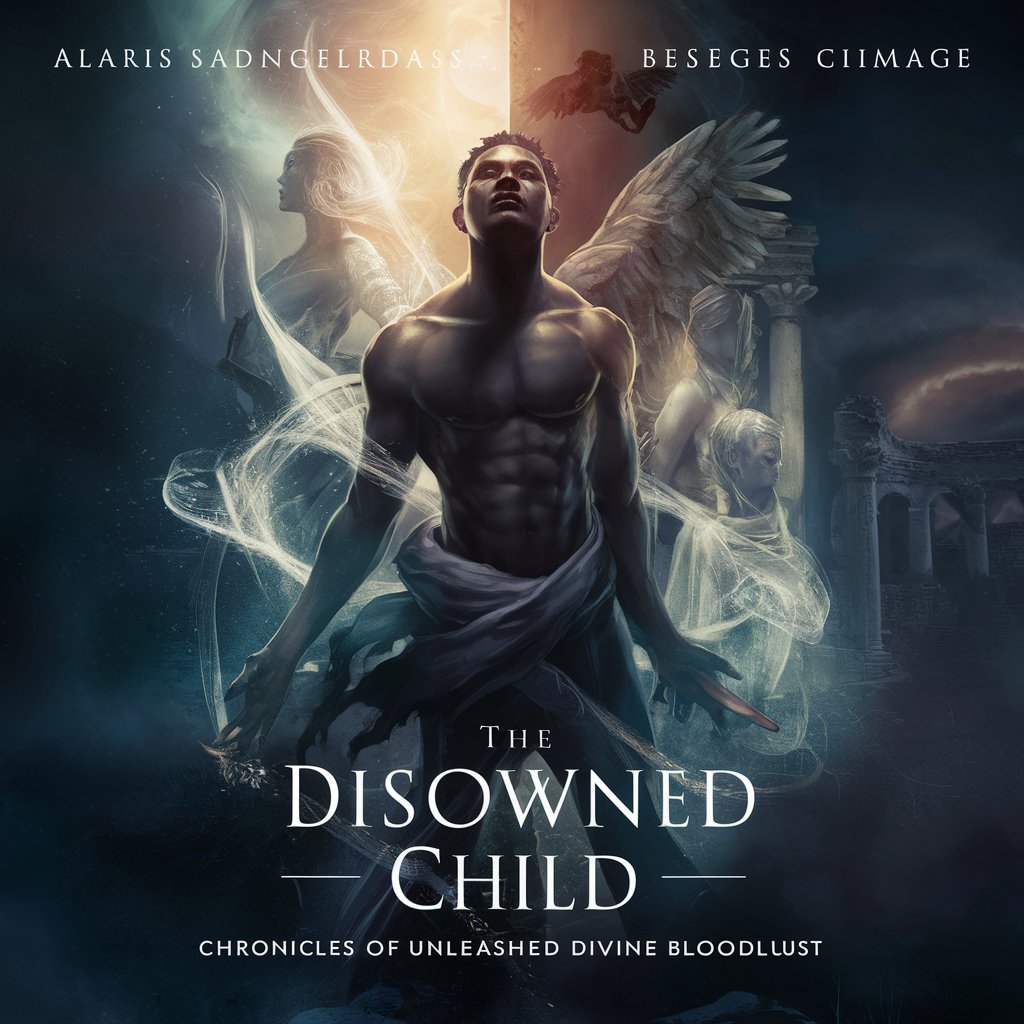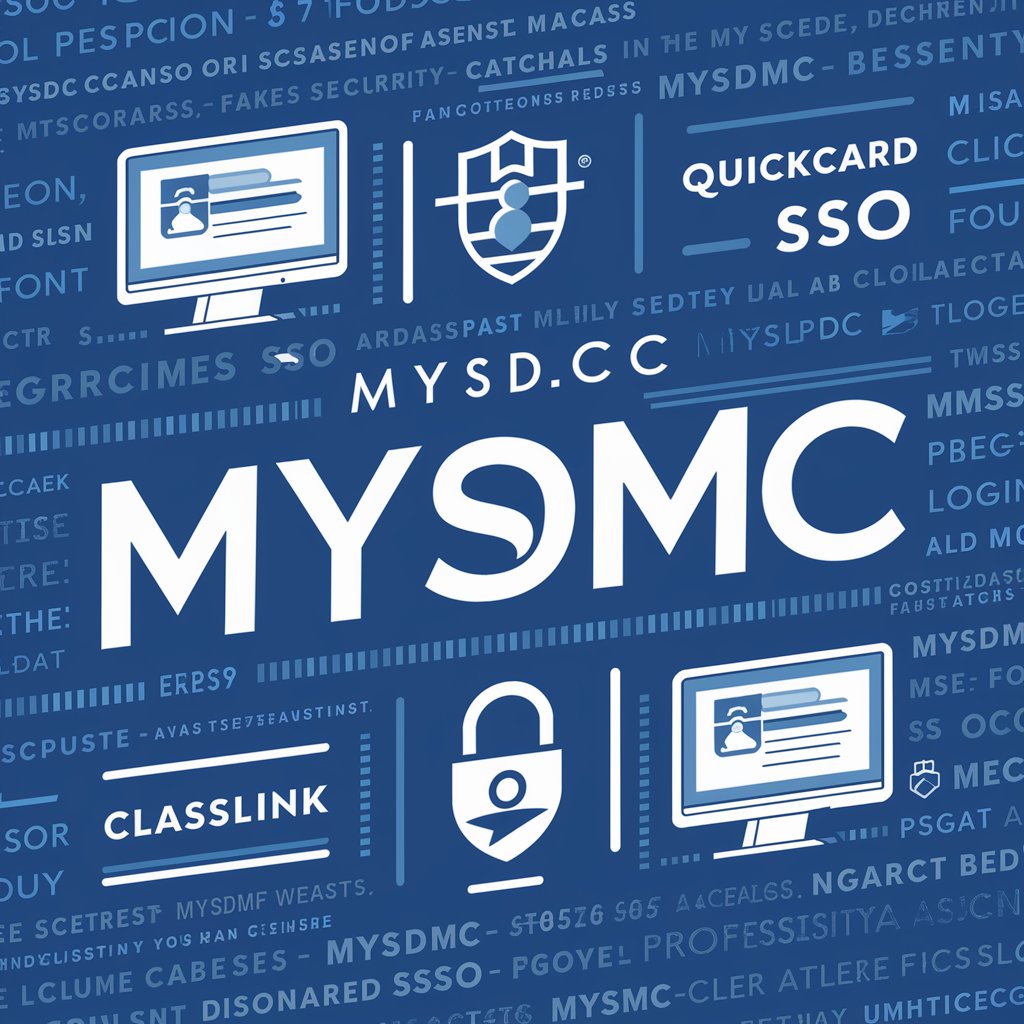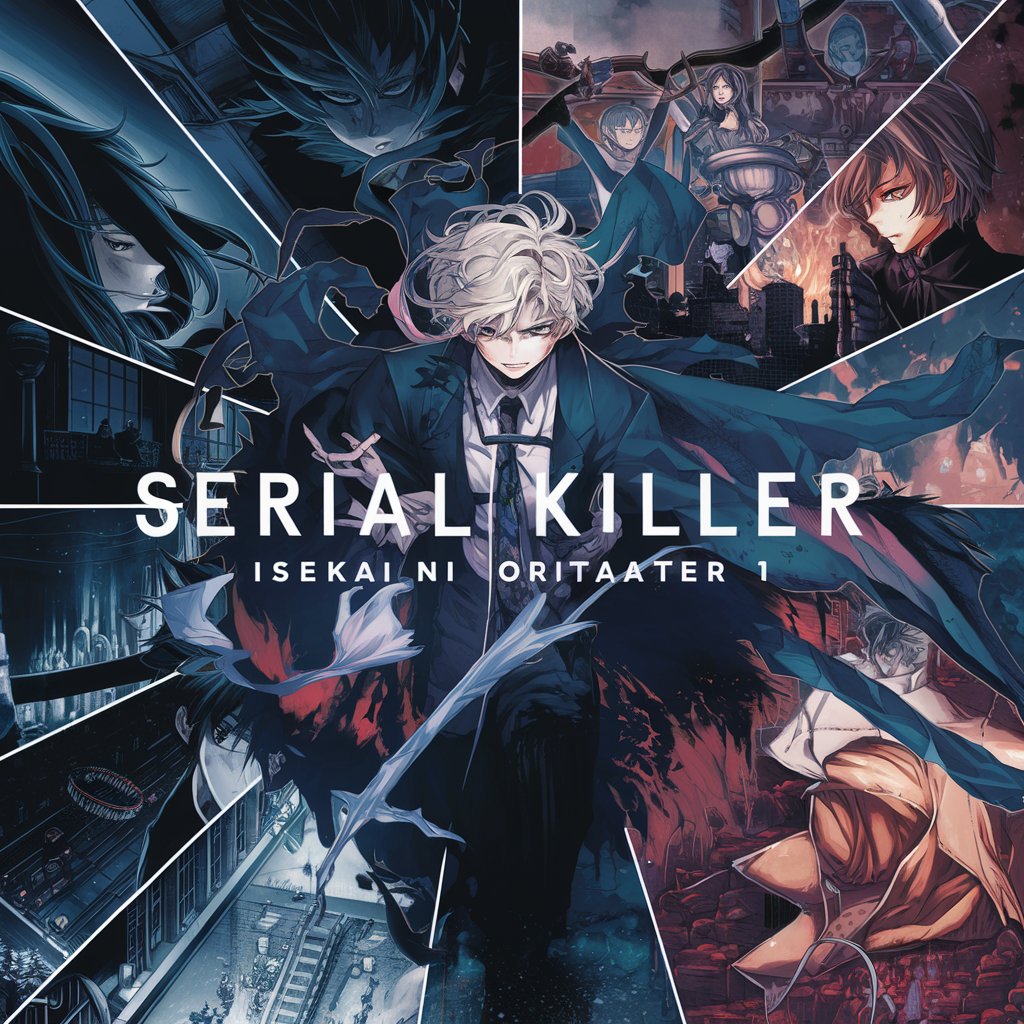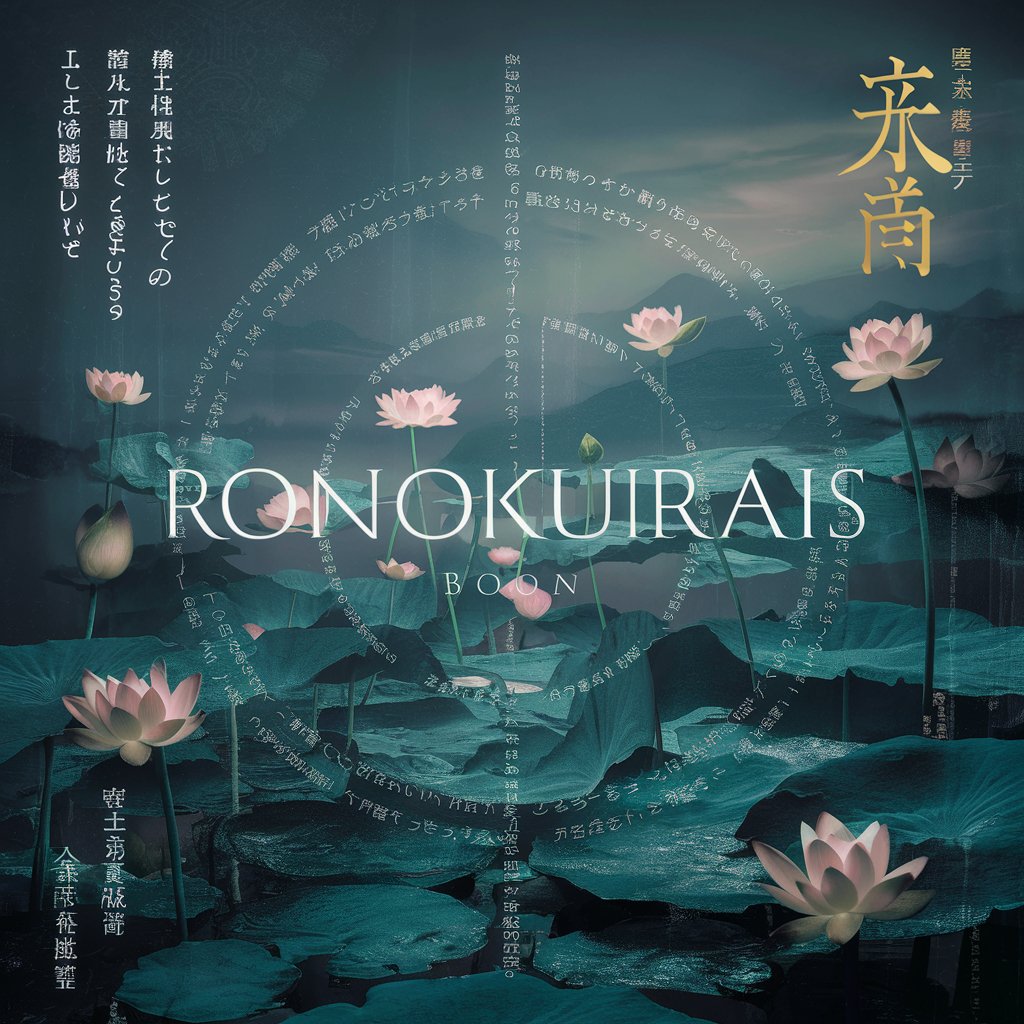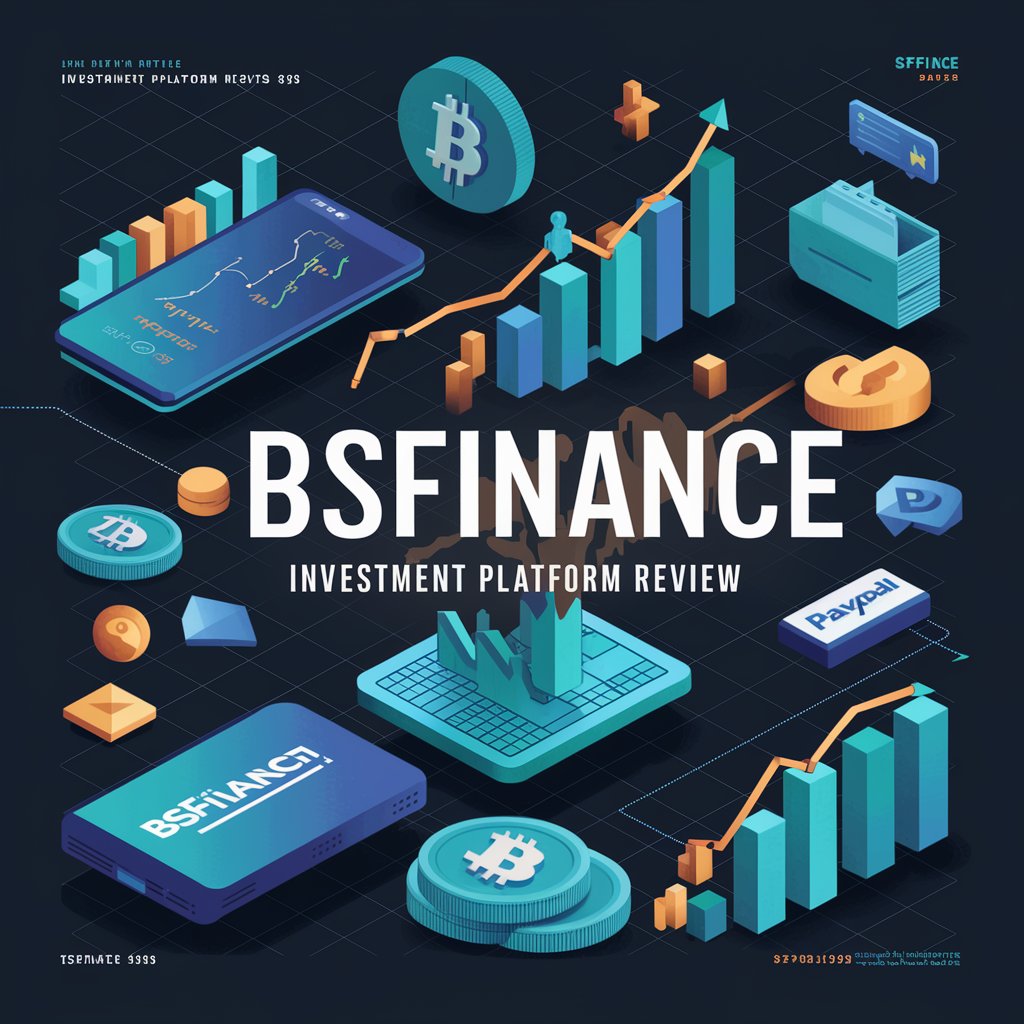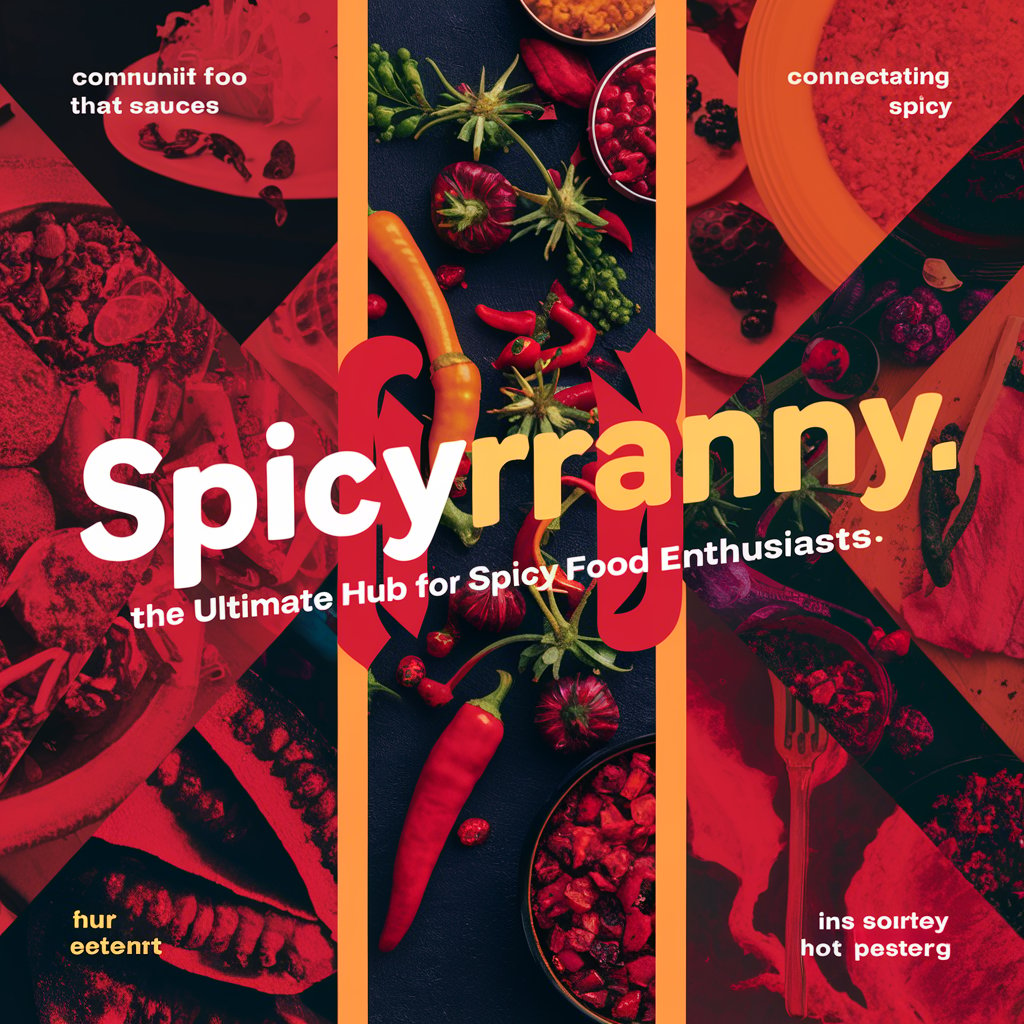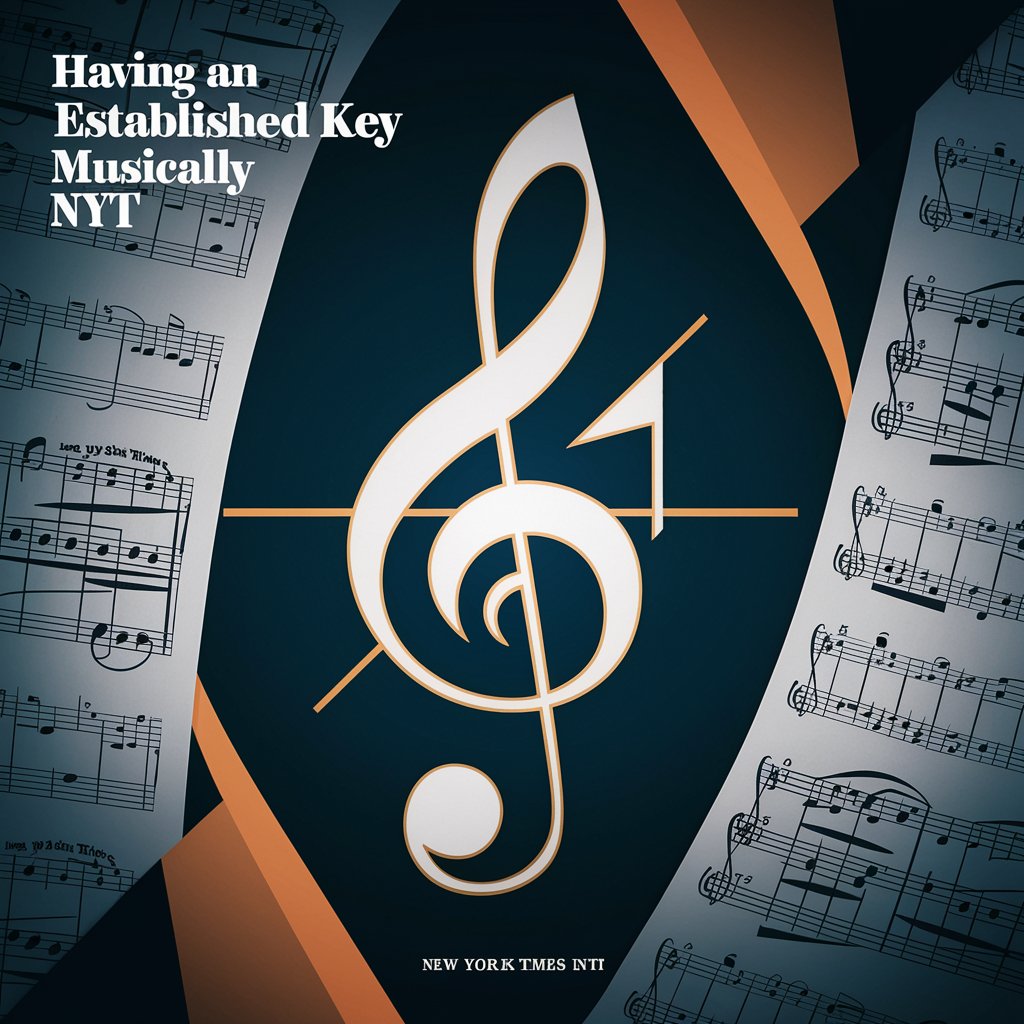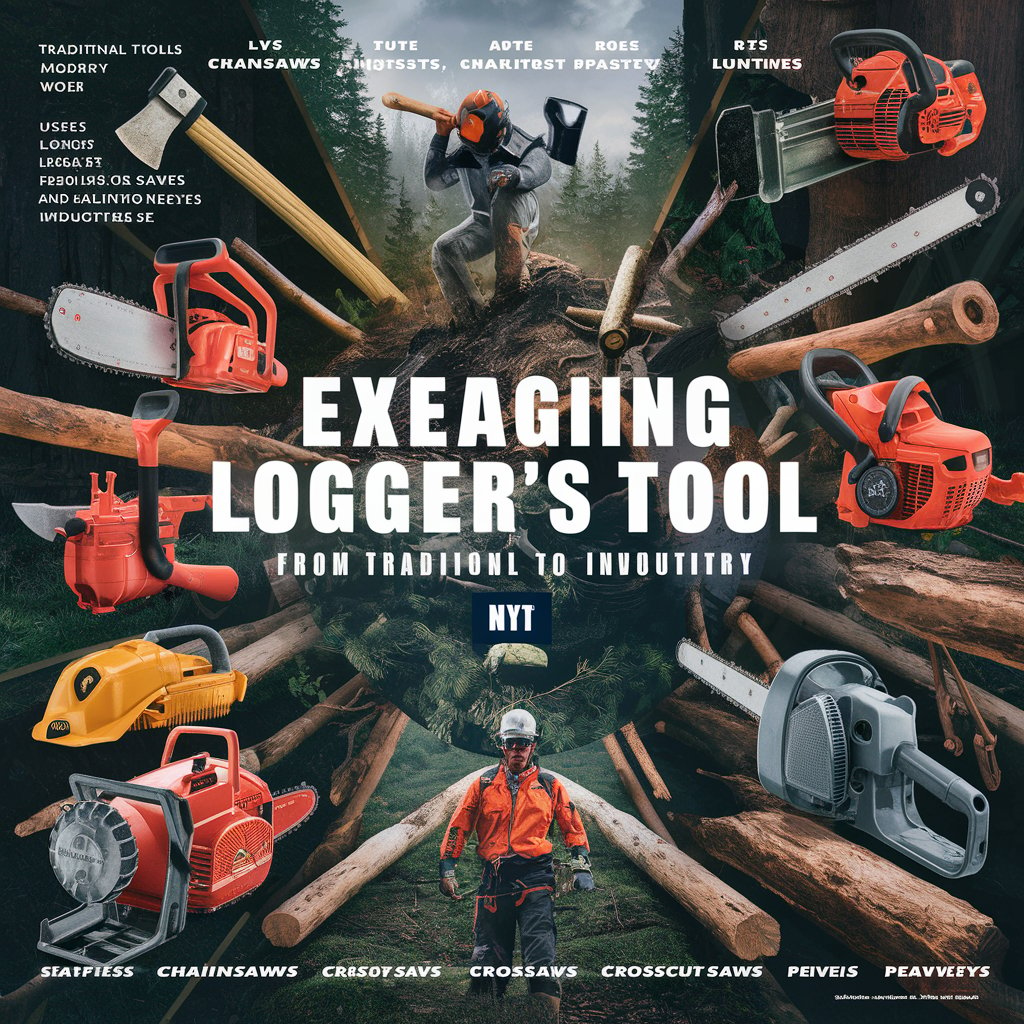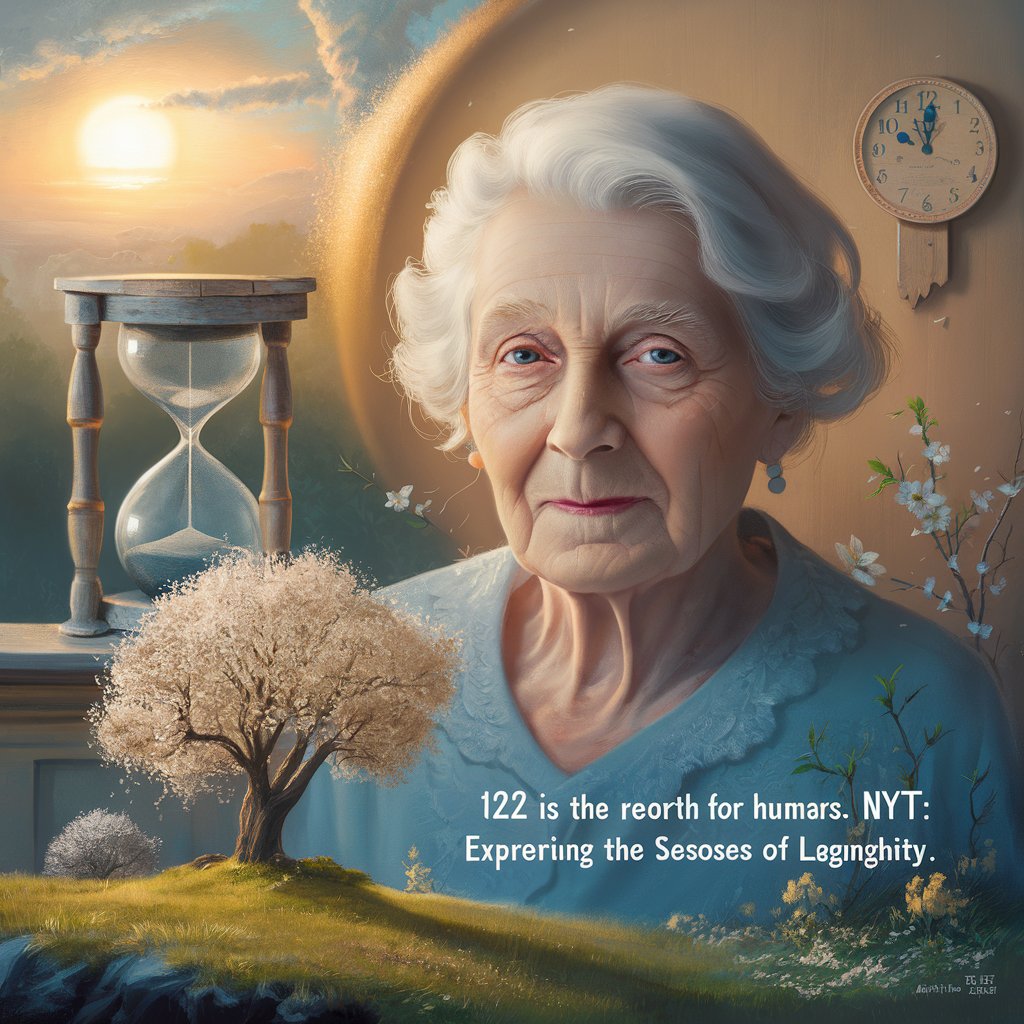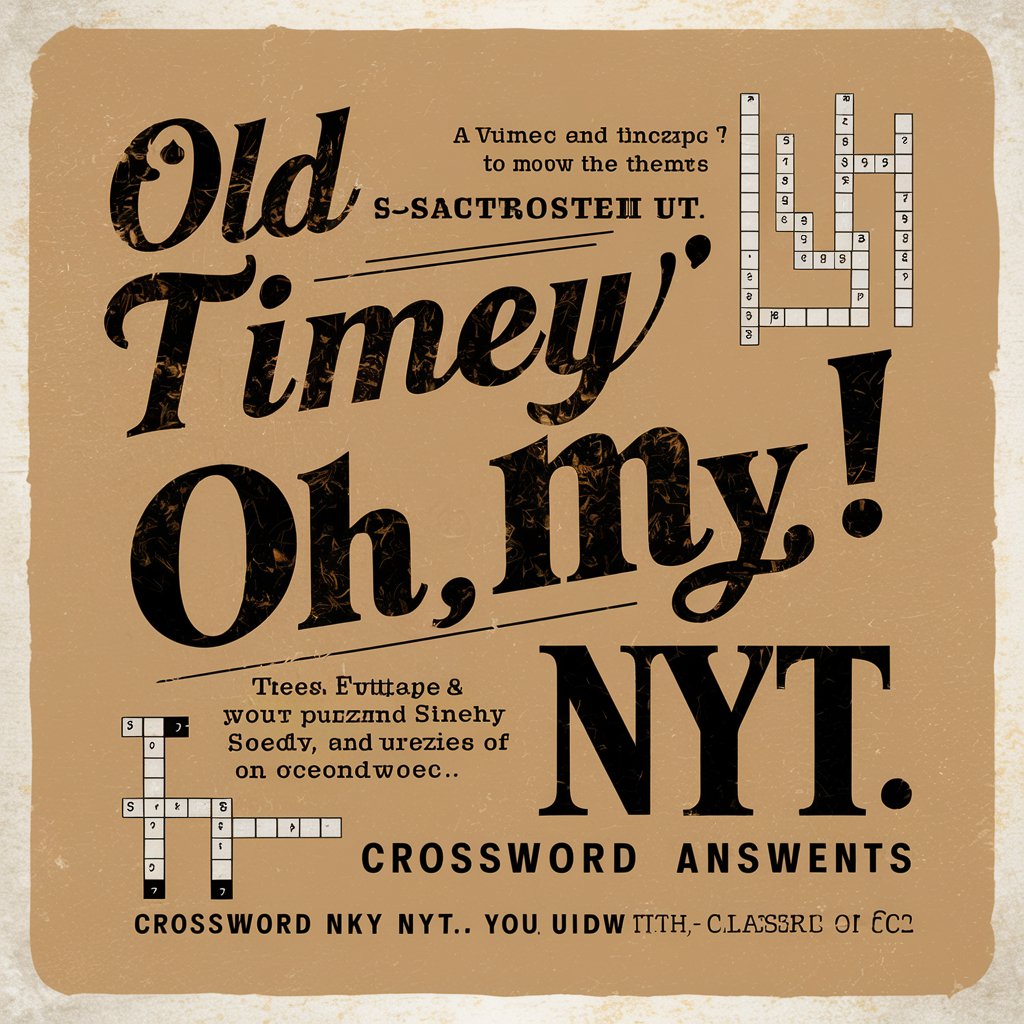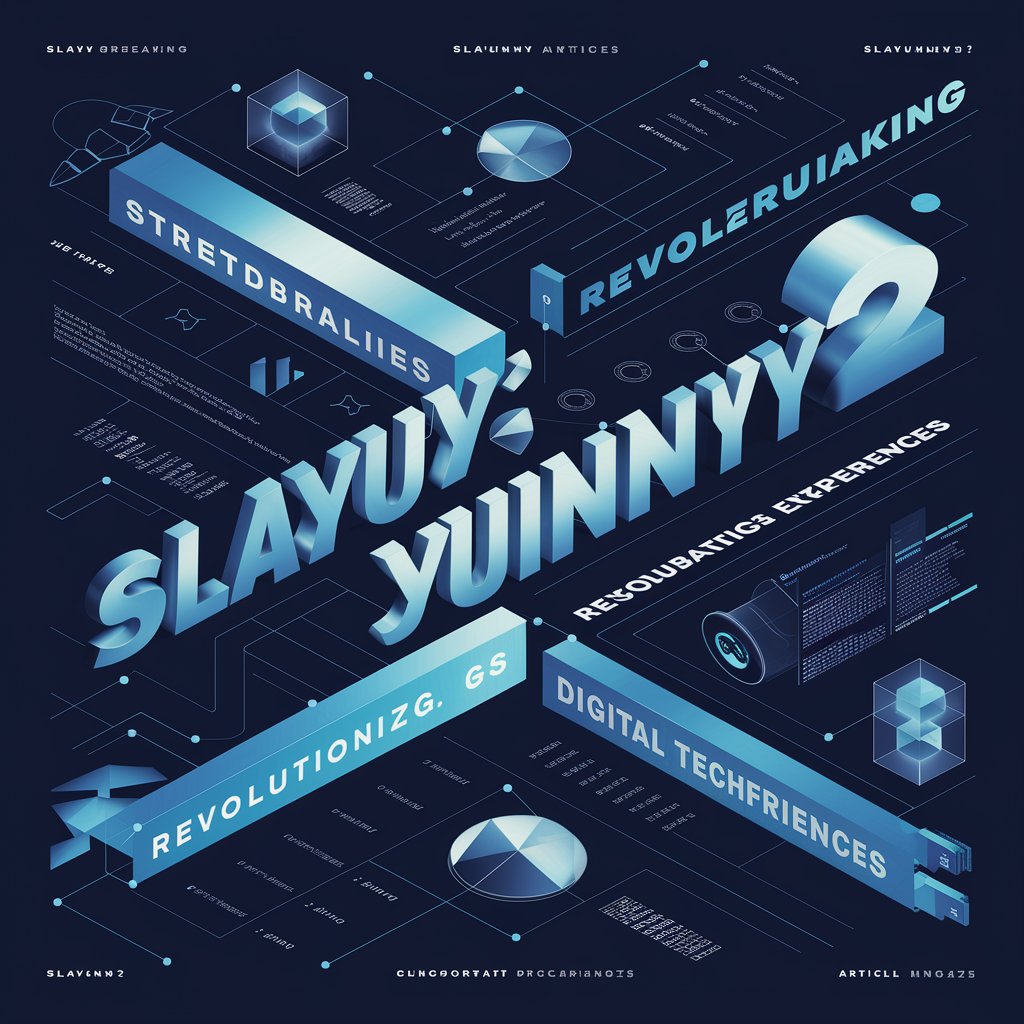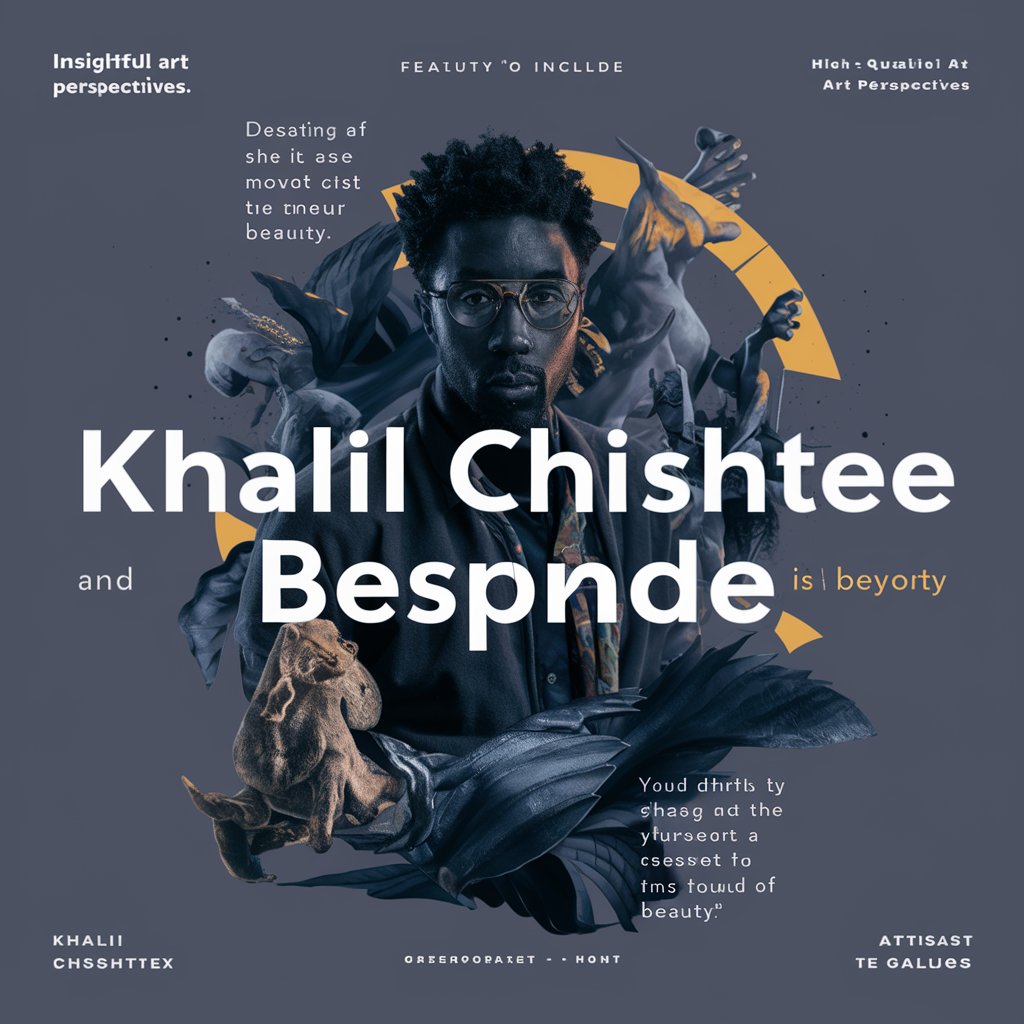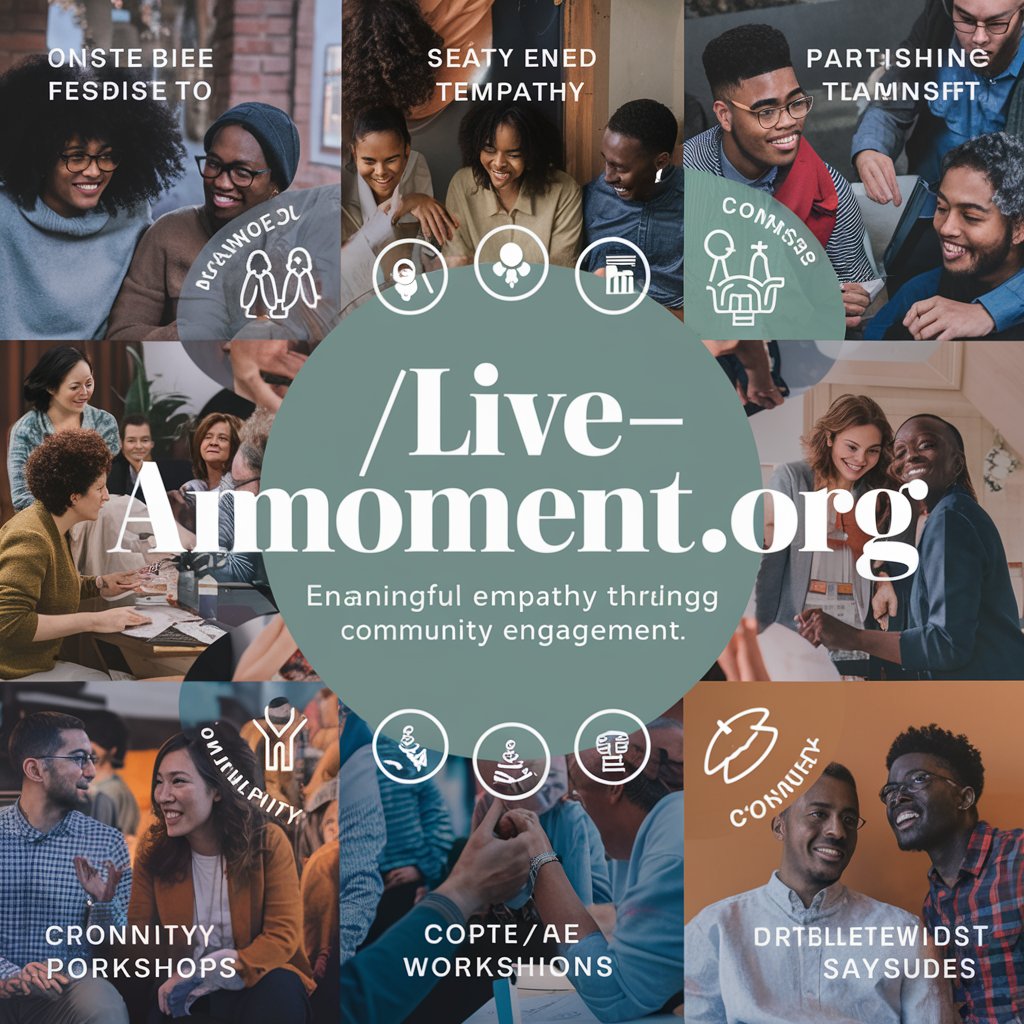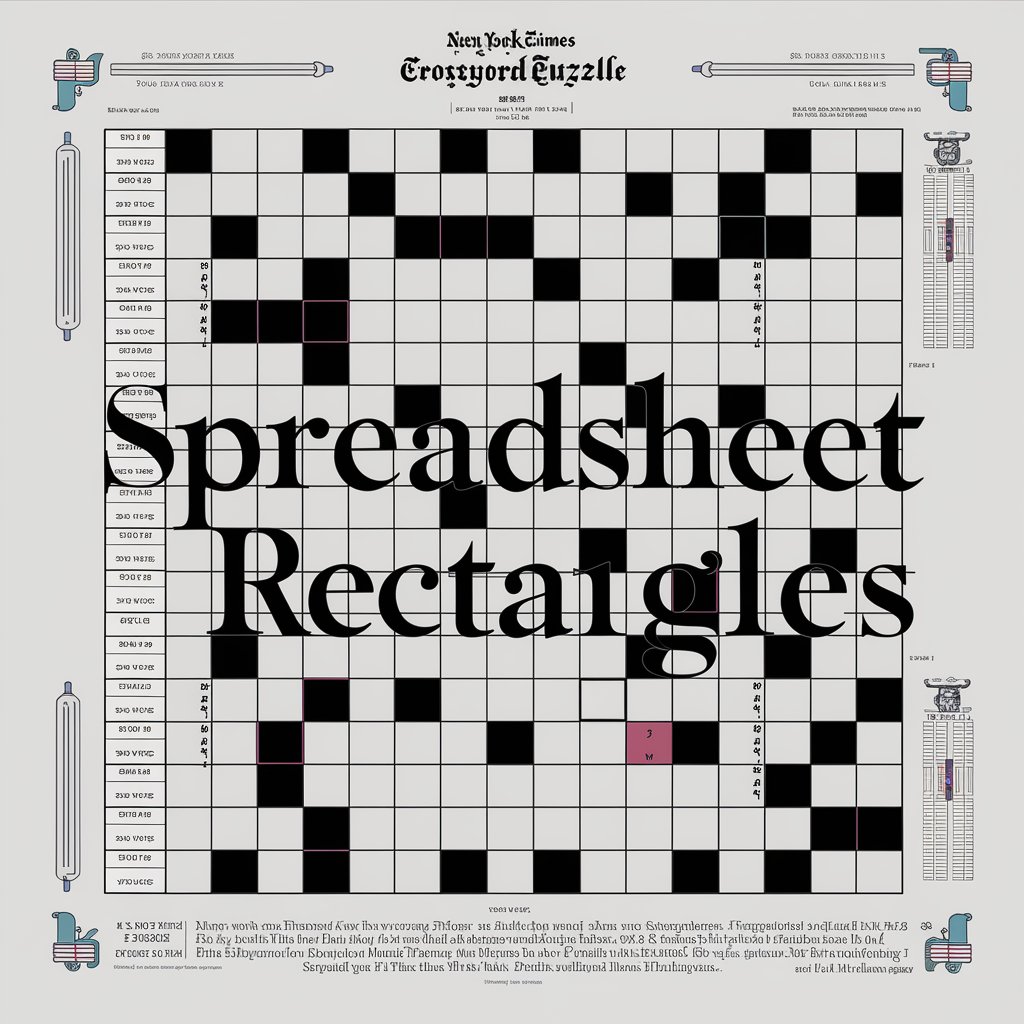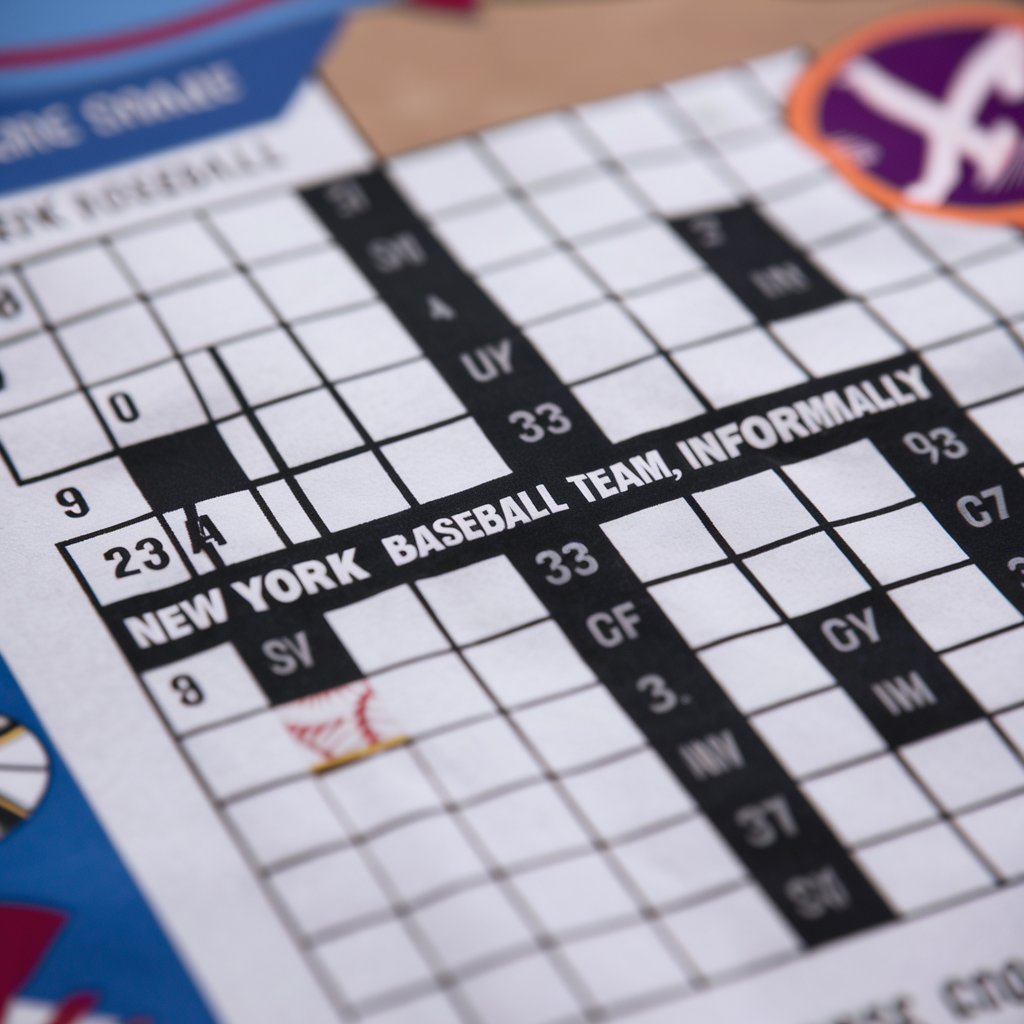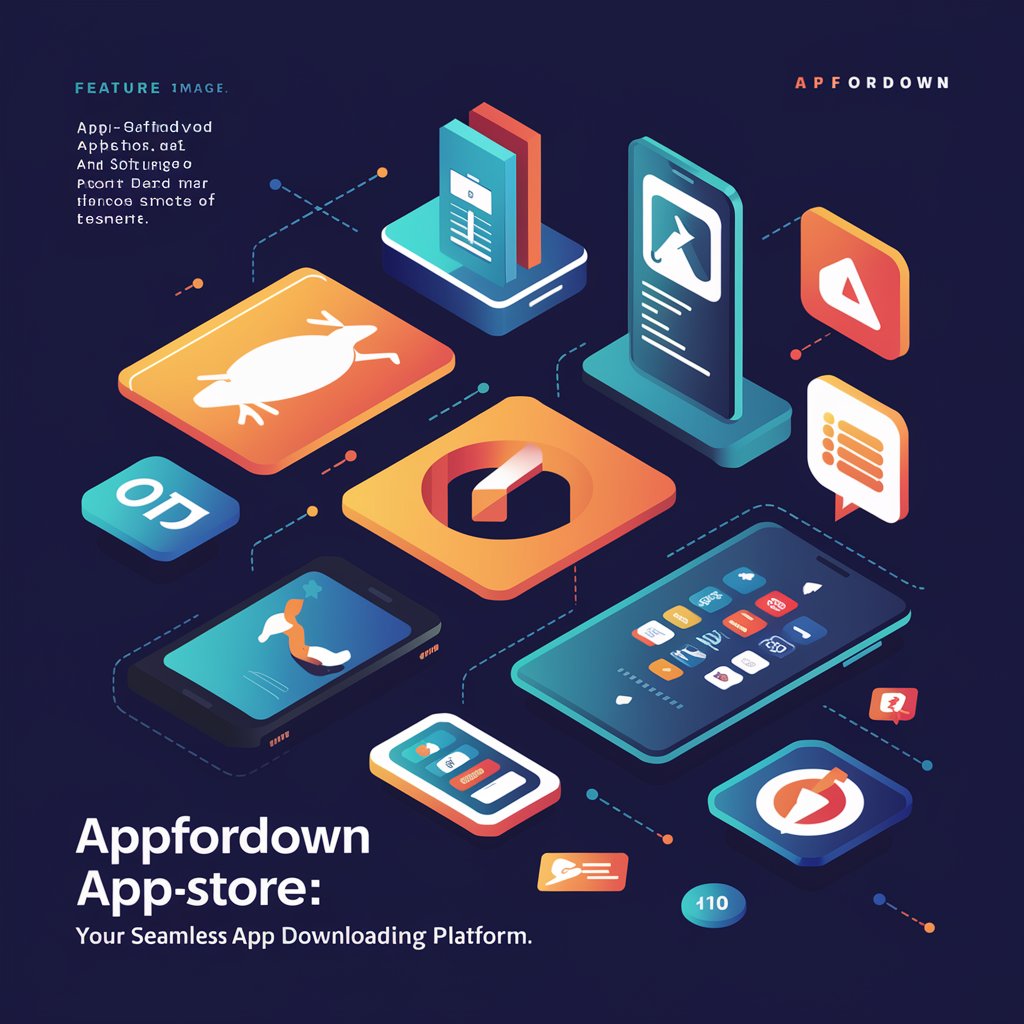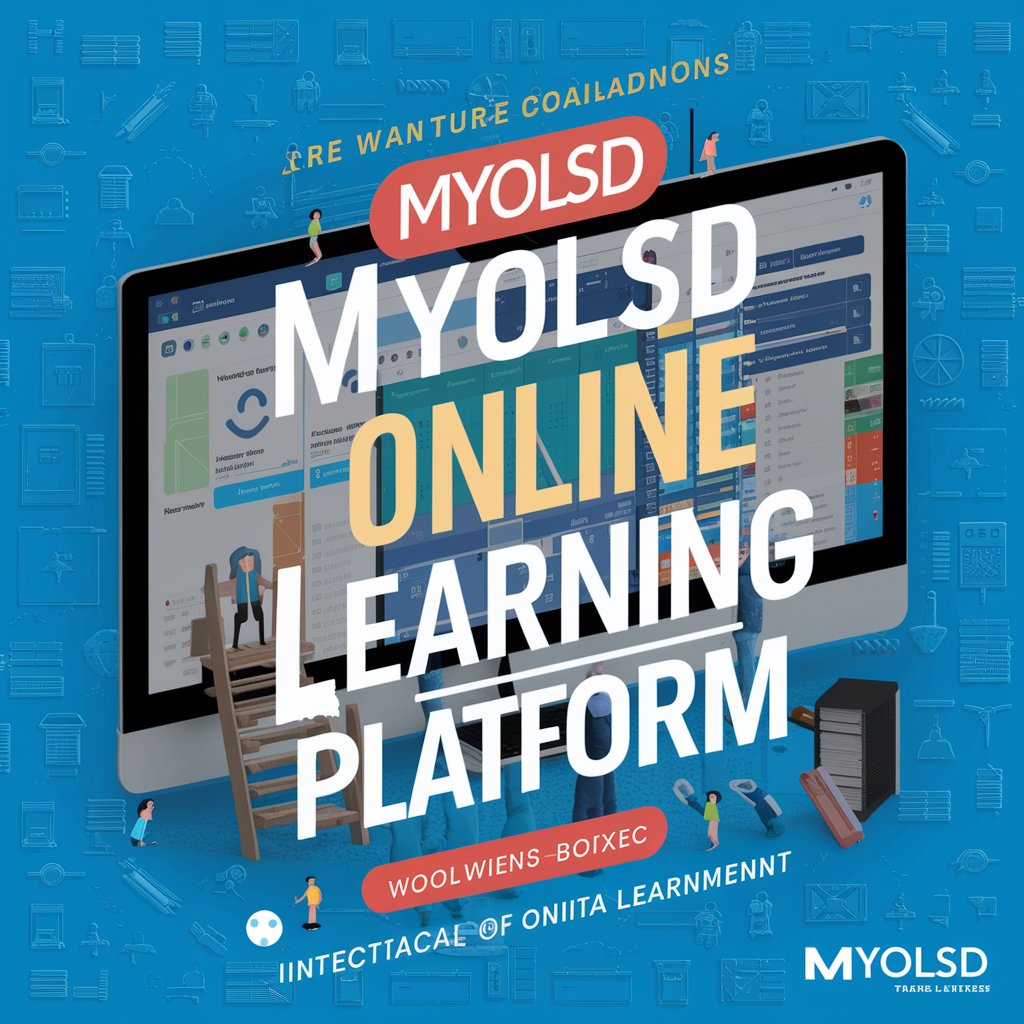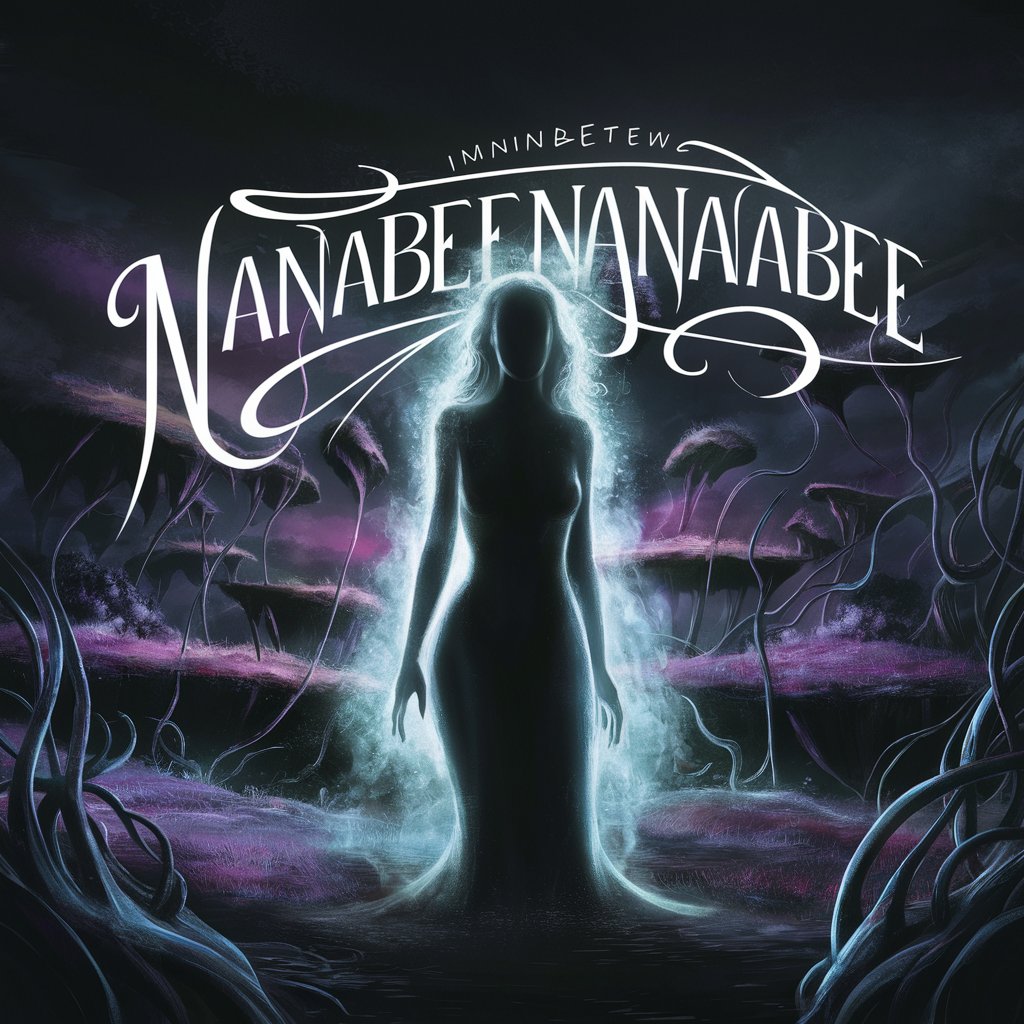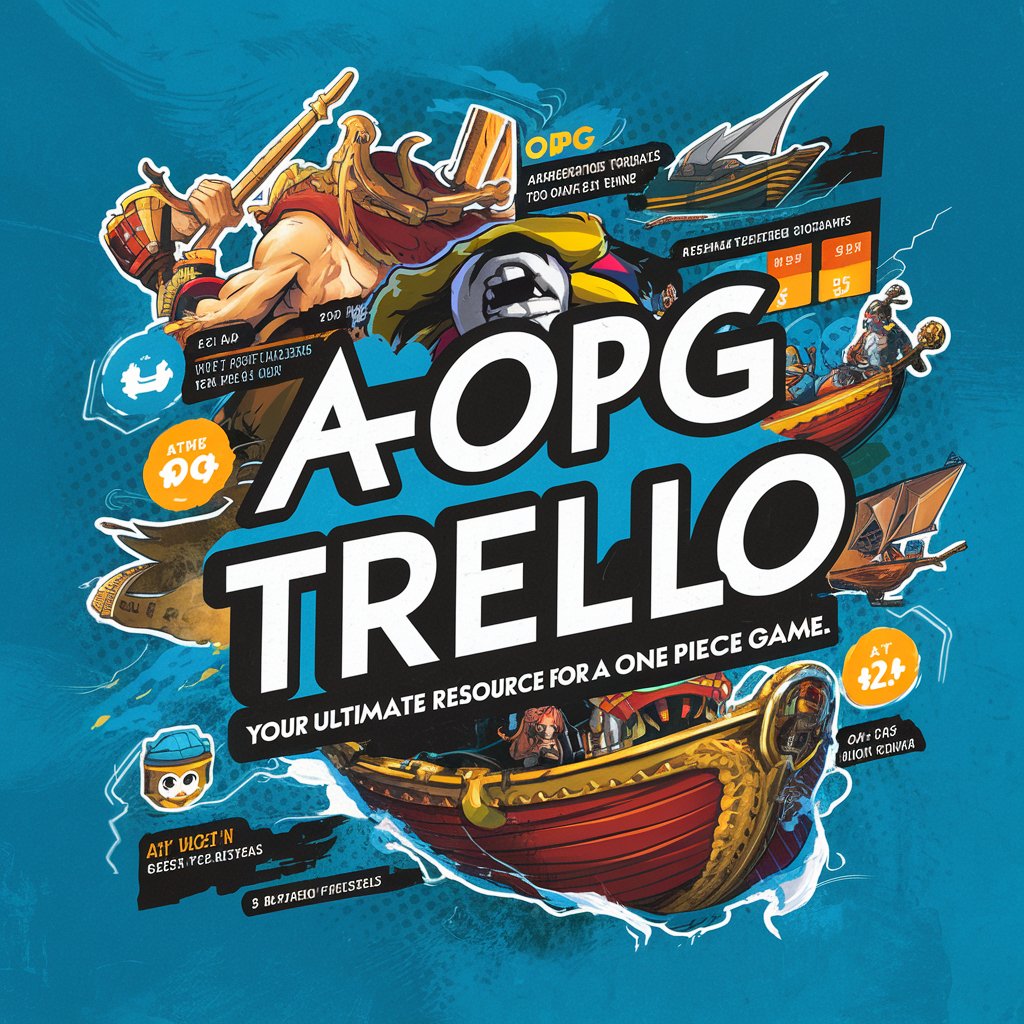Cause of Increased Awws NYT

The phrase “Cause of Increased Awws NYT and Decreased ‘Zzz’s” comes from a clever crossword clue in the New York Times Mini puzzle published on May 27, 2025. This clue, with its four-letter answer “BABY,” captures the heartwarming yet challenging experience of parenthood. Babies bring endless moments of joy, sparking “aww” reactions with their adorable actions, but they also disrupt sleep, leading to fewer “Zzzs” for parents. This article explores why this clue resonated with so many people, diving into the emotional, social, and cultural aspects of babies and their impact on our lives. From their cute behaviors to the challenges of sleepless nights, we’ll look at how babies inspire love and test patience. We’ll also connect this to broader themes like media influence, parenting trends, and how puzzles like the NYT Mini engage our minds. The goal is to break down this simple yet meaningful clue and show why it struck a chord with solvers, parents, and anyone who’s ever smiled at a baby’s giggle or yawned after a long night.
The Charm of the NYT Mini Crossword Clue
The New York Times Mini Crossword is a daily puzzle loved for its quick, clever clues that pack a punch in just a 5×5 grid. The clue “Cause of increased ‘Aww’s and decreased ‘Zzz’s” from May 27, 2025, stood out for its wit and relatability. With the answer “BABY,” it perfectly captures a universal truth about newborns in just four letters. This clue is a great example of how the NYT Mini uses simple language to evoke big emotions. It’s not just a puzzle; it’s a nod to real-life experiences that make solvers smile or nod in recognition.
What makes this clue so charming is its playful wordplay. The “Aww”s represent the heart-melting moments babies create, like their tiny smiles or giggles. The “Zzz”s cleverly hint at sleep, or the lack of it, for new parents. The clue is short but tells a story that anyone can relate to, whether they’re a parent or just know one. It’s this ability to connect with everyday life that makes the NYT Mini so popular. People solve it on their phones or in the newspaper, enjoying a quick mental challenge that feels personal.
The clue also shows the NYT Mini’s knack for blending humor with reality. Babies are adorable, but they’re also exhausting, and the clue sums that up perfectly. It’s a small puzzle, but it sparks big conversations among solvers, from parents sharing stories to puzzle fans admiring the clever phrasing. This clue’s charm lies in its ability to make us laugh, think, and feel all at once, proving why the NYT Mini is a daily ritual for so many.
Why Babies Spark “Aww” Moments
Babies have a special way of making people say “aww” with their adorable actions. From their big, curious eyes to their tiny fingers grabbing yours, everything about them feels like a small miracle. This charm is universal—whether it’s a parent, grandparent, or stranger, babies bring out smiles. Their small size and innocent expressions tap into our instinct to care and protect, making us feel warm and happy inside. It’s no wonder the NYT Mini clue used “aww” to describe this feeling—it’s a sound we all know.
Part of the “aww” factor comes from how babies surprise us with their cuteness. A baby’s giggle, their first wobbly steps, or even a sleepy yawn can melt hearts. These moments are fleeting but powerful, creating memories that stick with us. Social media is full of videos showing babies doing funny or sweet things, and millions watch them because they spark joy. It’s like babies have a magic power to make even a tough day feel lighter. The NYT clue captures this perfectly, reminding us how babies bring out our soft side.
The “aww” moments also connect us to others. When we see a baby, we often share the experience, like pointing out a cute outfit or laugh to a friend. These shared reactions build bonds, whether it’s family cooing over a newborn or strangers smiling at a baby in a store. The clue’s brilliance is how it sums up this universal feeling in a simple word, making solvers think of their own “aww” moments with babies.
The Sleep Struggle: Decoding Decreased Zzzs
Babies are adorable, but they’re also the reason parents lose sleep, as the NYT Mini clue cleverly points out with “decreased Zzzs.” Newborns don’t follow schedules, waking up at all hours for feeding, changing, or just crying. This constant demand leaves parents exhausted, often running on just a few hours of rest. The clue’s use of “Zzzs” is a fun way to describe sleep, mimicking the sound of snoring, but it also highlights a real challenge for new moms and dads.
The sleep struggle is toughest in the first few months. Babies might wake up every two or three hours, needing attention each time. This disrupts parents’ sleep cycles, making it hard to feel rested. Even when babies sleep longer, parents often stay alert, listening for any sound. It’s a tiring phase, but it’s also temporary, as babies gradually sleep more as they grow. The NYT clue connects with anyone who’s been through this, turning a tough experience into something relatable and even a bit funny.
Despite the exhaustion, parents keep going because of love. The same baby causing sleepless nights also brings joy with every smile. The clue captures this balance—babies take away sleep but give so much back. It’s a reminder that the “Zzz” struggle is part of the parenting journey, shared by millions.
The Emotional Power of Babies
Babies have a unique ability to stir deep emotions in everyone around them. The NYT Mini clue about “increased awws” taps into this by highlighting how babies make us feel love, joy, and even wonder. A baby’s smile or curious gaze can instantly lift your mood, creating a connection that feels almost magical. This emotional pull is why people can’t help but stop and coo at a baby in a stroller. It’s a natural response that comes from our instinct to nurture and care.
This emotional power goes beyond just cuteness. Babies remind us of life’s simple joys and new beginnings. When a baby laughs or reaches out, it can make even the grumpiest person soften. For parents, these moments are treasures, like when their baby first says “mama” or “dada.” These experiences create strong bonds that last a lifetime. The NYT clue captures this by linking babies to “awws,” a sound that expresses pure, heartfelt emotion.
The flip side is that babies also bring challenges that test emotions. Sleepless nights and constant care can lead to stress or worry. Yet, even these tough moments deepen the emotional connection, as parents feel a mix of love and responsibility. The clue’s charm is how it sums up this emotional rollercoaster in a way that feels true and relatable.
How Babies Shape Family Life
Babies bring big changes to a family, turning everyday routines upside down in the best and hardest ways. The NYT Mini clue about “awws” and “Zzzs” hints at this transformation, showing how babies fill homes with love and chaos. From the moment a baby arrives, parents rearrange their lives around feeding times, naps, and diaper changes. This shift creates new rhythms, where late-night cuddles and early-morning giggles become the new normal.
These changes strengthen family bonds. Parents, siblings, and even grandparents rally around the baby, sharing moments of joy, like watching them take their first steps. These experiences create stories families tell for years, building a sense of togetherness. The “aww” moments, like a baby’s first smile, bring everyone closer, while the sleepless nights teach patience and teamwork. The NYT clue captures this mix of joy and challenge, reflecting how babies redefine what family means.
Beyond the home, babies also connect families to communities. New parents might join playgroups or share tips with friends, creating new support networks. Every coo or cry shapes not just the family’s daily life but also their priorities, making love and care the center of everything. This is why the clue resonates—it sums up the beautiful, messy way babies change lives.
The Role of Media in Celebrating Babies
Media plays a huge role in making babies seem even more adorable, amplifying the “aww” moments the NYT Mini clue describes. From TV shows to social media, babies are everywhere, stealing hearts with their cute antics. Viral videos of babies laughing or dancing get millions of views on platforms like TikTok and YouTube. These clips spread joy quickly, making people smile and share them with friends. The media knows babies are a sure way to grab attention, and that’s why they’re featured so often.
Advertising also uses babies to create emotional connections. Think of diaper commercials with chubby-cheeked babies giggling or sleeping peacefully. These images make us feel warm and remind us of the love babies bring. Even news stories often highlight heartwarming baby moments, like a newborn’s first smile or a community coming together for a baby in need. The NYT clue taps into this media-driven love for babies, showing how their charm is celebrated far and wide.
Social media, especially, makes it easy for parents to share their own “aww” moments. Photos of babies in cute outfits or videos of their first words spread quickly, creating a cycle of joy. This media focus strengthens the “aww” factor, making babies a symbol of happiness and hope that connects us all through shared emotions.
Parenting in the Modern World
Parenting today is a unique mix of joy and challenges, perfectly captured by the NYT Mini clue about “awws” and “Zzzs.” Babies bring endless love, but modern parents face new pressures. Technology, work demands, and social expectations make raising a baby different from past generations. Parents juggle jobs, childcare, and the urge to post cute baby moments online, all while trying to catch a few hours of sleep. The clue’s nod to sleepless nights feels especially real in this fast-paced world.
One big change is the role of technology. Apps track feeding schedules, sleep patterns, and diaper changes, helping parents stay organized. But screens also add stress, with constant advice from parenting blogs or social media comparisons. The “aww” moments, like a baby’s first word, are often shared online, creating a digital scrapbook but also pressure to show a perfect life. The NYT clue reflects this balance of joy and challenge in modern parenting.
Despite these pressures, the love for babies keeps parents going. The same technology that overwhelms also connects them to support groups and advice. The clue reminds us that, even in a busy world, the “awws” and “Zzzs” of parenting are universal, tying families together through shared experiences and emotions.
Why Crosswords Like NYT Mini Connect Us
Crosswords like the NYT Mini have a special way of bringing people together, and the clue about “increased awws and decreased Zzzs” shows why. With its simple answer, “BABY,” it taps into a shared human experience that makes solvers feel connected. Whether you’re solving it over coffee or during a quick break, the Mini’s clever clues spark smiles and conversations. It’s a daily ritual that feels personal yet universal, linking people across different lives and places.
The NYT Mini’s charm lies in its accessibility. It’s short, taking just a few minutes, so anyone can try it, from beginners to puzzle pros. The “aww” and “Zzz” clue resonates because it’s relatable—most people know the joy and exhaustion of babies, whether from their own kids, nieces, nephews, or friends. Solving it feels like sharing a little inside joke with the puzzle maker. People often discuss clues on social media or with friends, turning a solo activity into a group experience.
This clue also shows how crosswords reflect real life. The NYT Mini uses everyday moments, like a baby’s cuteness or sleepless nights, to create puzzles that feel meaningful. It’s not just about finding the answer; it’s about the spark of recognition when you get it. That connection—between the clue, the solver, and the world—makes the NYT Mini a beloved way to start the day.
The Science Behind Baby Cuteness
Babies trigger “aww” moments for a reason, and science explains why, tying perfectly to the NYT Mini clue. Their big eyes, small noses, and chubby cheeks aren’t just cute—they’re designed to grab our attention. This is called the “baby schema,” a term scientists use to describe features that make babies look adorable. These traits signal vulnerability, making us want to protect and care for them. It’s why even strangers can’t resist smiling at a baby’s giggle or tiny yawn.
This cuteness has a biological purpose. When we see a baby, our brains release feel-good chemicals like dopamine, which make us happy. This reaction encourages caregiving, ensuring babies get the love and attention they need. The NYT clue’s “increased awws” captures this perfectly, as those heart-melting moments are hardwired into us. Studies show that even looking at baby pictures can lower stress and boost mood, which is why baby videos go viral so fast.
But cuteness isn’t just about looks. Babies’ sounds, like coos or babbles, also tug at our heartstrings. These noises signal they’re healthy and engaging, making us want to interact more. The clue’s brilliance is how it sums up this science in a fun, relatable way, reminding us that babies’ charm is both natural and powerful.
Sleep Deprivation and Its Effects
The “decreased Zzzs” in the NYT Mini clue points to a real struggle for parents: sleep deprivation. Babies wake up often at night for feeding or comfort, leaving parents with little rest. This lack of sleep can make it hard to focus, stay patient, or even enjoy the day. The clue cleverly uses “Zzzs” to show how babies disrupt sleep, a challenge every new parent knows too well. Sleep loss is more than just feeling tired—it affects health and emotions.
When parents miss sleep, their bodies and minds feel the strain. Studies show sleep deprivation can cause mood swings, stress, and even weaker immune systems. Simple tasks like making coffee or answering emails feel harder. For new moms and dads, this is tough because they’re also learning to care for a baby. The NYT clue captures this reality with humor, turning a hard experience into something relatable that makes solvers nod in understanding.
Still, parents push through because of love. Those “aww” moments, like a baby’s smile, give them energy to keep going. Over time, as babies sleep longer, parents catch up on rest. The clue reminds us that while sleep is scarce, the joy of a baby makes it worth it, connecting parents through this shared experience.
Cultural Views on Babies and Parenting
Babies hold a special place in every culture, sparking the “awws” mentioned in the NYT Mini clue. Across the world, people see babies as symbols of hope and new beginnings. In many cultures, welcoming a baby comes with traditions like naming ceremonies or family gatherings, celebrating their arrival. These moments create joy and bring communities together, as everyone shares in the happiness of a new life. The clue’s focus on “awws” reflects this universal love for babies, no matter where you are.
Different cultures have unique ways of raising babies, but the emotions are similar. In some places, extended families live together, helping with childcare and sharing those “aww” moments. In others, parents rely on close-knit communities or modern tools like parenting apps. Despite these differences, the sleepless nights and joyful smiles are common experiences. The NYT clue connects to this by highlighting the shared feelings of love and exhaustion that parenting brings, making it relatable across cultures.
Cultural stories and media also celebrate babies. From lullabies to movies, babies are shown as precious and inspiring. These traditions reinforce why babies evoke such strong emotions, making the clue’s simple word “BABY” feel so powerful. It reminds us that, in every culture, babies are a source of joy and connection.
The Joy and Challenge of Newborns
Newborns bring a mix of joy and challenge that the NYT Mini clue about “awws” and “Zzzs” captures perfectly. Their tiny hands, soft coos, and curious eyes create moments that make parents’ hearts melt. These “aww” moments, like a newborn’s first smile or sleepy yawn, fill families with love and wonder. Every little milestone feels like a big win, making the hard parts of parenting feel worth it. The clue sums up this joy in a way that anyone can relate to, whether they’re a parent or not.
But newborns also bring tough times. Sleepless nights are a big challenge, as babies wake up often for feeding or comfort. Parents might feel tired and overwhelmed, trying to figure out what their baby needs. The “decreased Zzzs” part of the clue nails this struggle, showing how babies disrupt sleep while still being adorable. This balance of joy and exhaustion is a universal parenting experience, making the clue so clever and relatable.
Despite the challenges, newborns teach patience and love. Parents learn to cherish small moments, like rocking their baby to sleep, even at 3 a.m. The NYT clue reminds us that newborns are both a gift and a test, creating a rollercoaster of emotions that shapes families in beautiful ways.
How Puzzles Reflect Everyday Life
The NYT Mini clue about “increased awws and decreased Zzzs” shows how puzzles like this one mirror real life. Crosswords take everyday experiences, like the joys and struggles of babies, and turn them into clever challenges. The answer “BABY” is simple, but it captures a truth everyone recognizes—babies are adorable but exhausting. This makes solving the puzzle feel like a small moment of connection to the world around us.
Puzzles like the NYT Mini are great at using familiar moments to engage us. They pull from things we all know, like family life or common emotions, to create clues that click instantly. When solvers figure out “BABY,” they might laugh or nod, thinking of their own experiences or stories they’ve heard. This reflection of daily life makes crosswords more than just a game—they’re a way to think about the world in a fun, bite-sized way.
The clue also shows how puzzles spark shared moments. People solving the NYT Mini might share the “aww” clue with friends or family, starting conversations about their own baby stories. This connection is why puzzles are so loved—they take something as simple as a baby’s impact and make it a shared experience, bringing solvers together through clever wordplay.
The Social Impact of Babies
Babies have a big impact on the people around them, creating the “awws” in the NYT Mini clue. They bring families, friends, and even strangers together with their adorable actions. A baby’s smile or giggle can spark joy in a room, making everyone feel closer. Whether it’s a family gathering or a quick moment at the park, babies have a way of breaking the ice and starting conversations. The clue captures this social magic, showing how babies spread happiness.
This impact goes beyond just family. Babies create communities, as parents connect through playgroups, daycare, or online forums. Sharing stories about sleepless nights or cute milestones helps build bonds between people who might not otherwise meet. The “aww” moments, like a baby waving at a neighbor, create shared joy that strengthens social ties. The NYT clue reflects this by linking babies to emotions everyone understands, making it relatable.
Babies also inspire kindness. People often offer help to new parents, like holding a door or giving advice. These small acts build a sense of community, showing how babies bring out the best in us. The clue’s simple word “BABY” sums up this power, reminding us how one tiny person can make a big difference in the world around them.
Why We Love Solving Puzzles About Babies
The NYT Mini clue about “increased awws and decreased Zzzs” is a hit because it ties to our love for babies, and puzzles about them are especially fun. The answer “BABY” feels satisfying to solve because it’s so relatable. Babies are a universal topic—everyone has a story or memory about them, whether it’s their own child or a cute moment they’ve seen. This makes the clue feel personal, like a little nod to life’s joyful moments.
Puzzles like this one work because they tap into emotions. When we solve a clue about babies, it brings up warm feelings, like remembering a niece’s laugh or a friend’s new baby. The NYT Mini keeps clues simple but clever, making solvers feel smart when they get the answer. The “aww” and “Zzz” phrasing adds humor, turning a common experience into a fun challenge. It’s why people keep coming back to the Mini every day.
Solving these puzzles also creates a sense of community. People share their favorite clues online or with friends, sparking chats about babies and parenting. The clue’s charm is how it captures something so human in just a few words, making us smile and feel connected through the shared love of puzzles and babies.
FAQs
Why does the NYT Mini clue use “awws” and “Zzzs”?
The clue uses “awws” to describe the adorable moments babies create, like smiles or giggles, and “Zzzs” to represent sleep, which babies often disrupt. It’s a playful way to capture the joy and exhaustion of parenting.
What makes the NYT Mini Crossword so popular?
The NYT Mini is popular because it’s quick, fun, and relatable. Its short clues, like the one about babies, connect to everyday life, making it easy for anyone to enjoy in just a few minutes.
Why do babies cause so many “aww” moments?
Babies have features like big eyes and small noses that trigger our instinct to care. Their cute actions, like laughing or yawning, make us feel happy and protective, leading to “aww” reactions.
How do babies affect parents’ sleep?
Babies wake up often at night for feeding or comfort, causing parents to lose sleep. This “decreased Zzzs” is a common challenge, especially in the newborn stage, but it gets better over time.
Why are babies a common theme in puzzles?
Babies are relatable because they’re part of most people’s lives, whether as parents or relatives. Their universal appeal makes them perfect for clever, emotional clues like the NYT Mini’s.
How does media make babies seem cuter?
Media, like ads and social media, shows babies in heartwarming ways, like smiling in commercials or dancing in viral videos. This amplifies the “aww” factor and makes babies even more lovable.
What’s the science behind baby cuteness?
Babies’ big eyes and chubby cheeks trigger a “baby schema” in our brains, releasing feel-good chemicals like dopamine. This makes us want to care for them and explains why they seem so cute.
How do puzzles like the NYT Mini connect people?
Puzzles create shared experiences by using relatable themes like babies. Solvers discuss clues with friends or online, building connections through the fun of solving and the emotions clues evoke.
 English
English 


